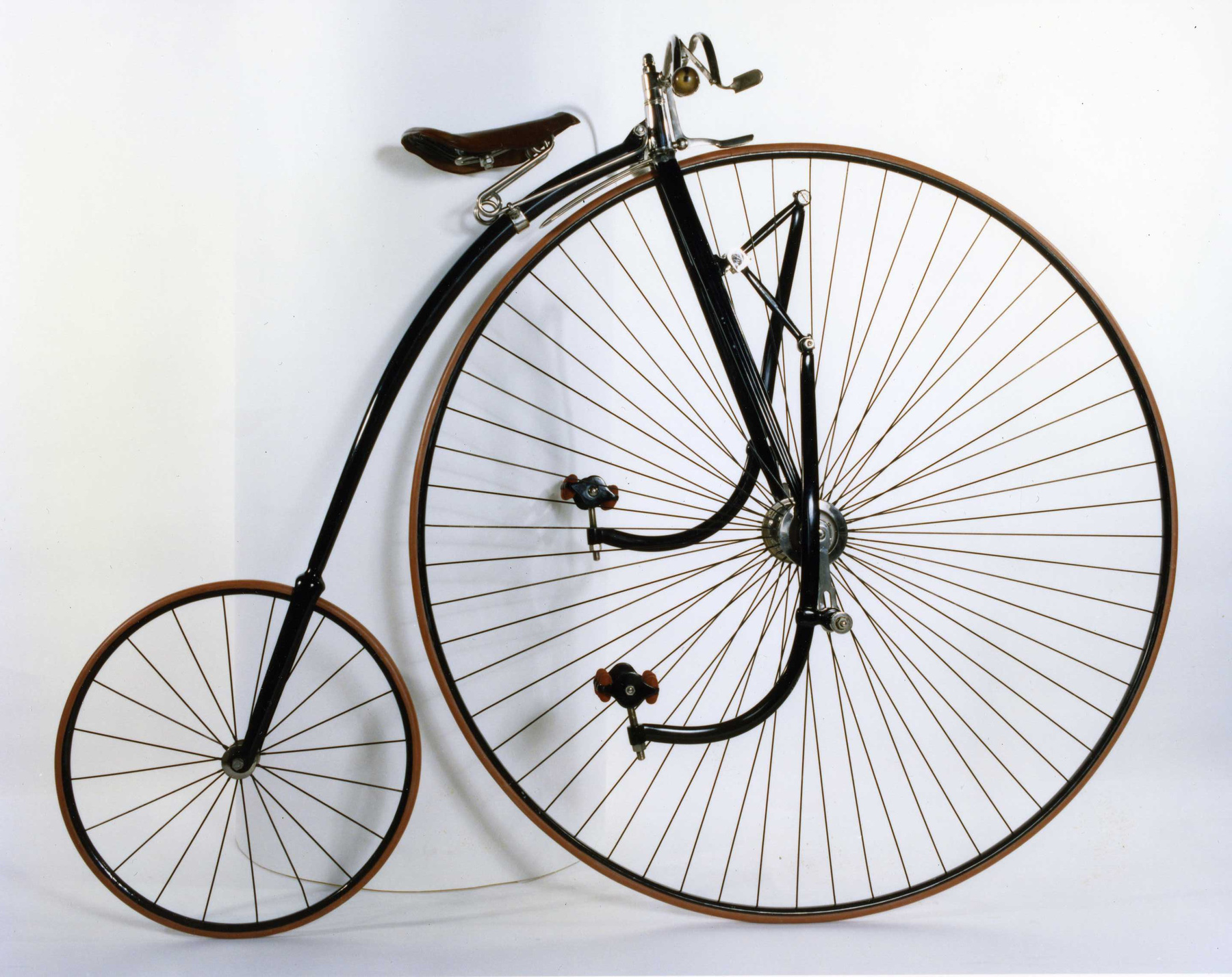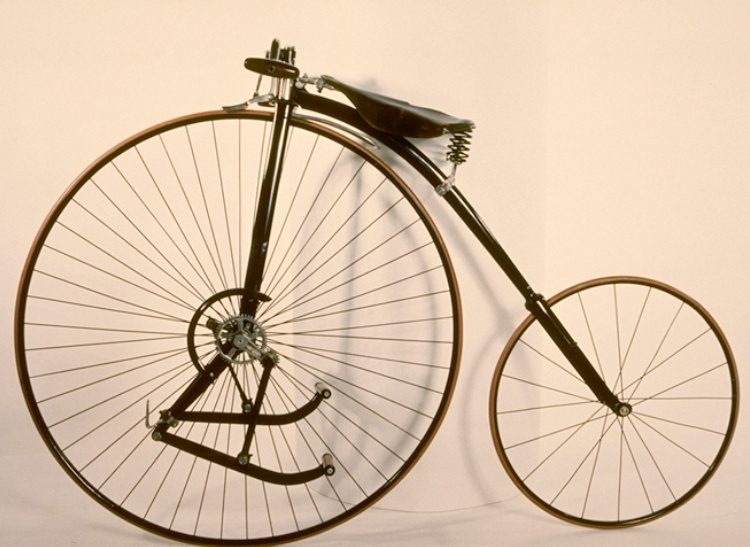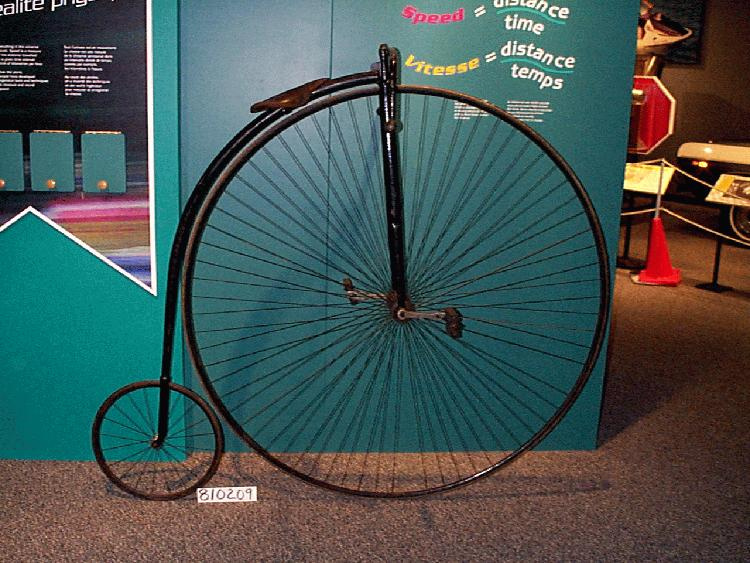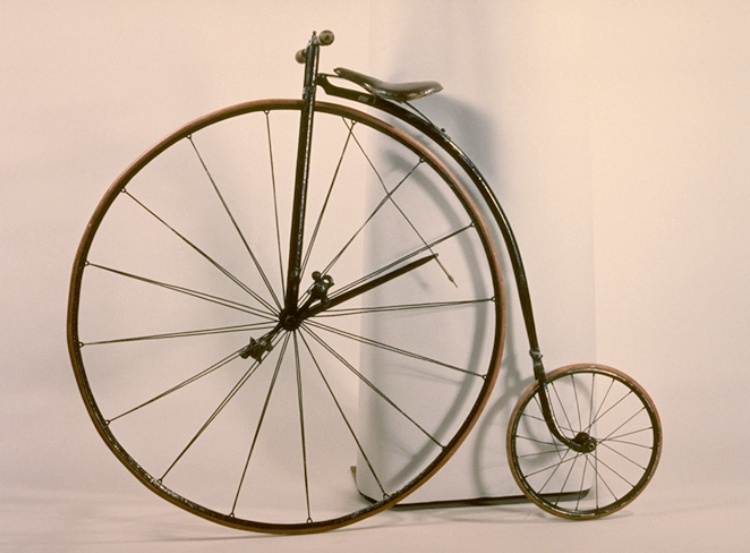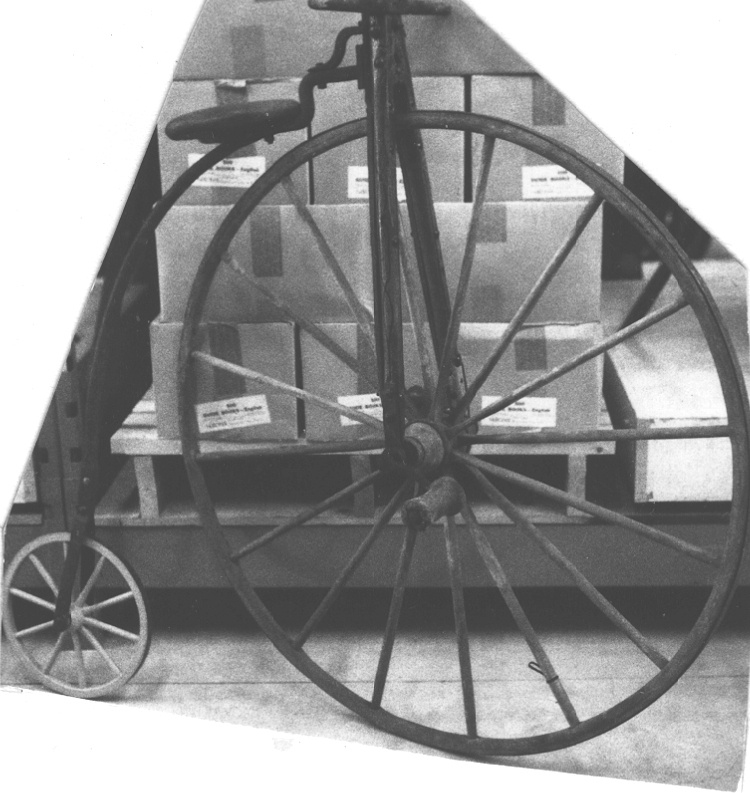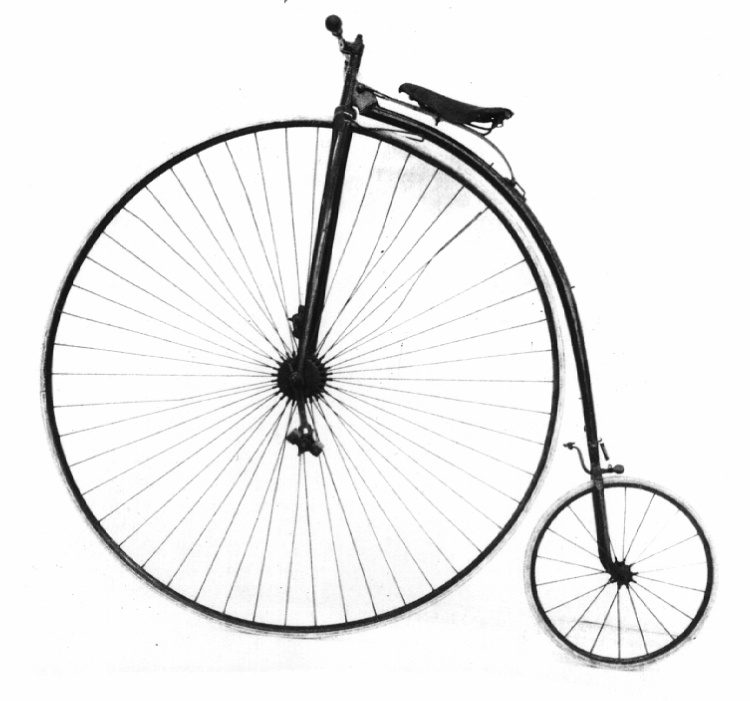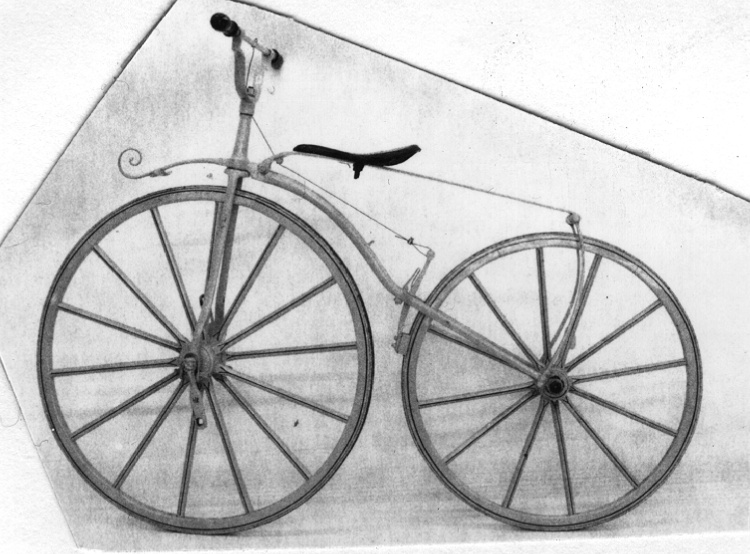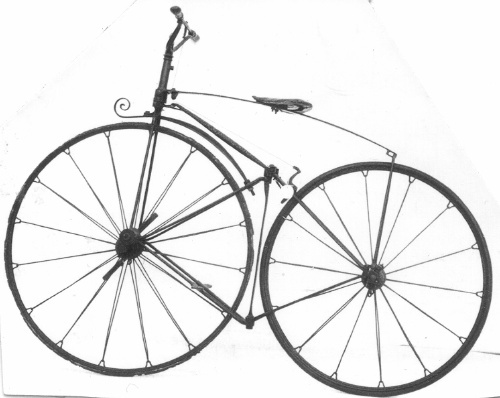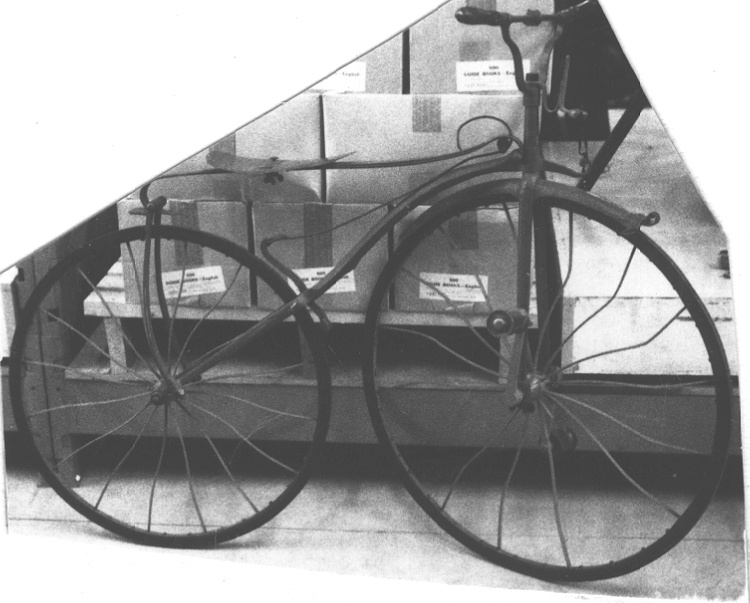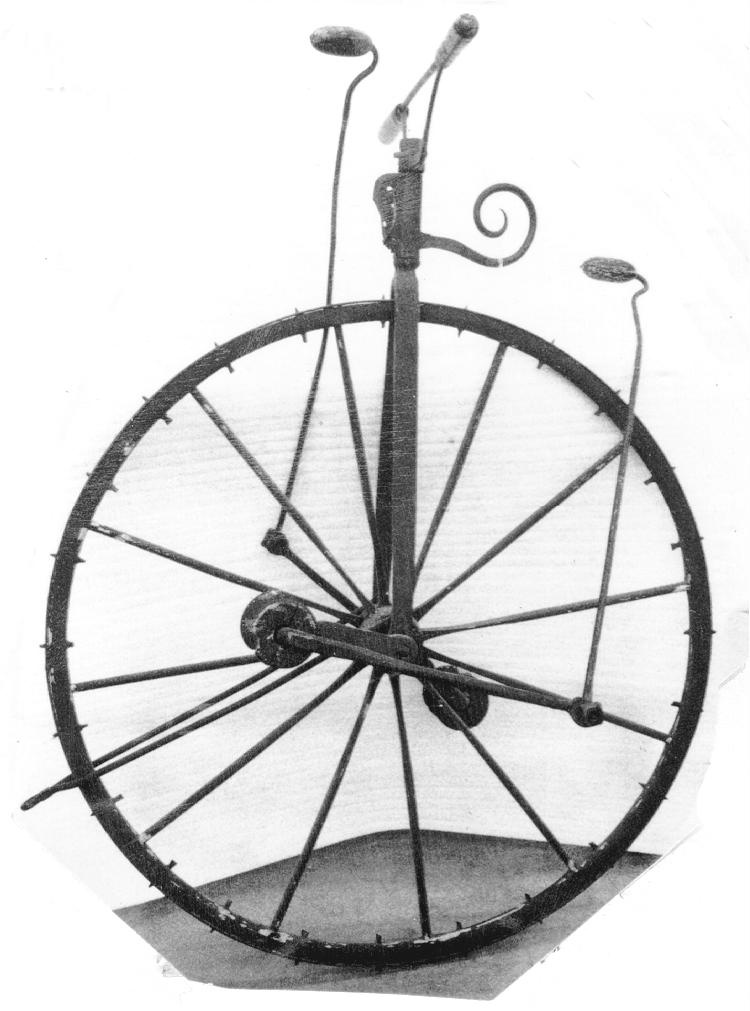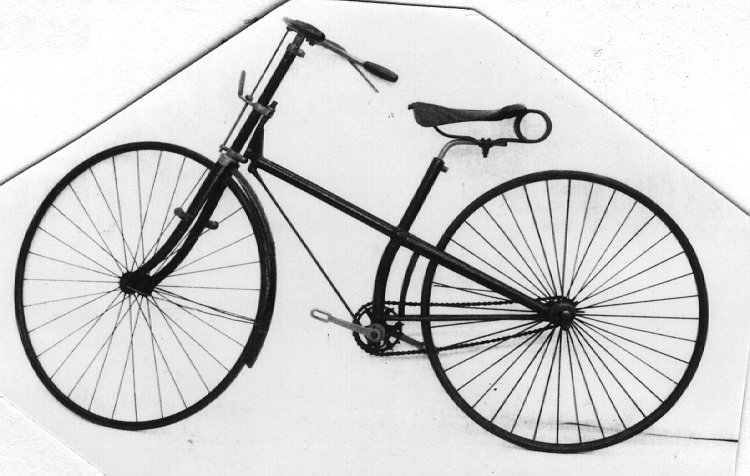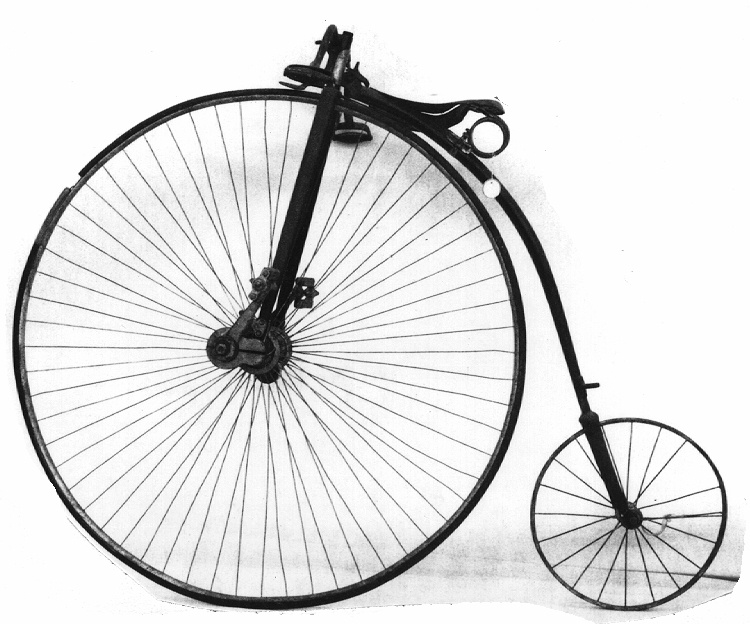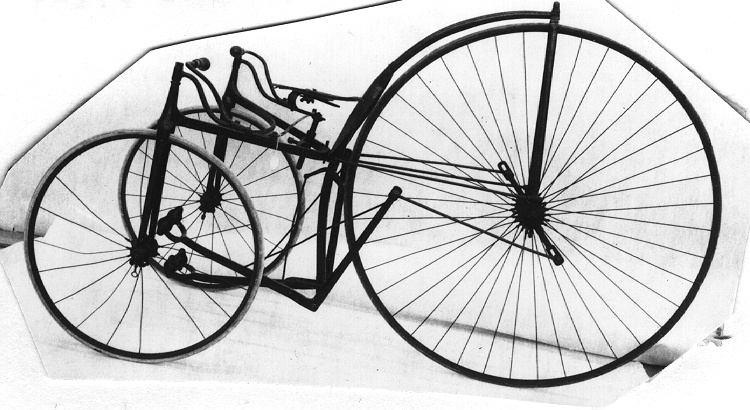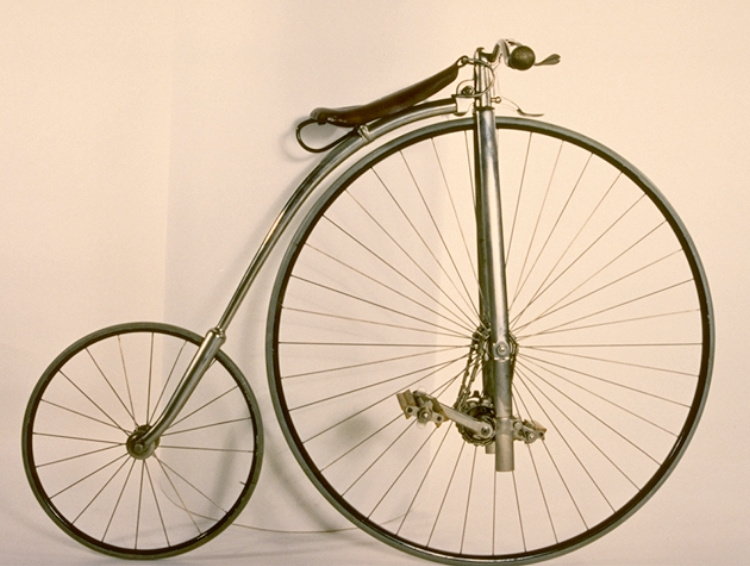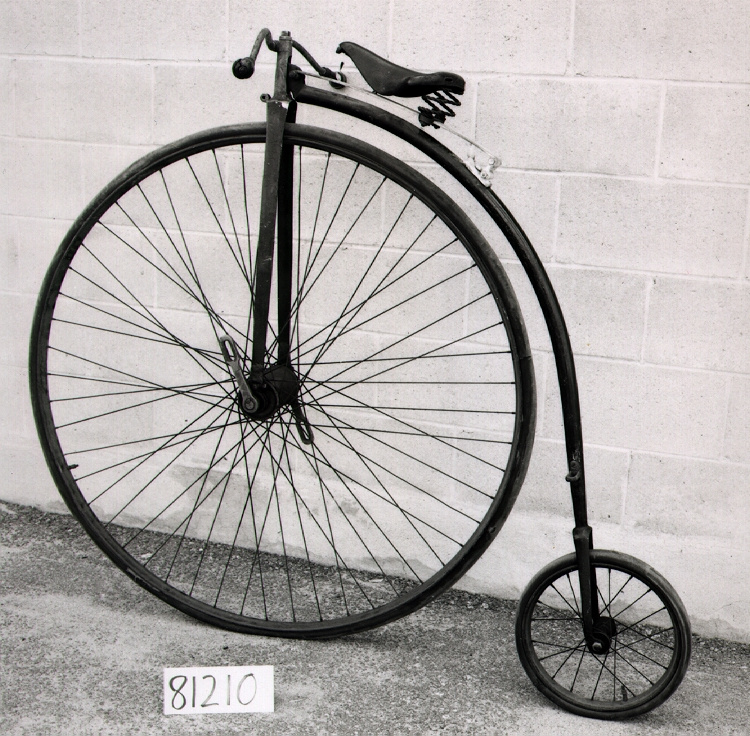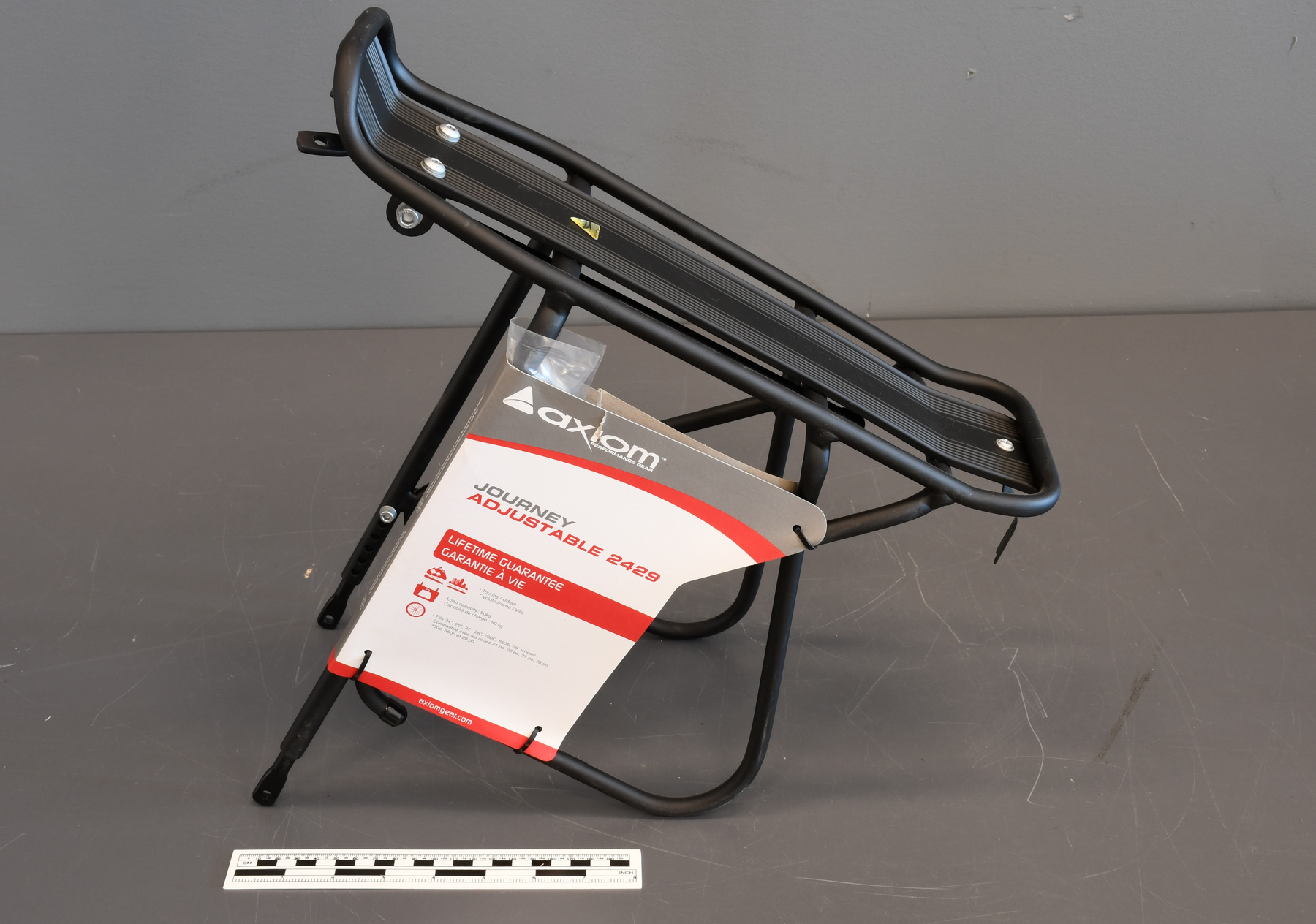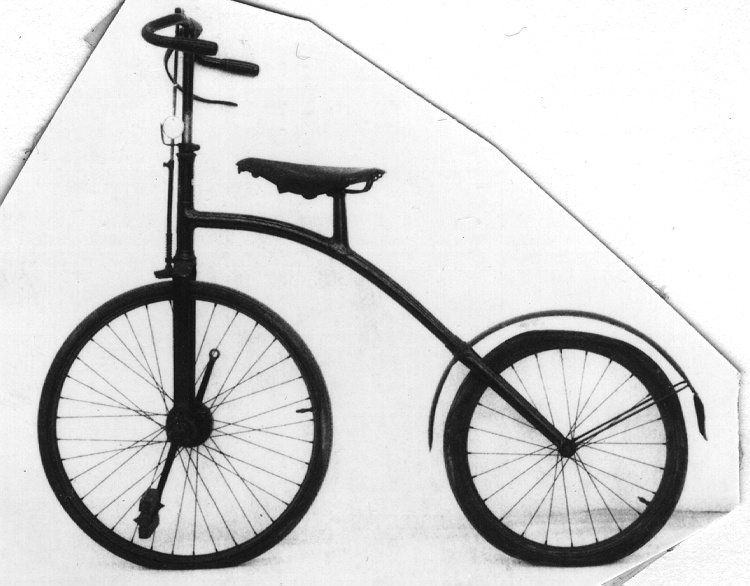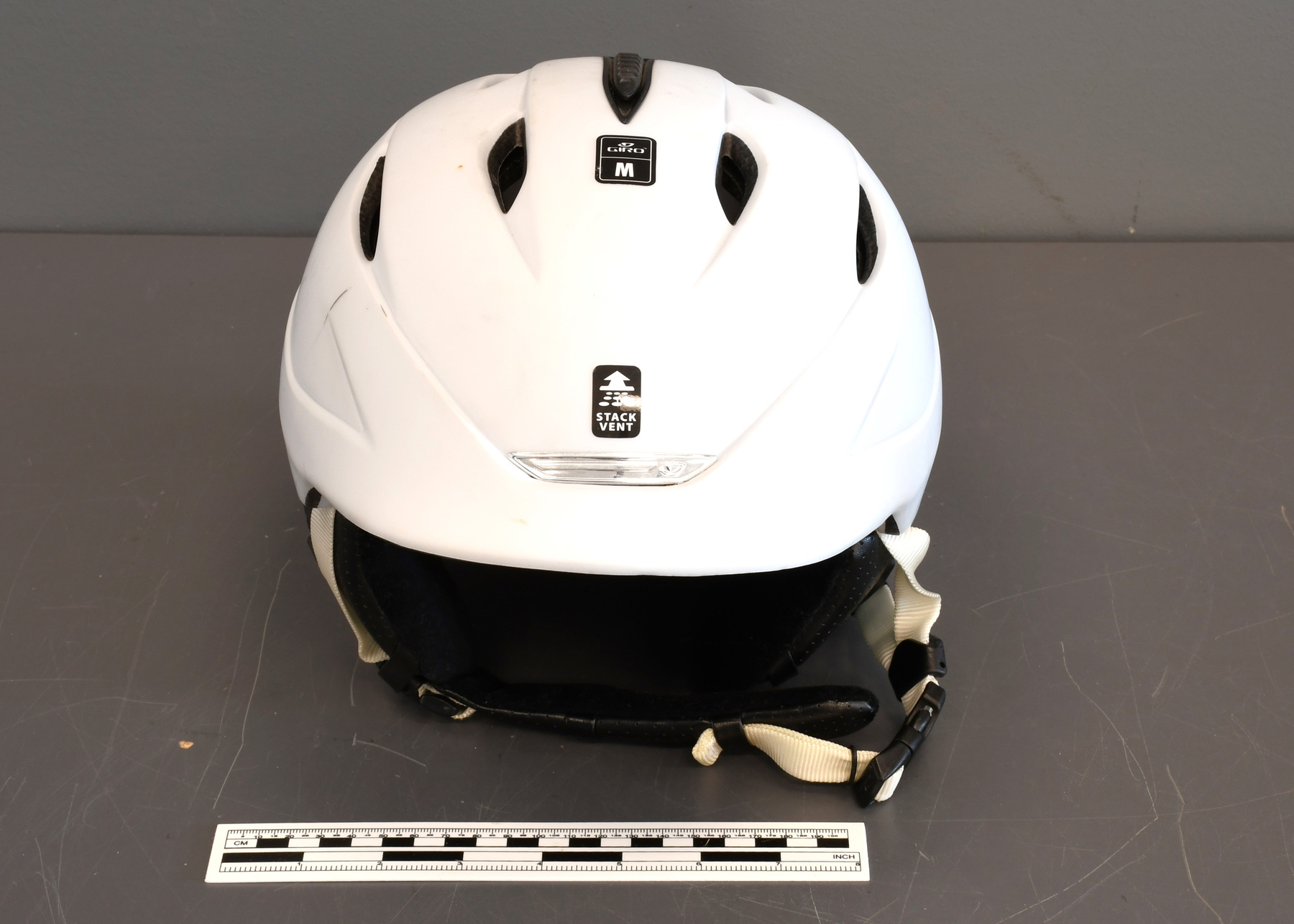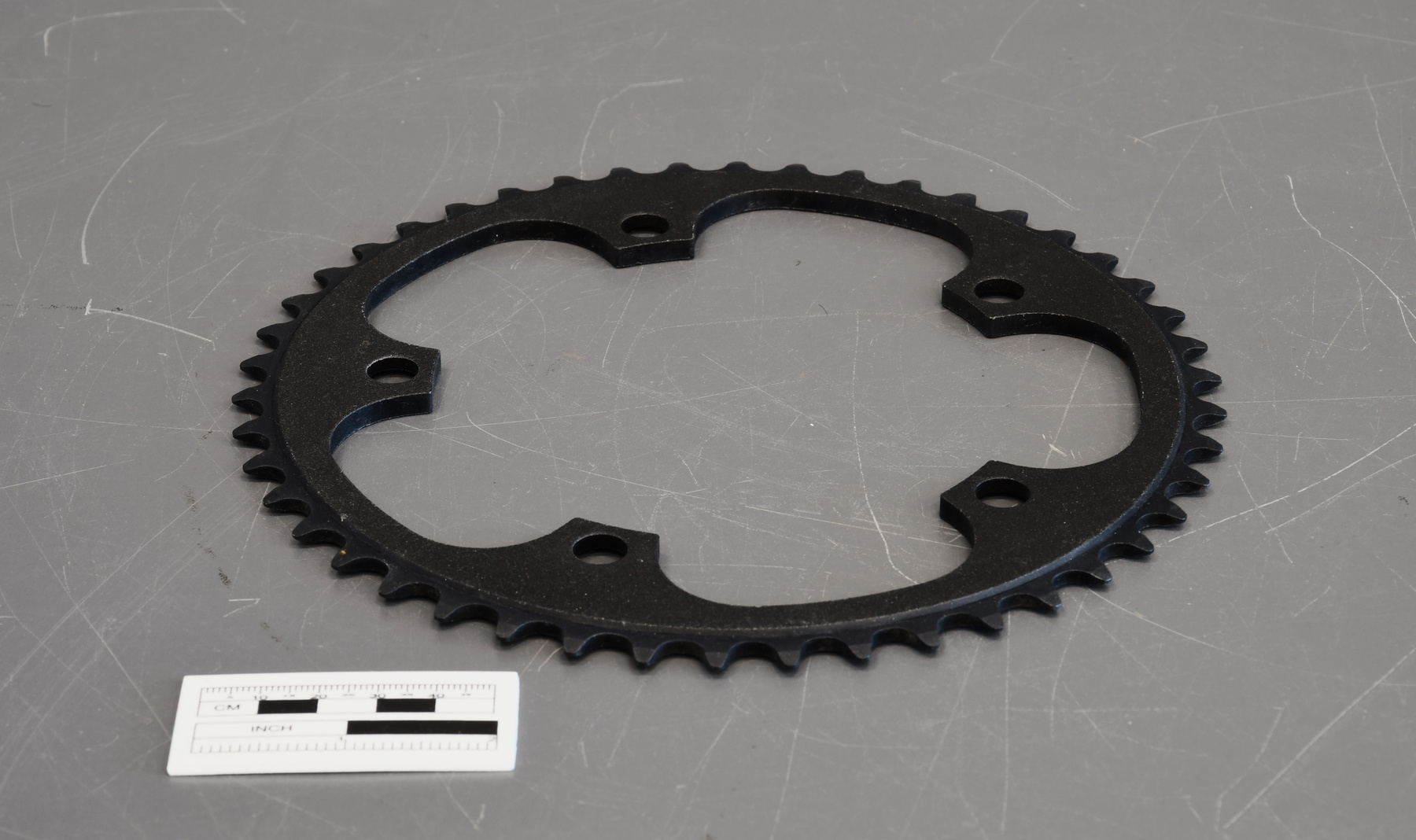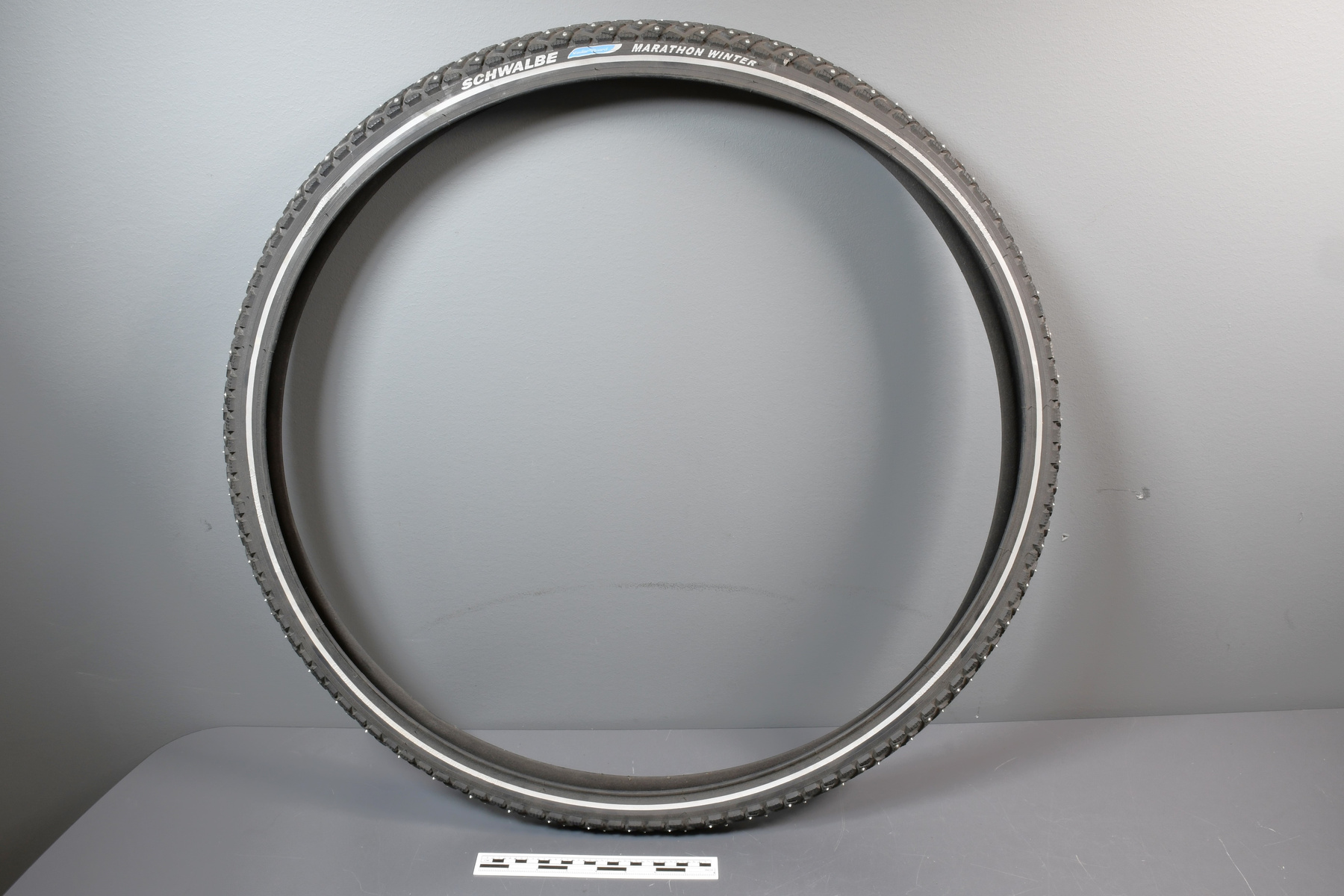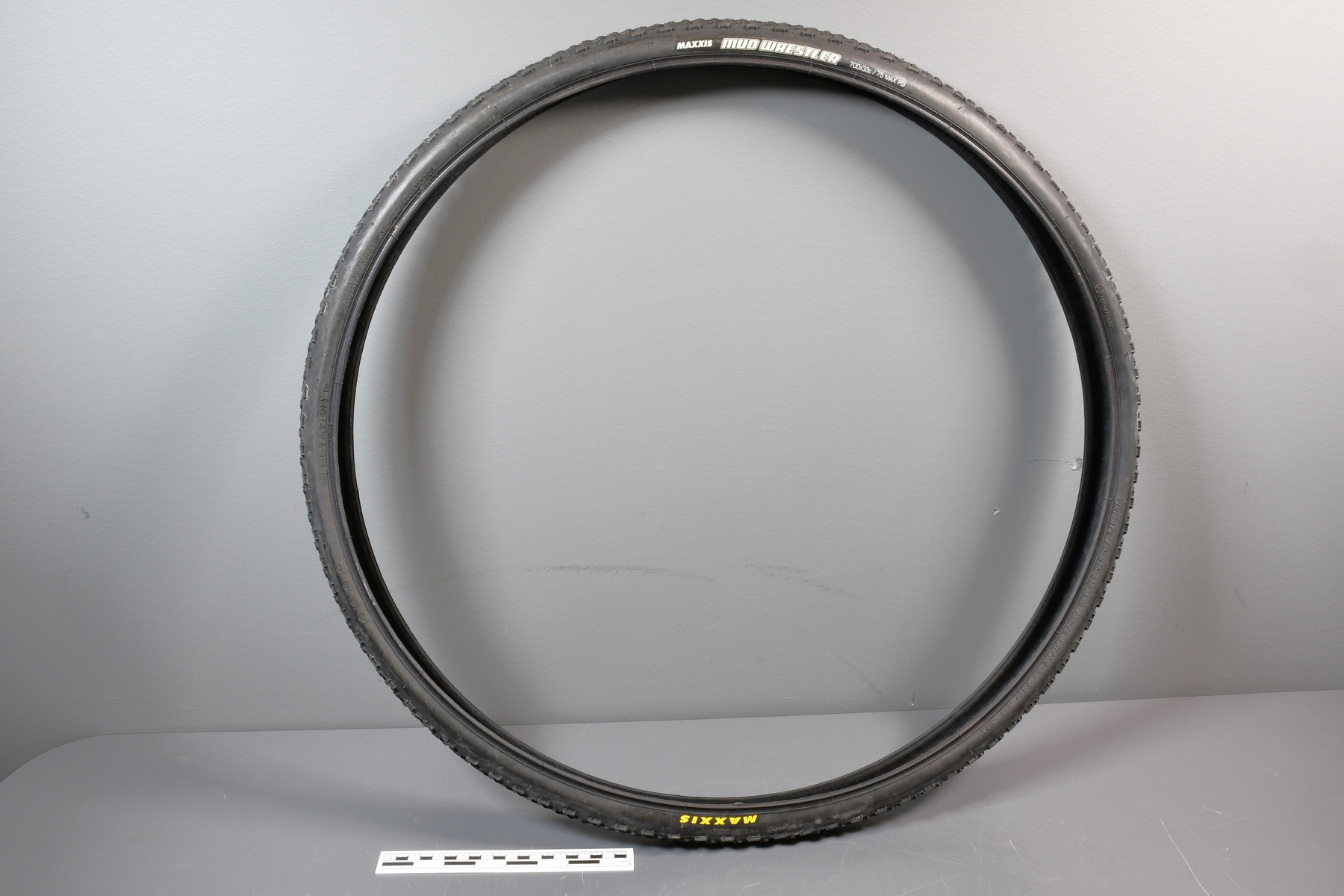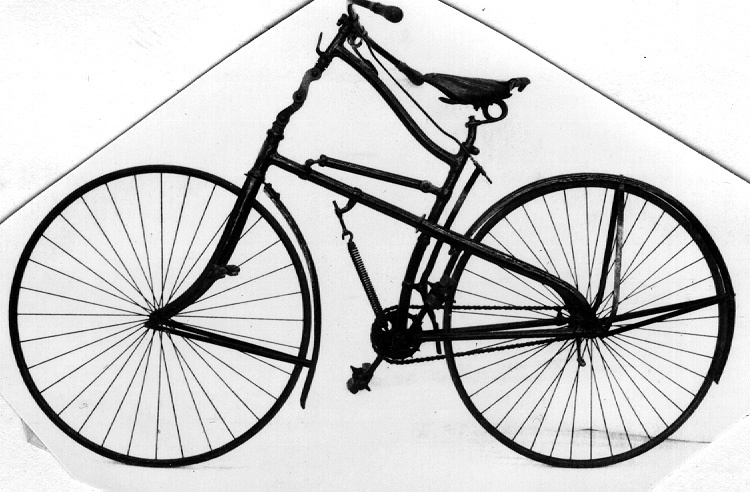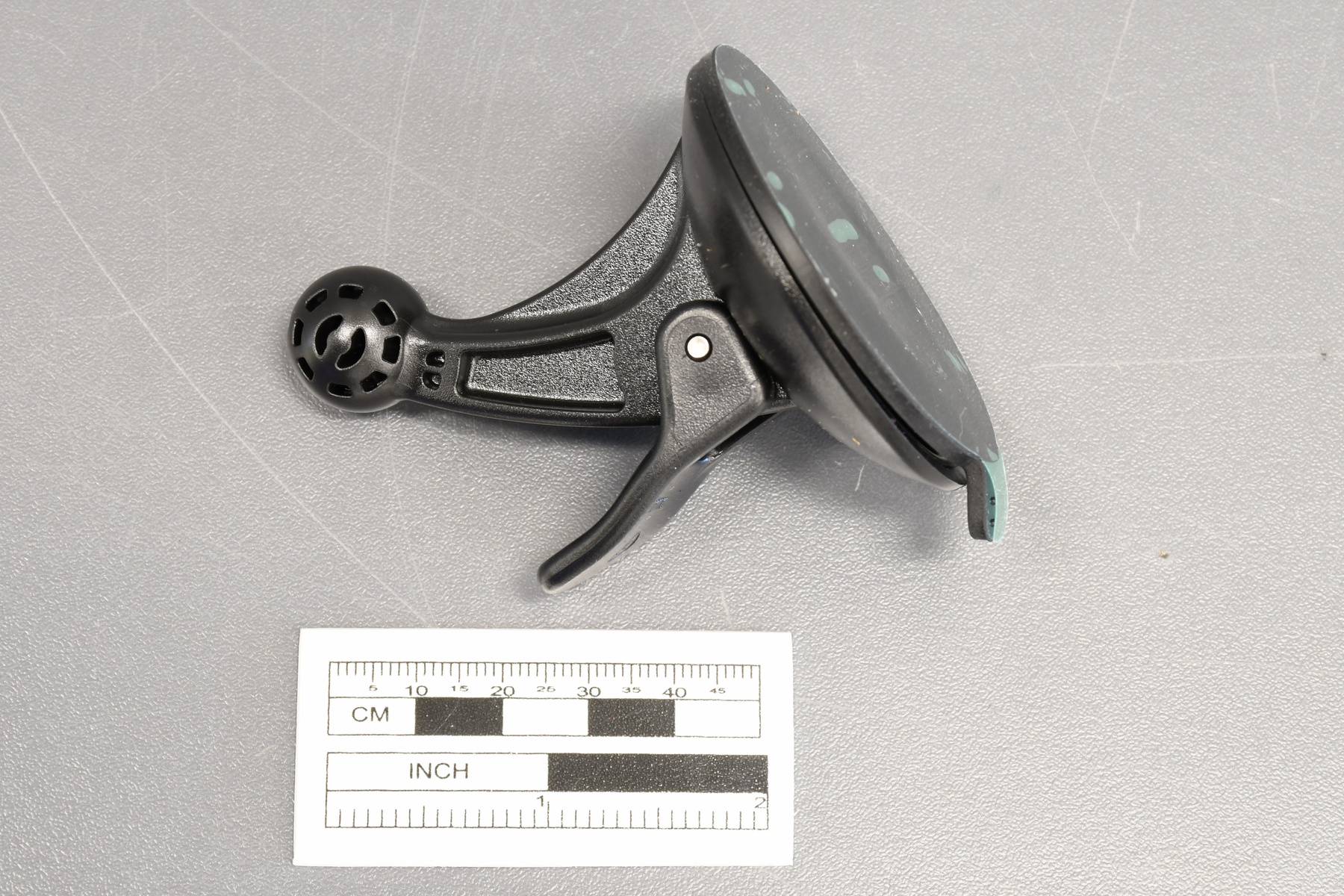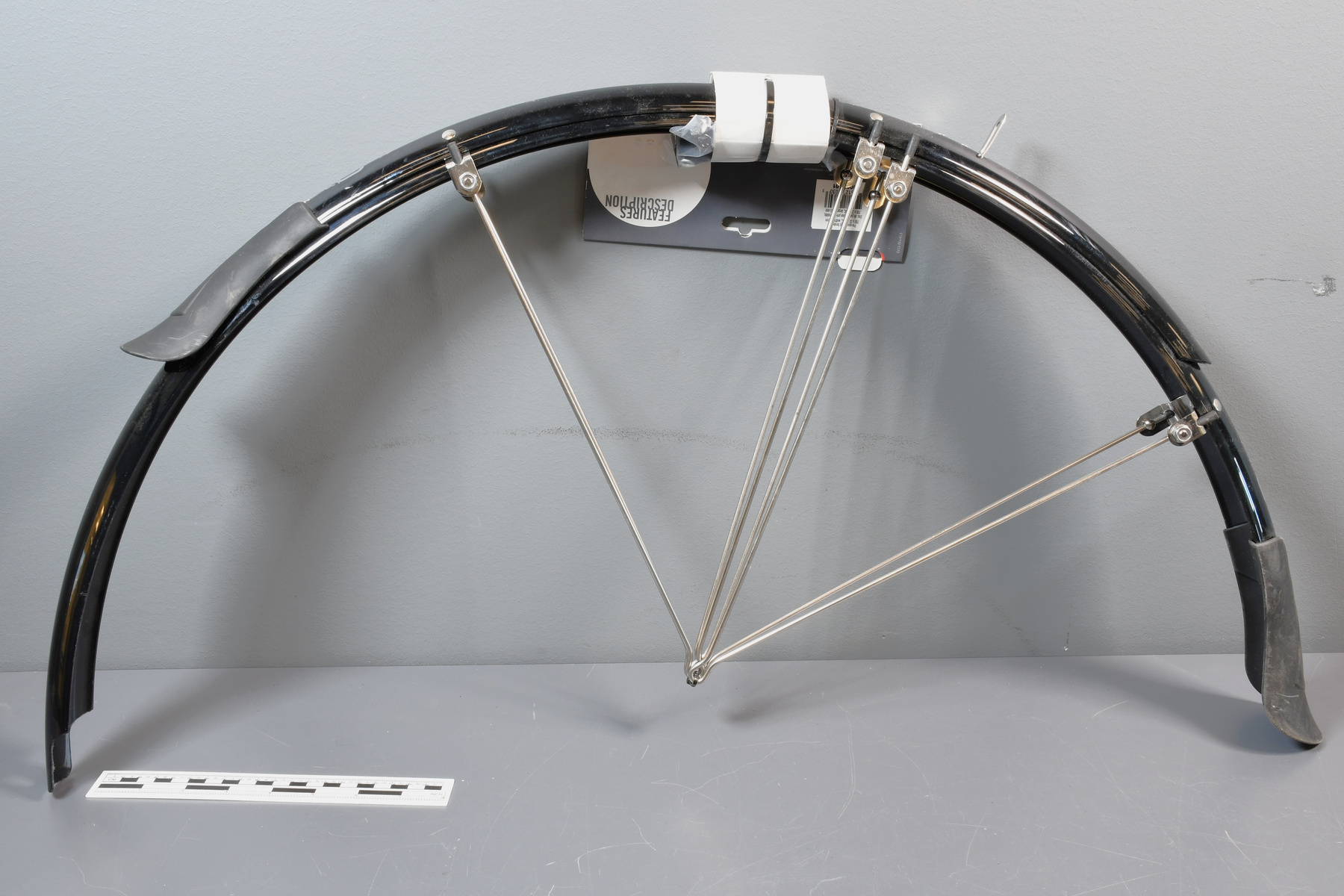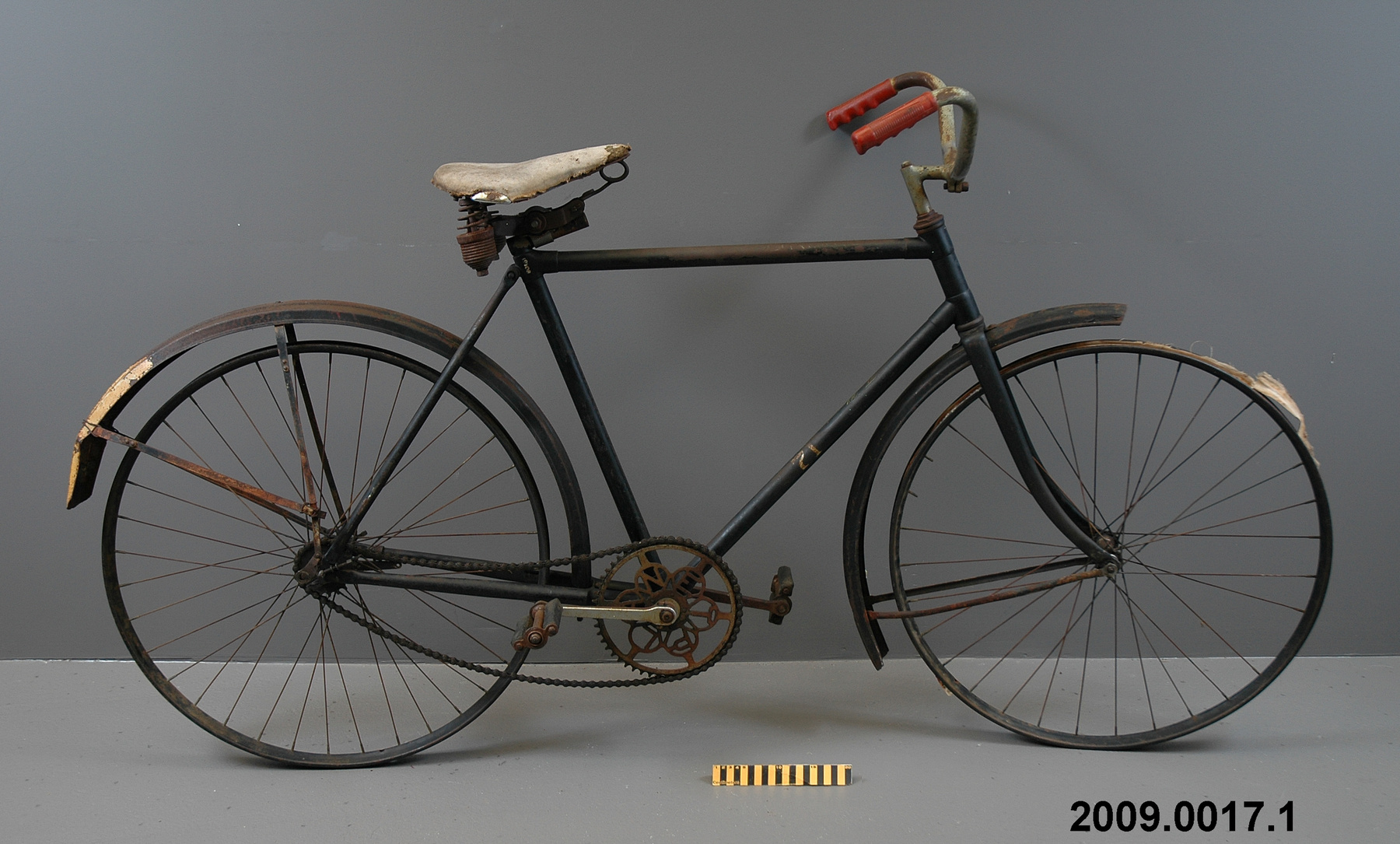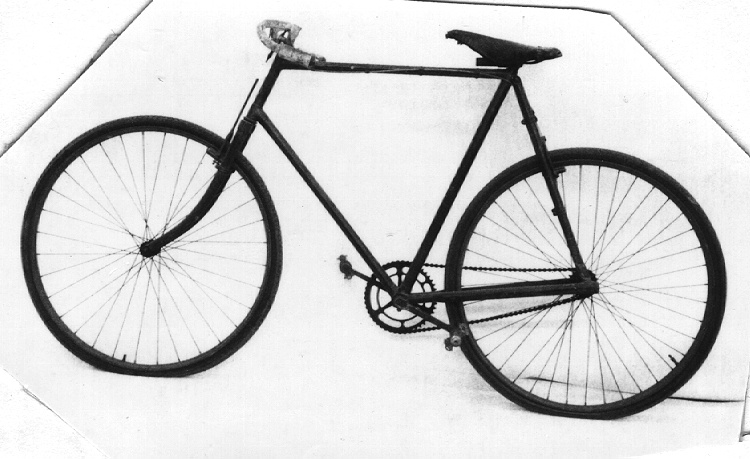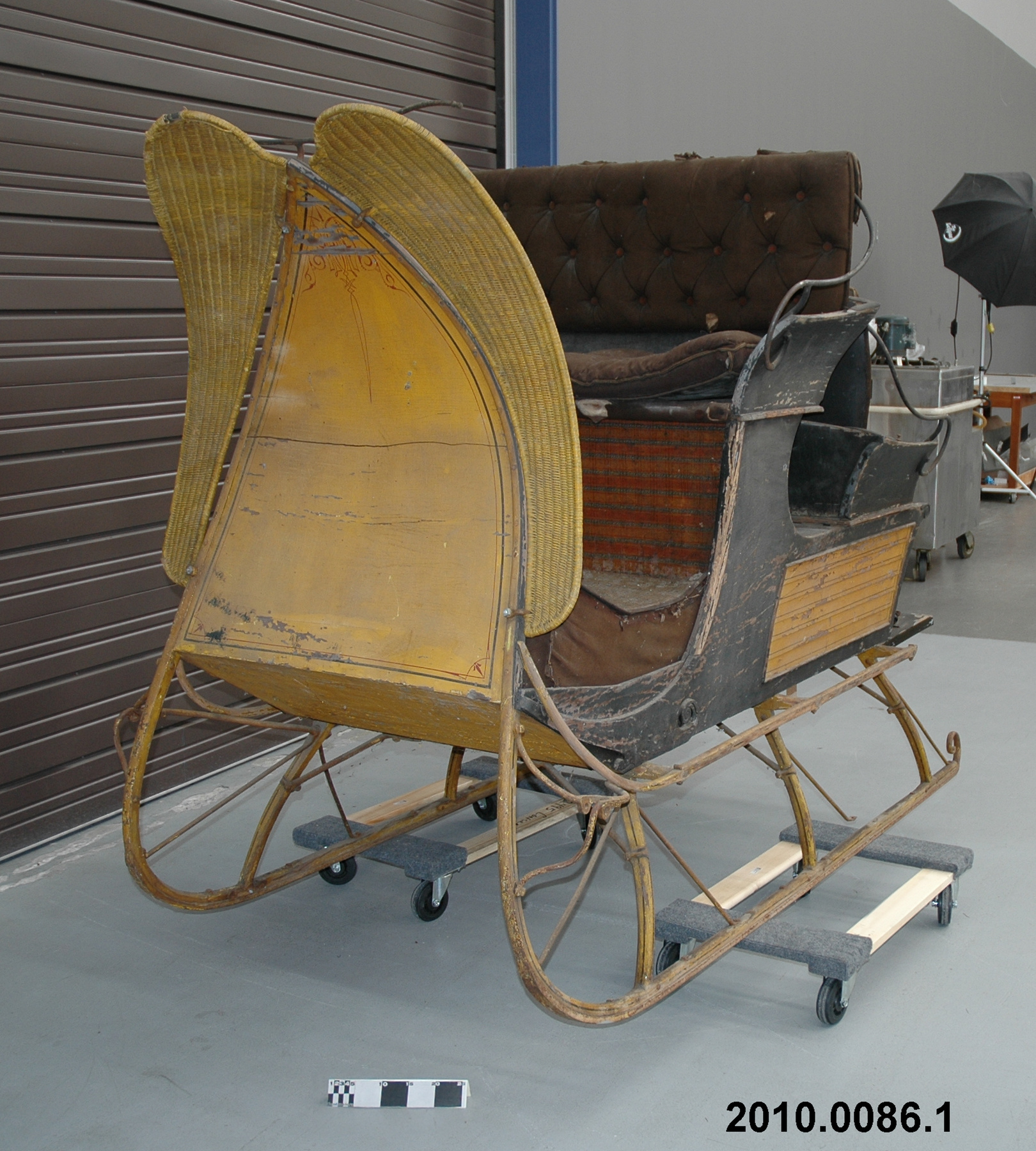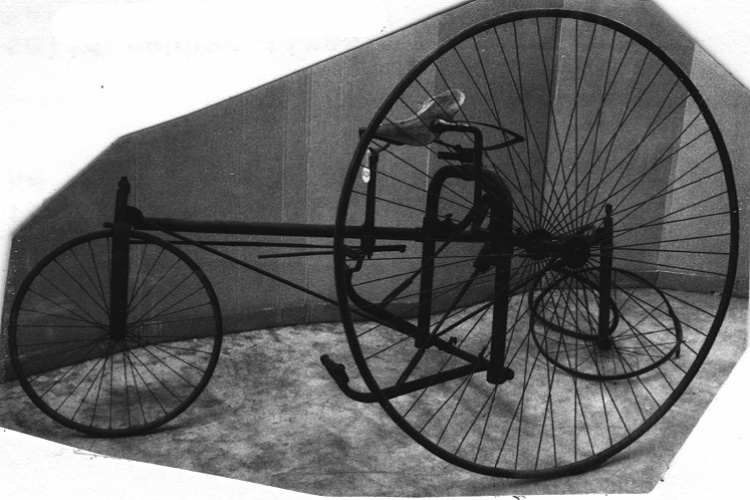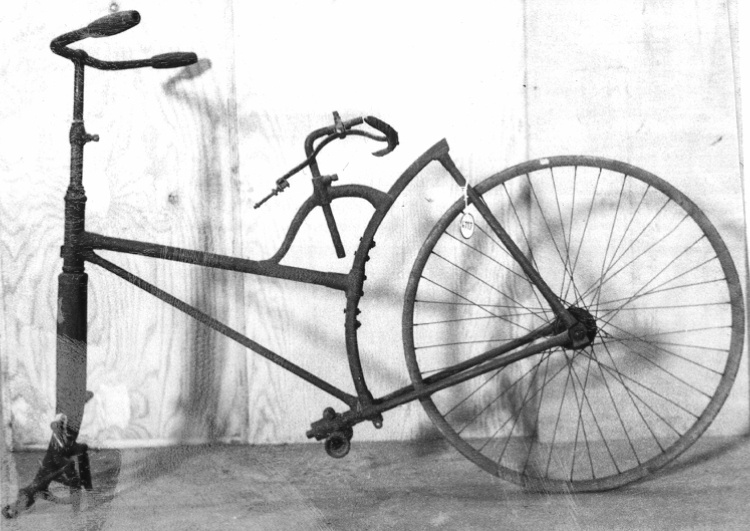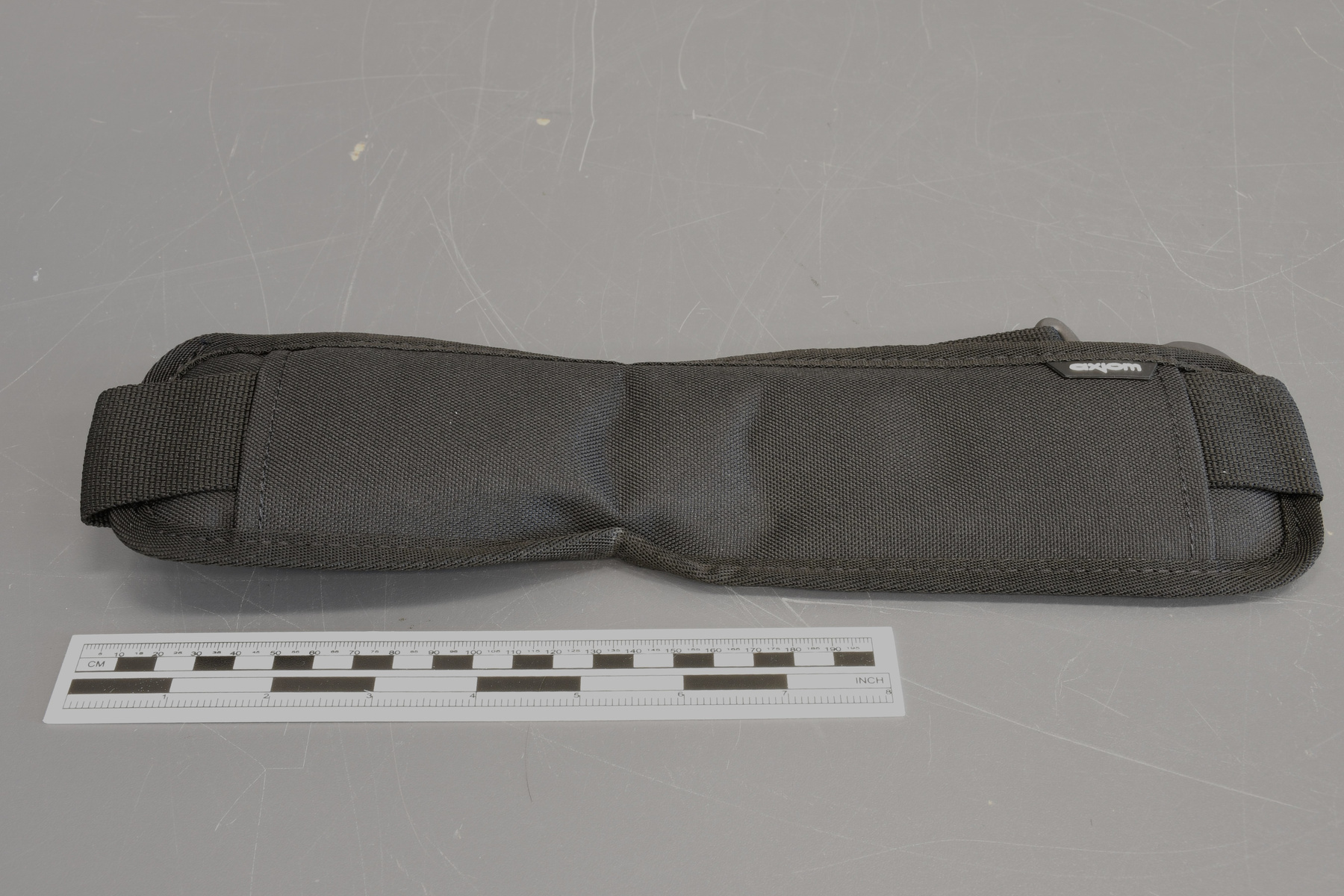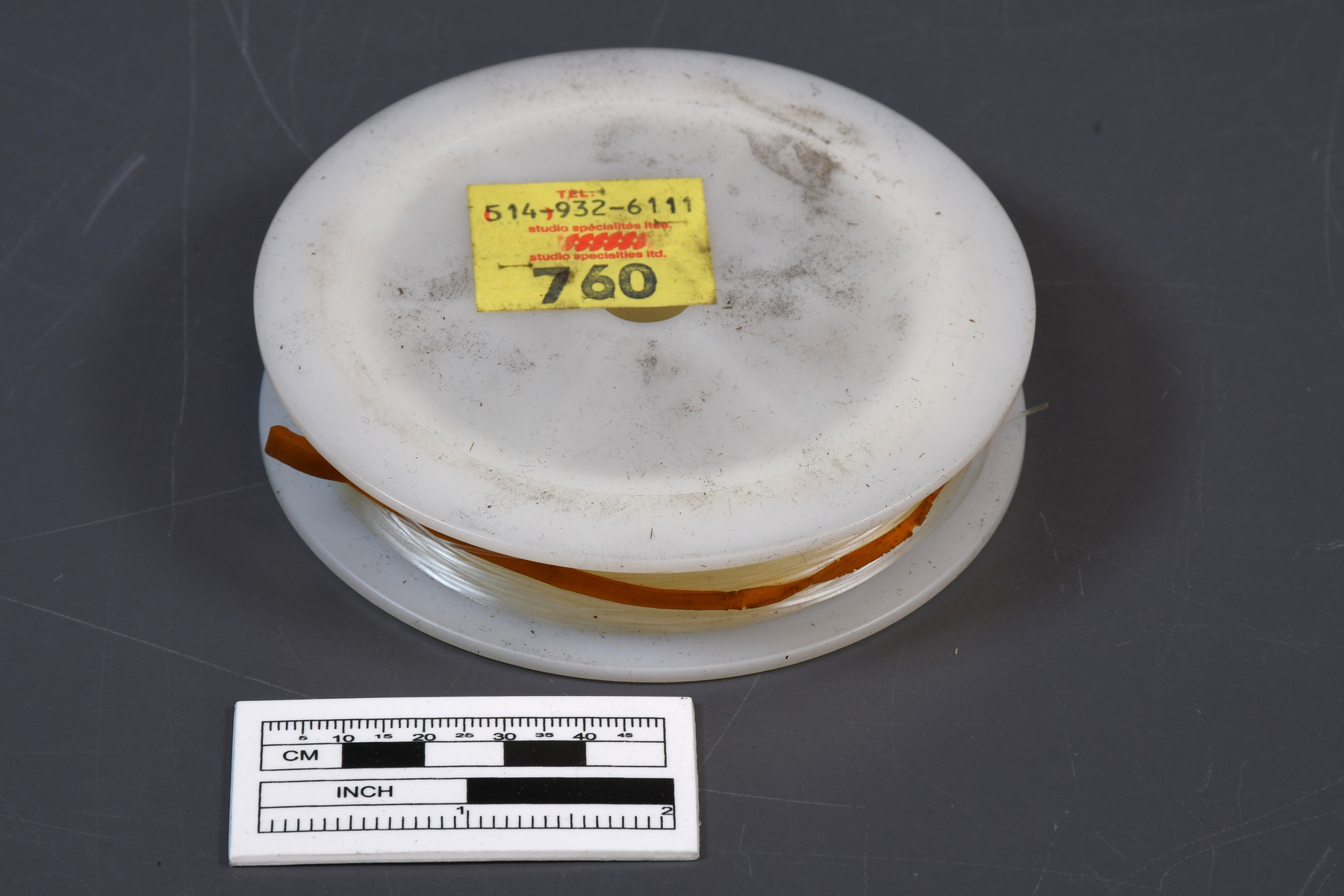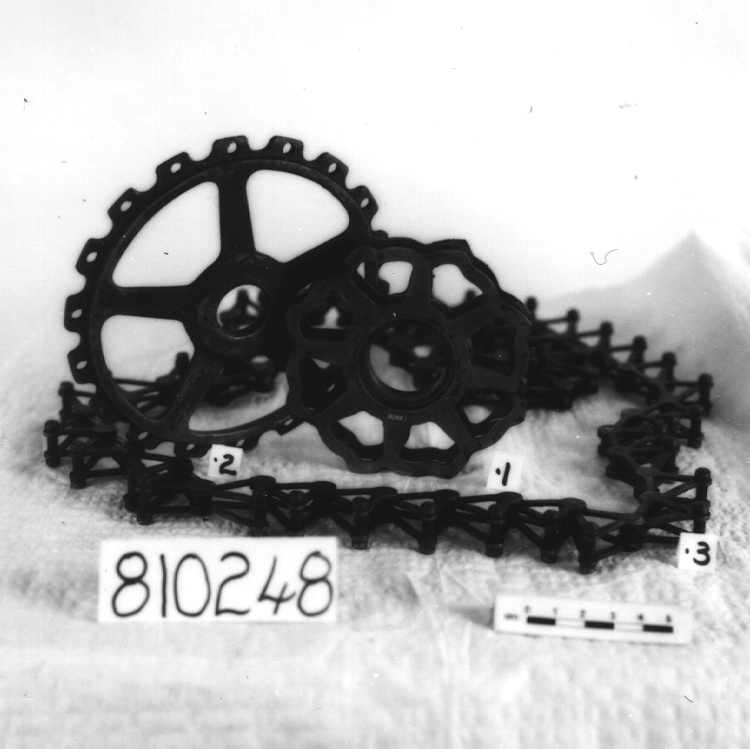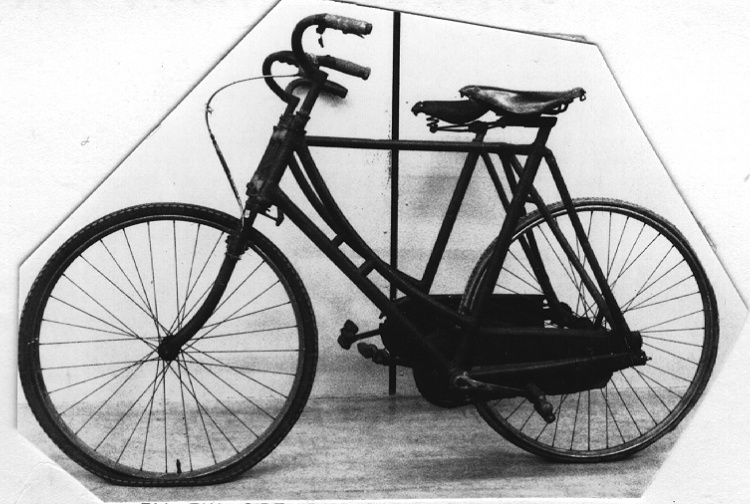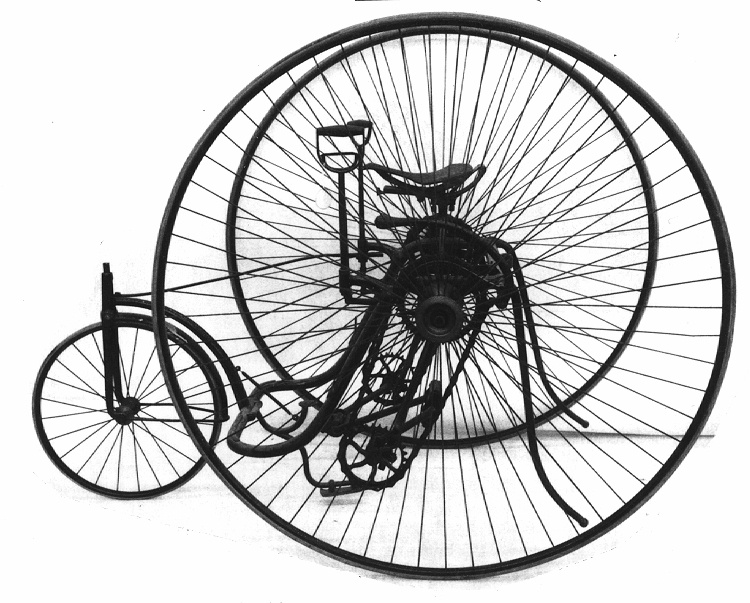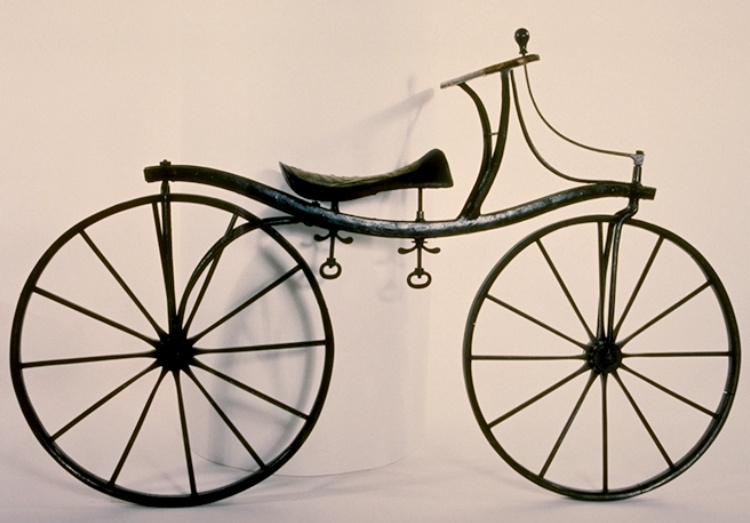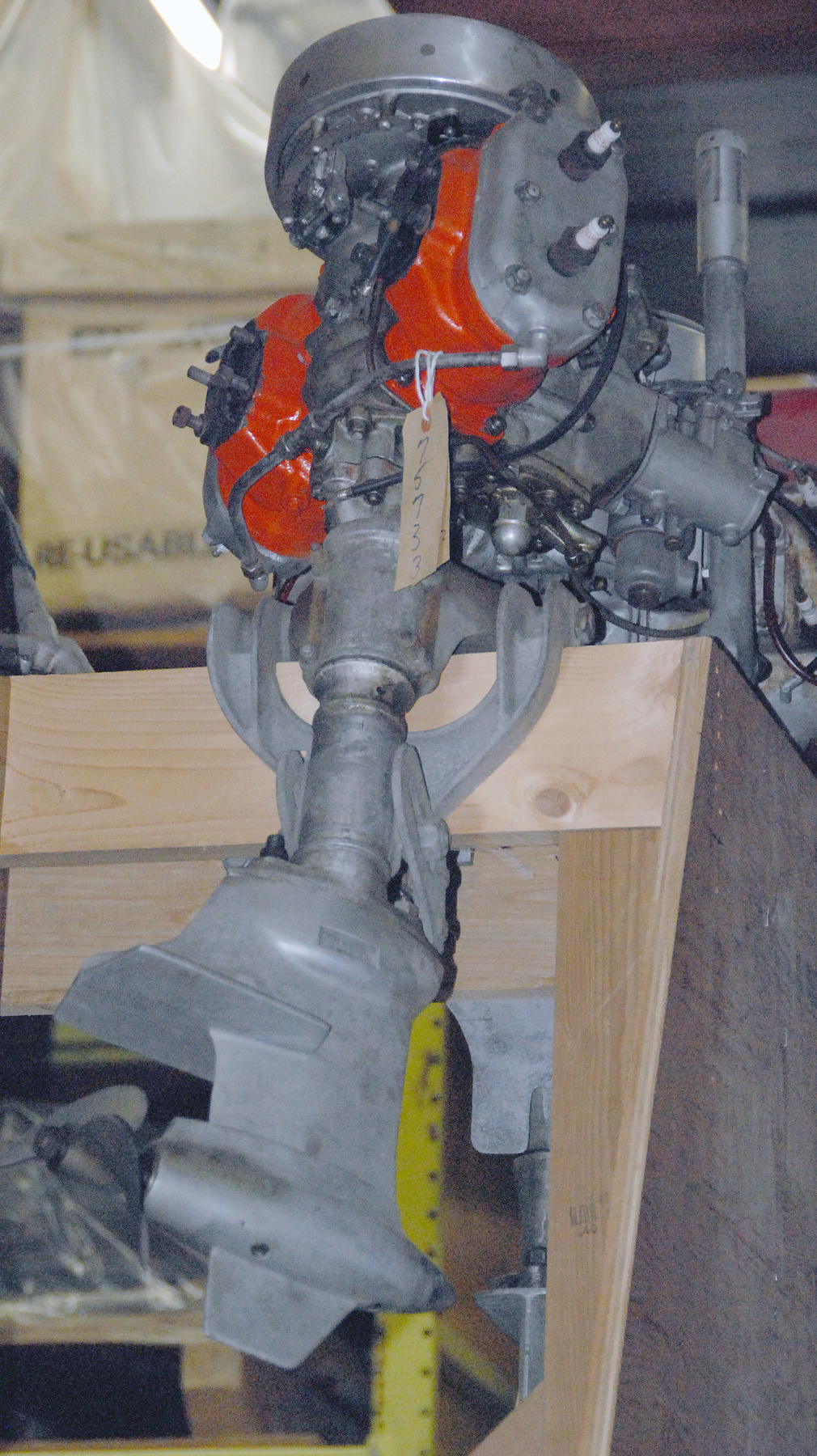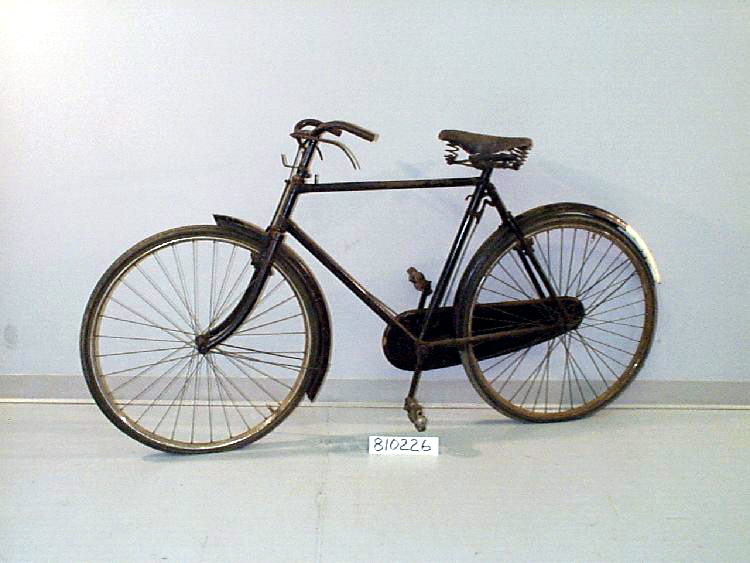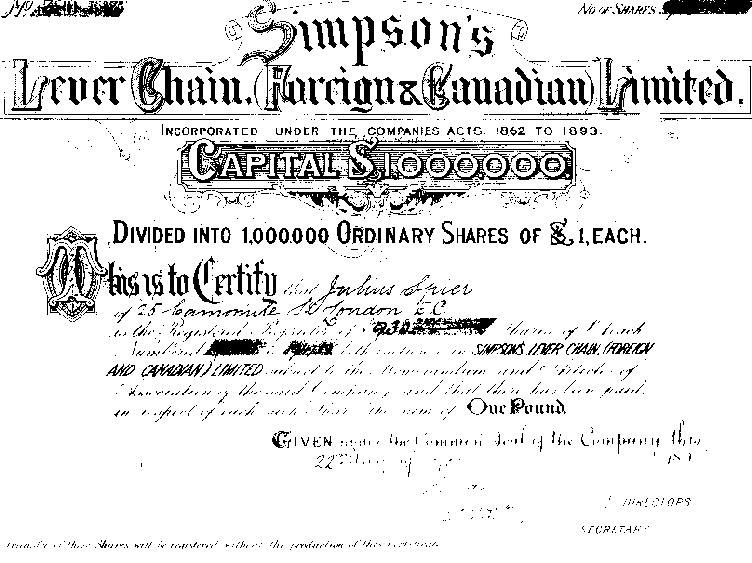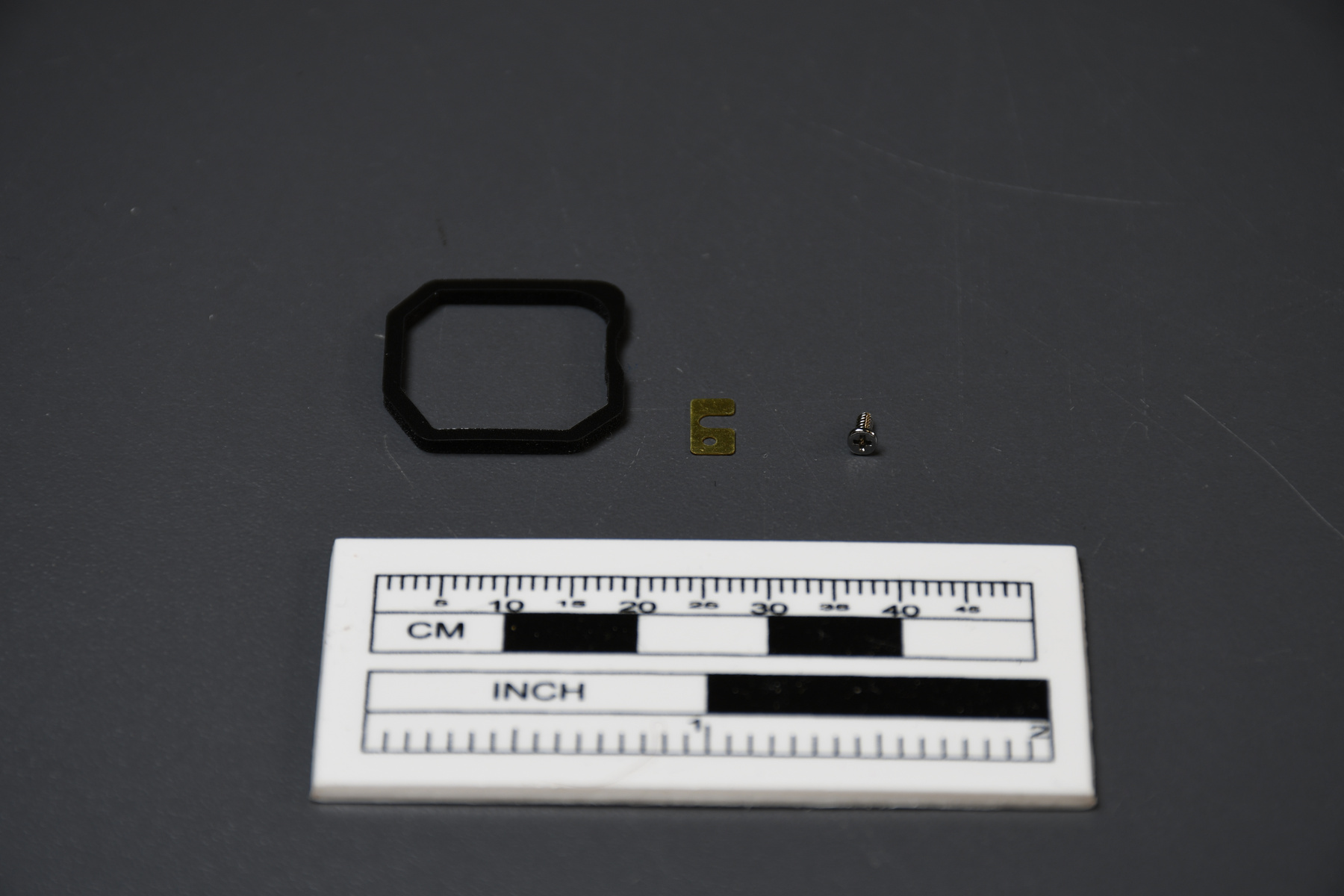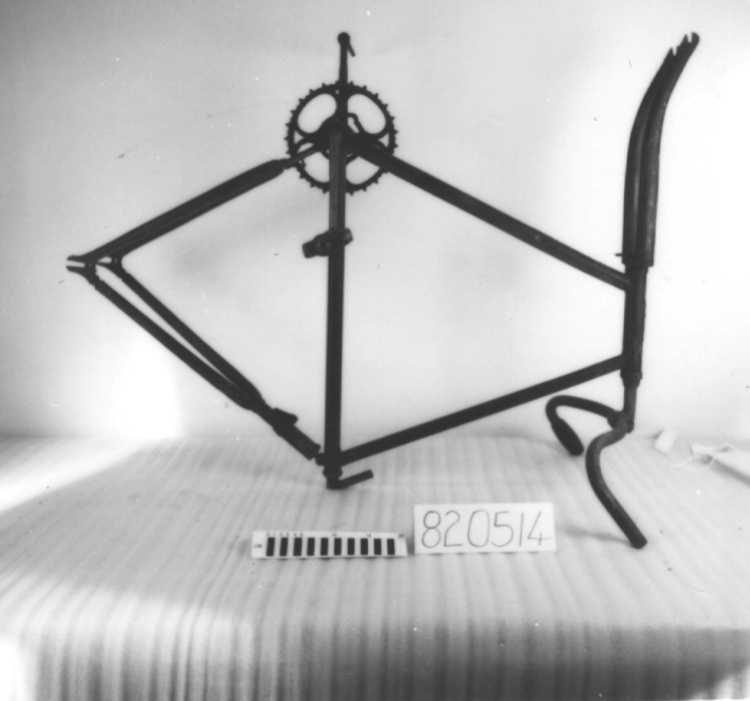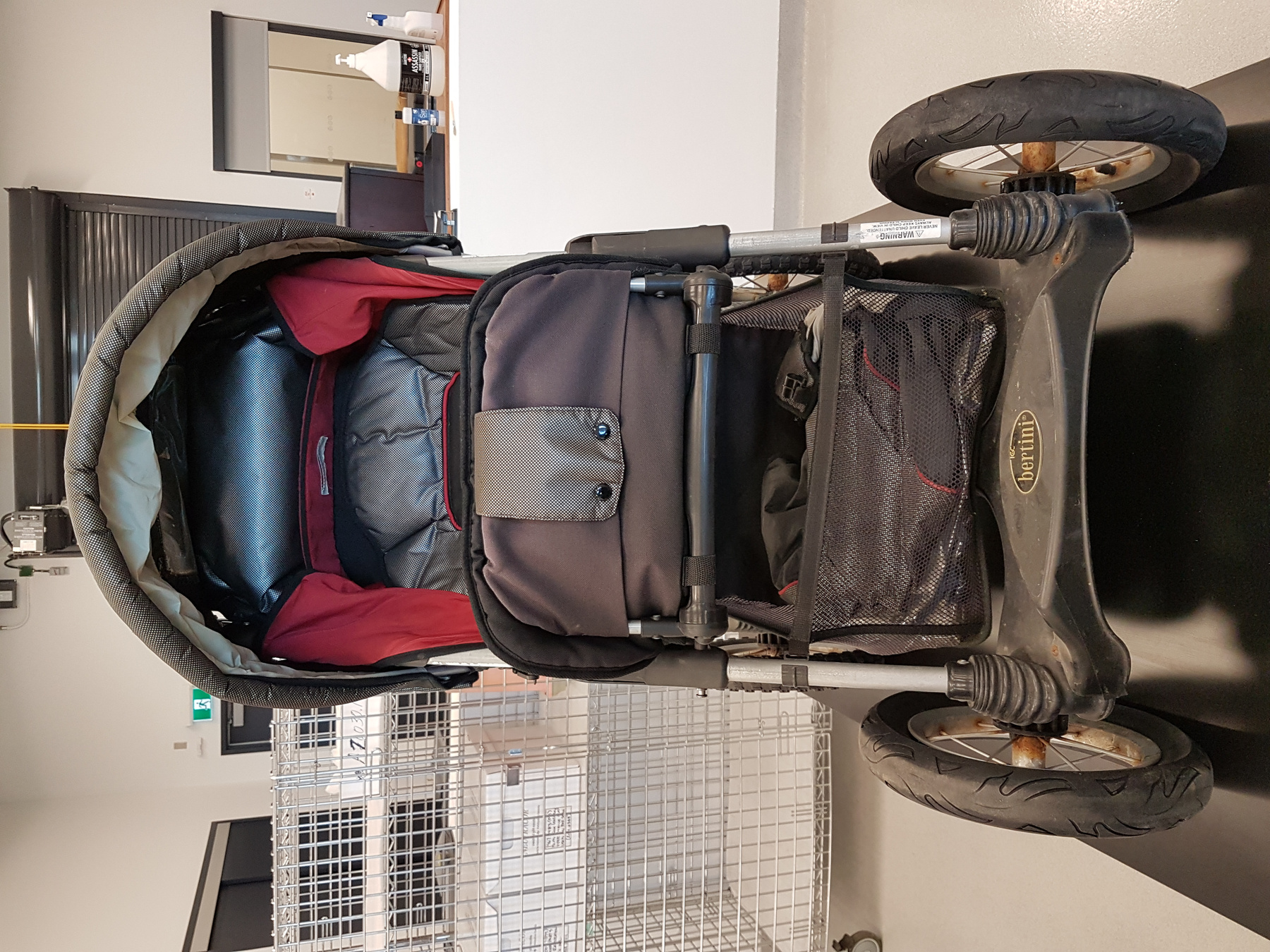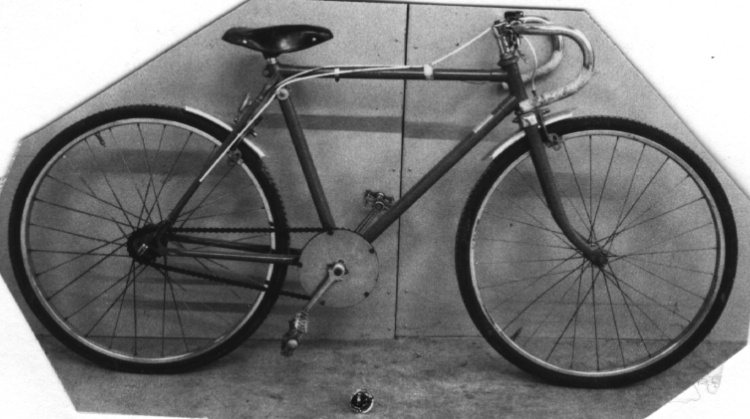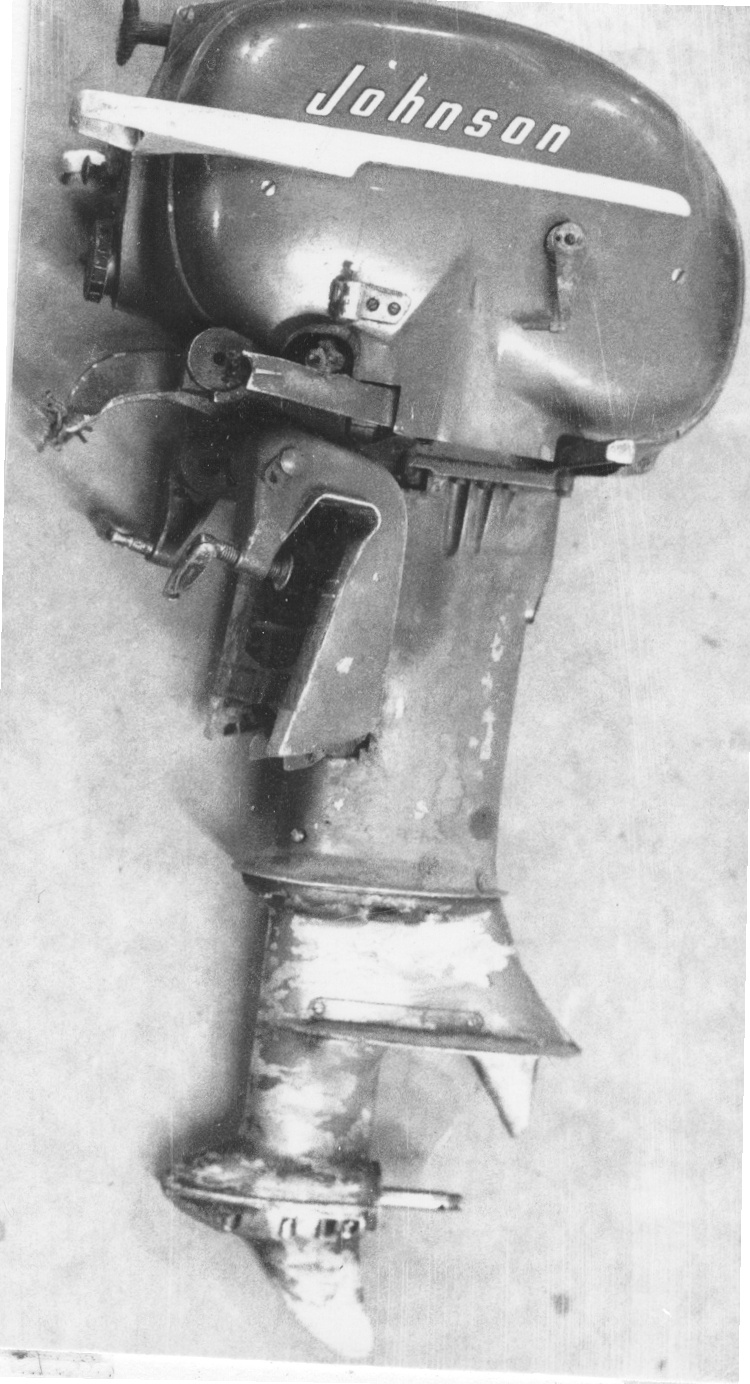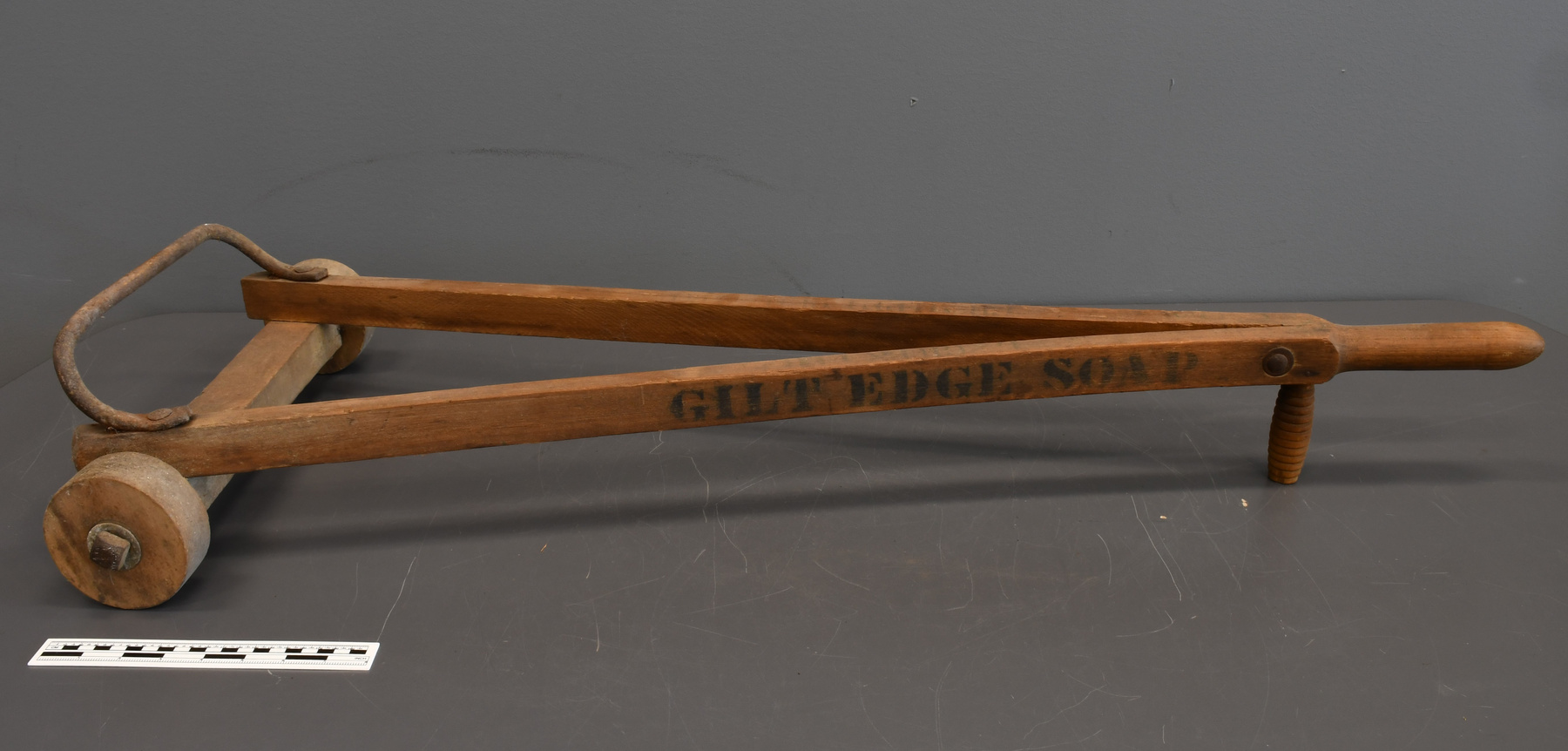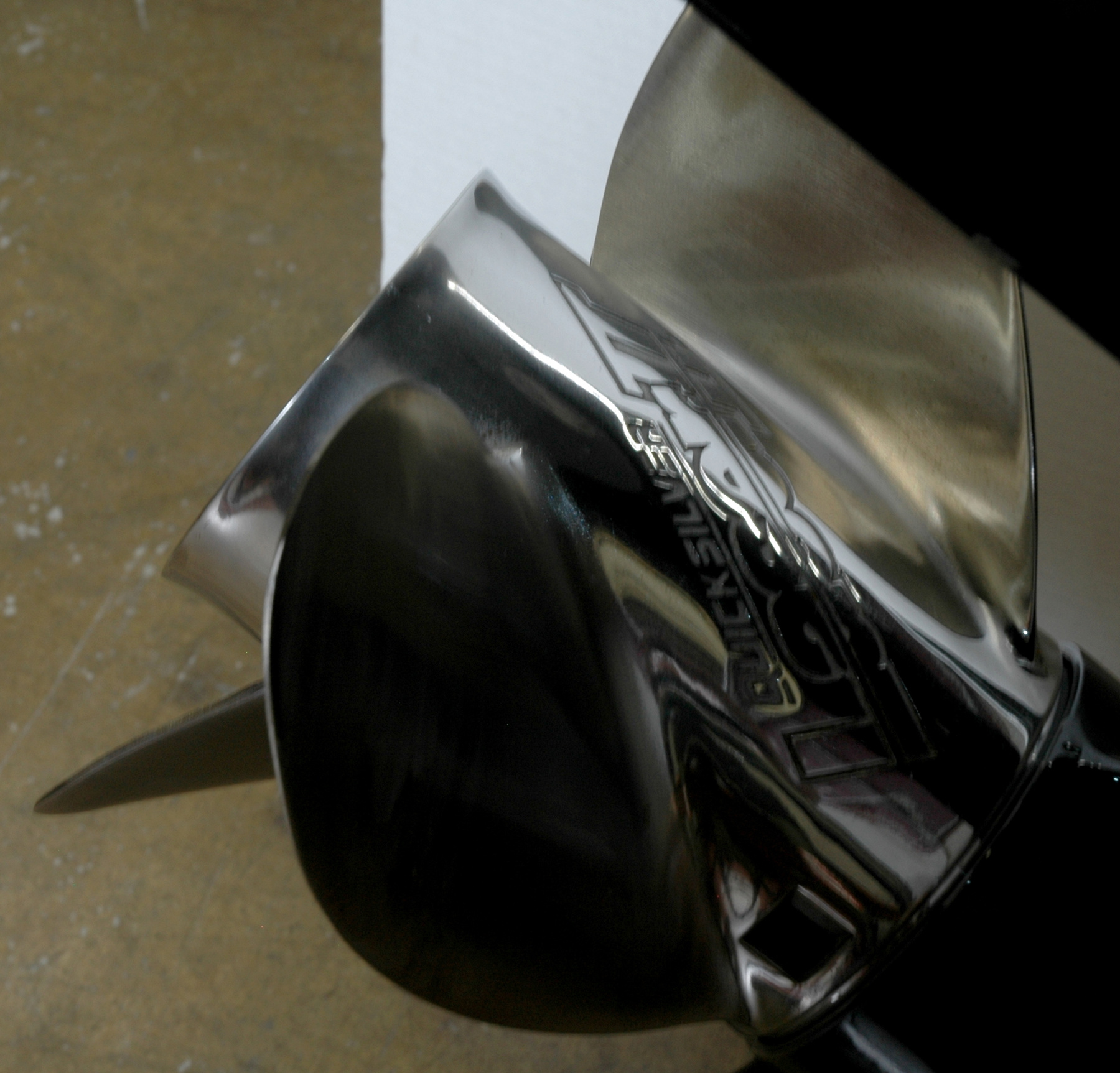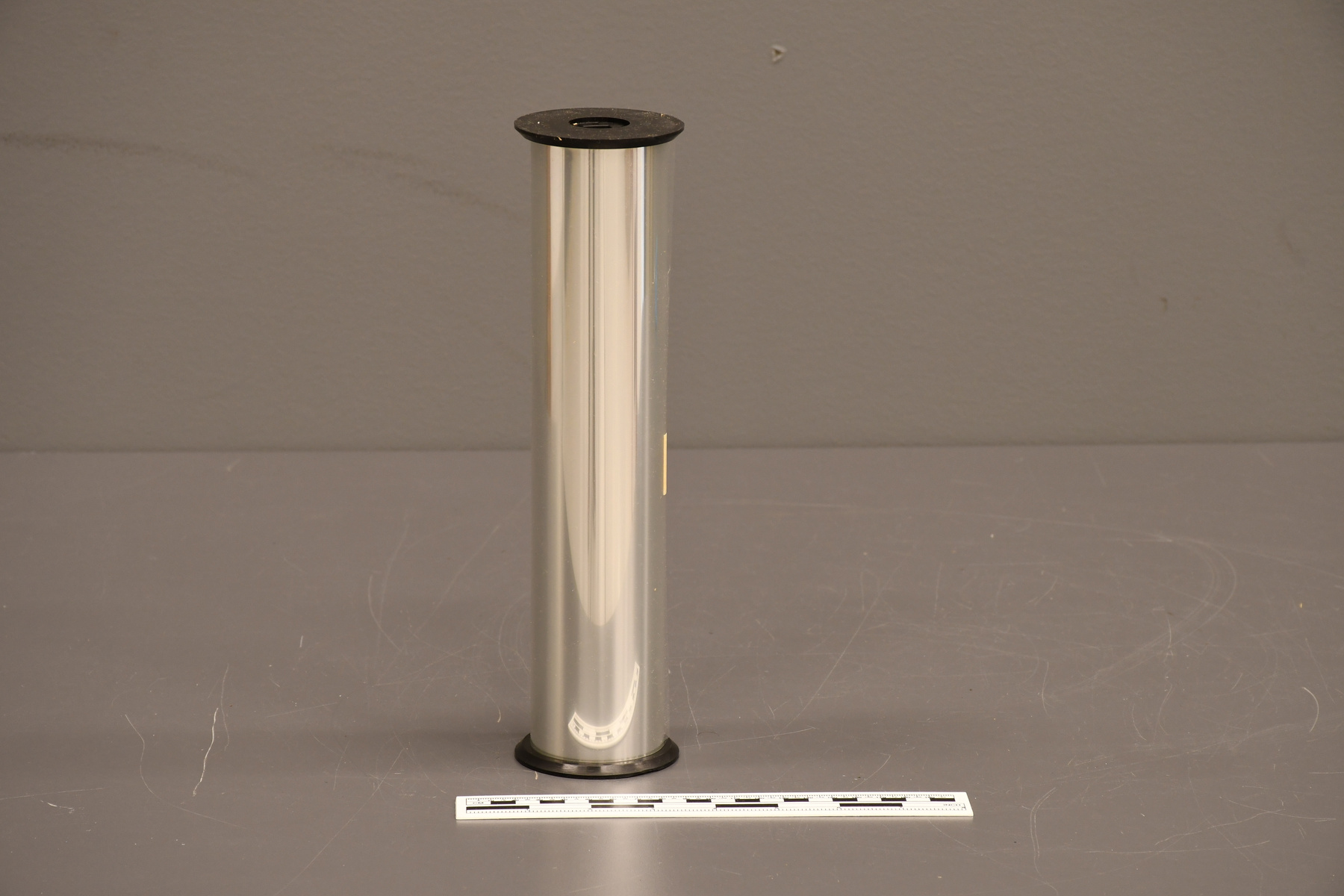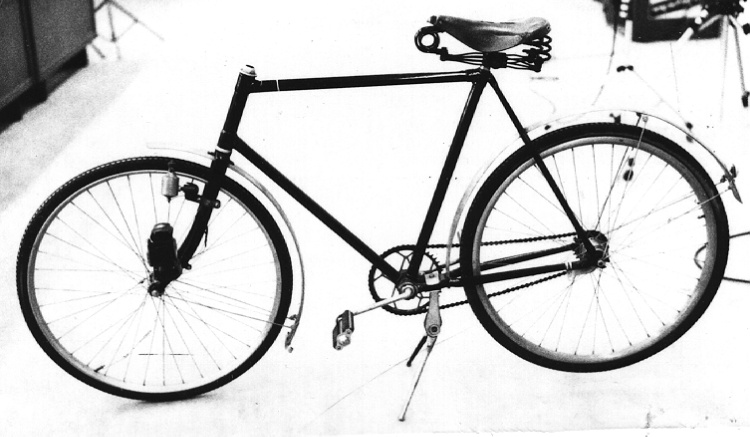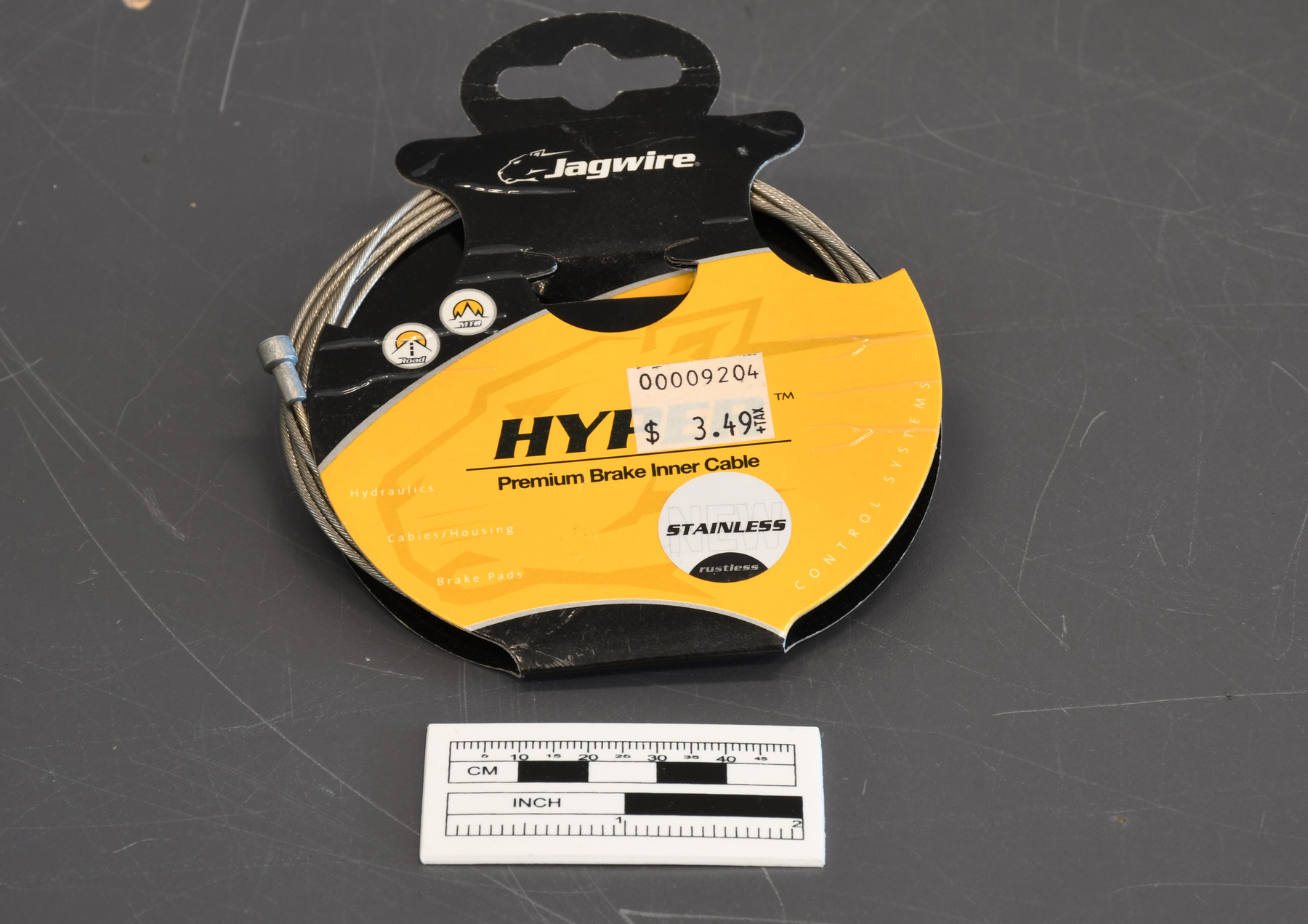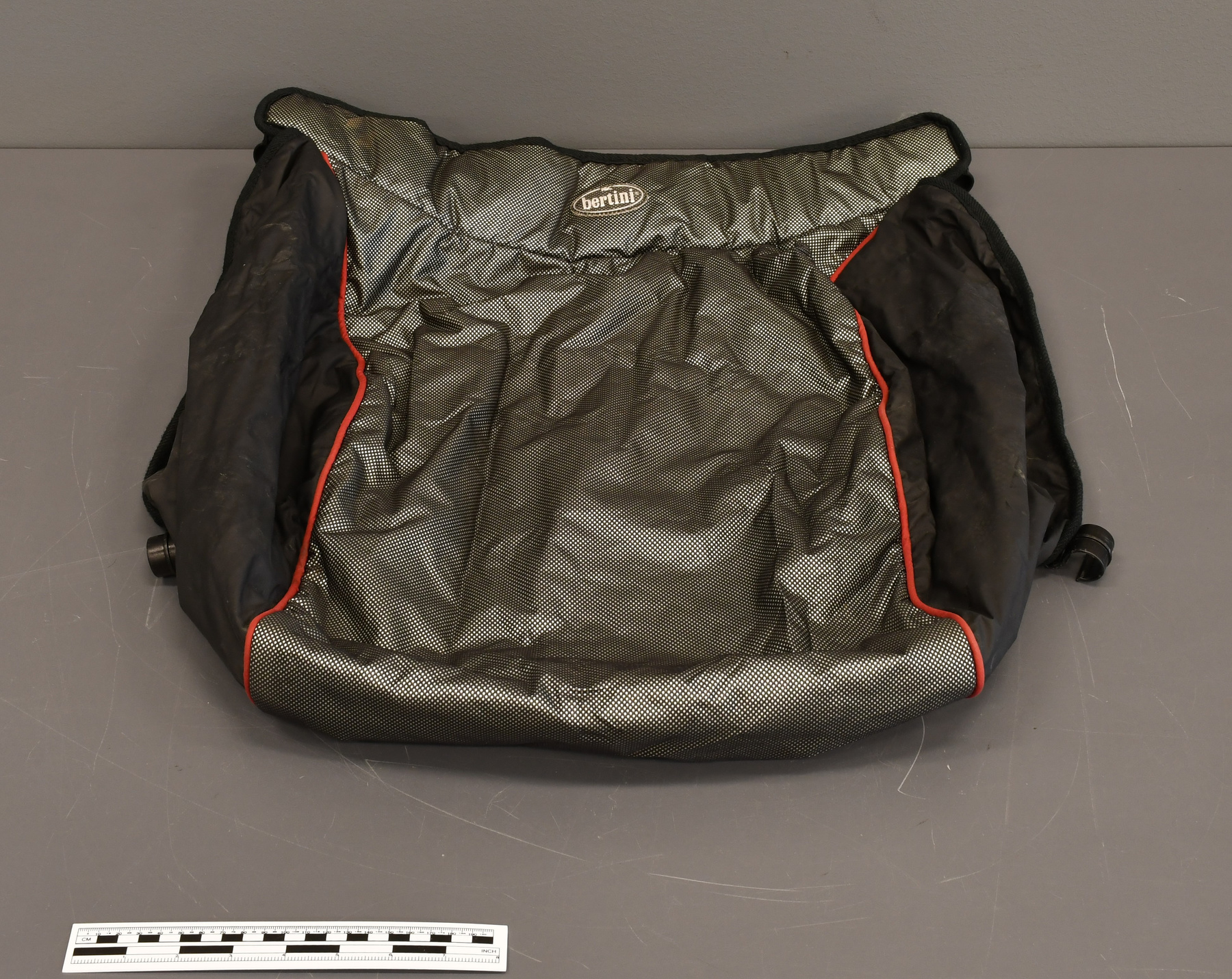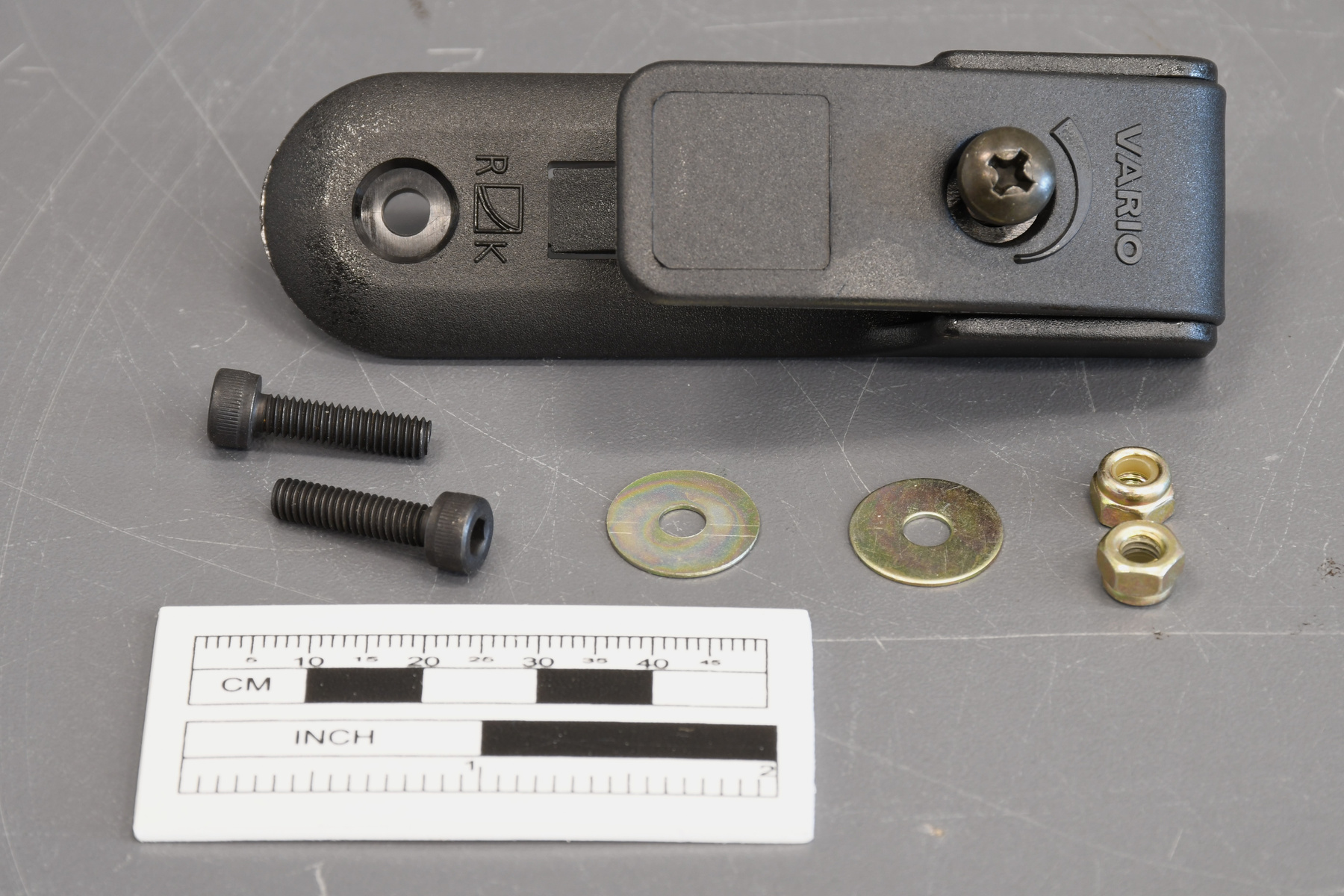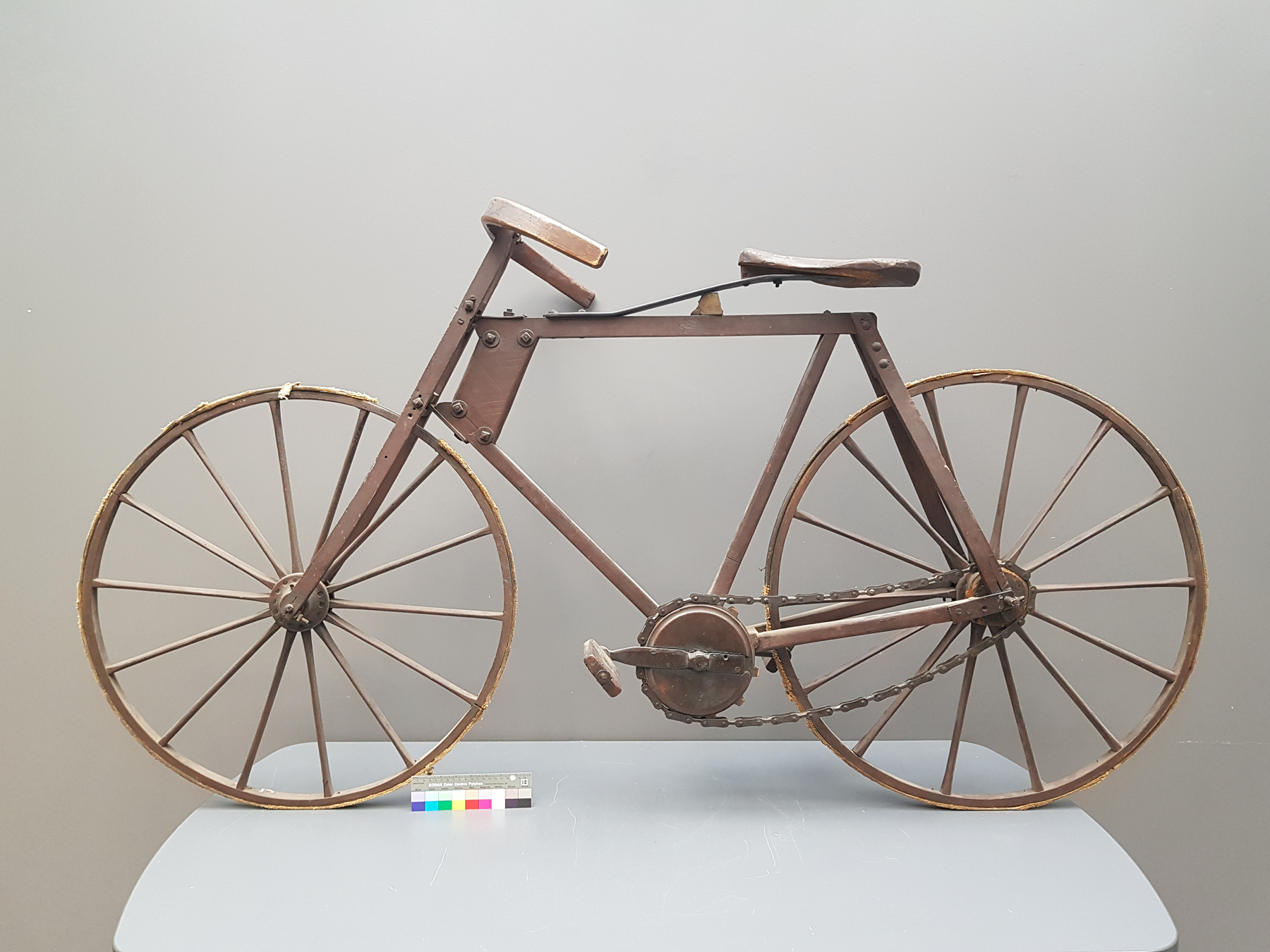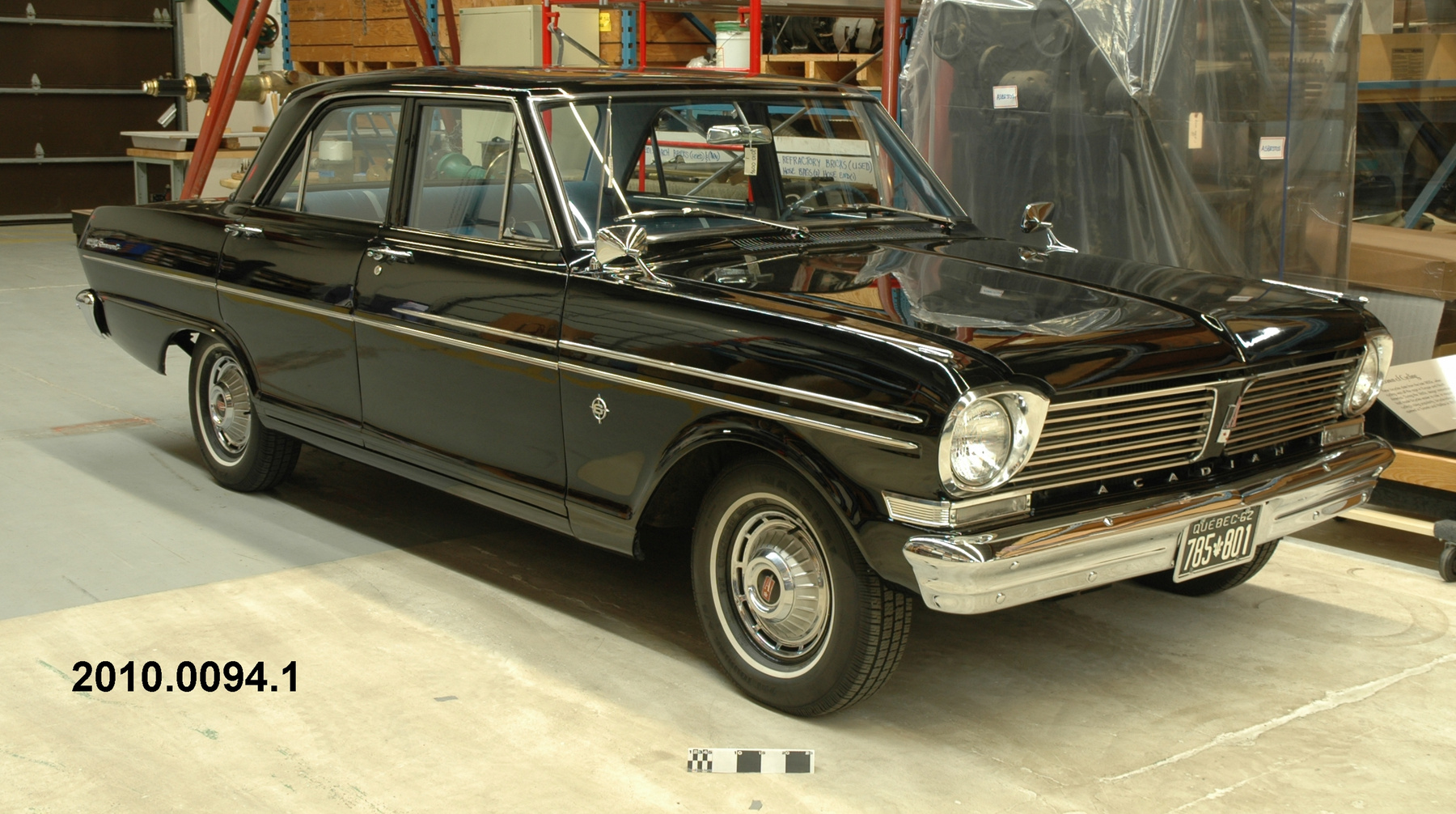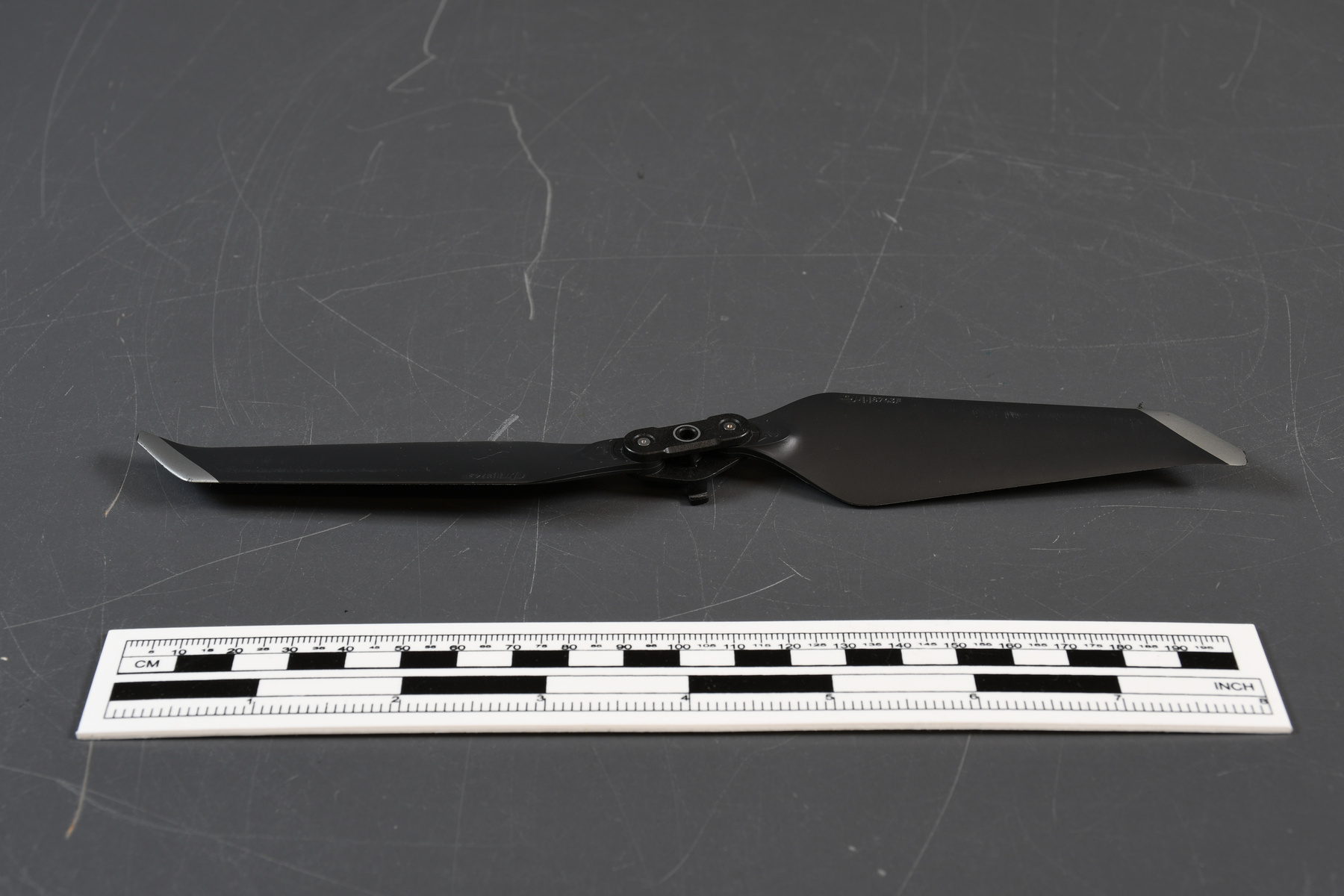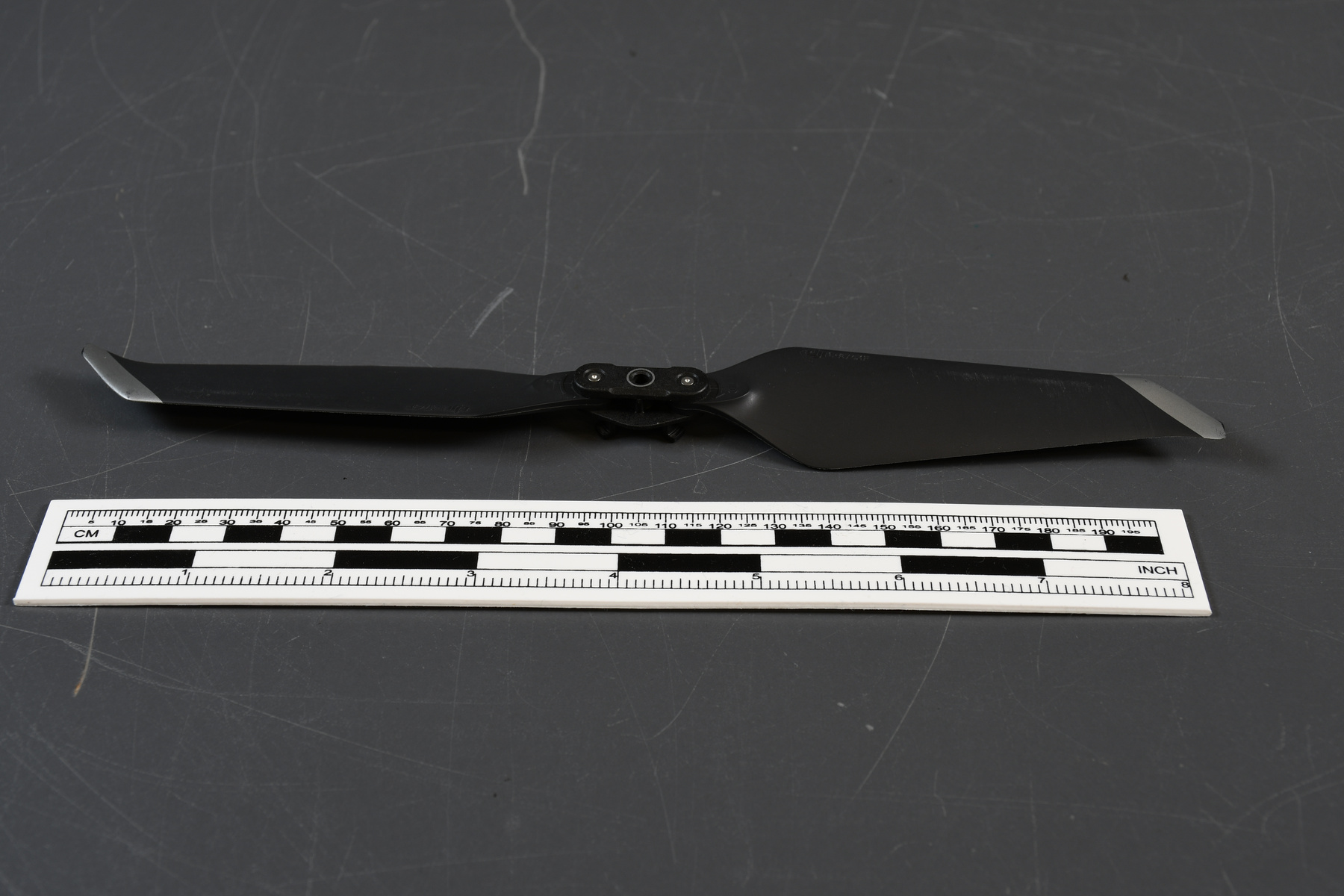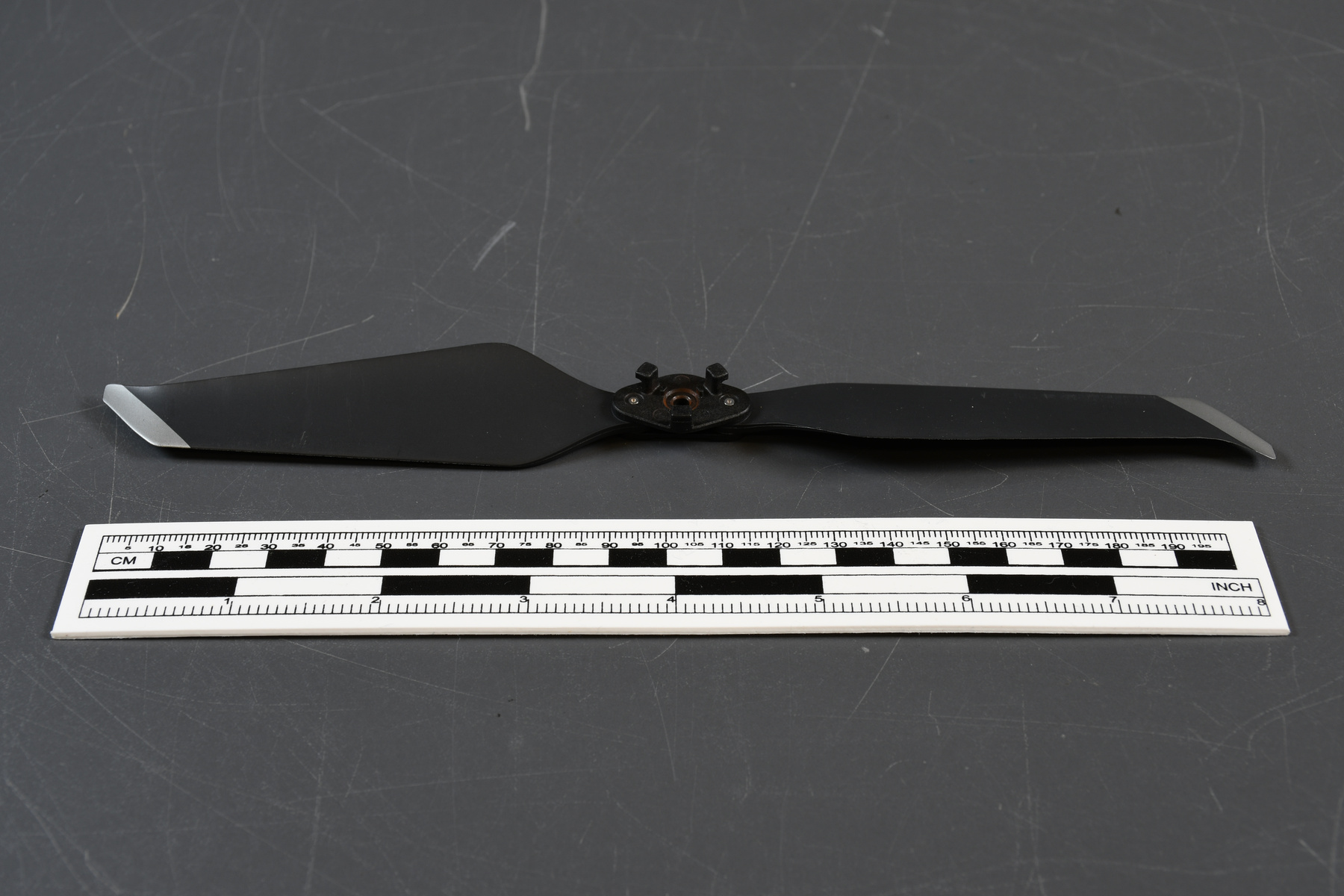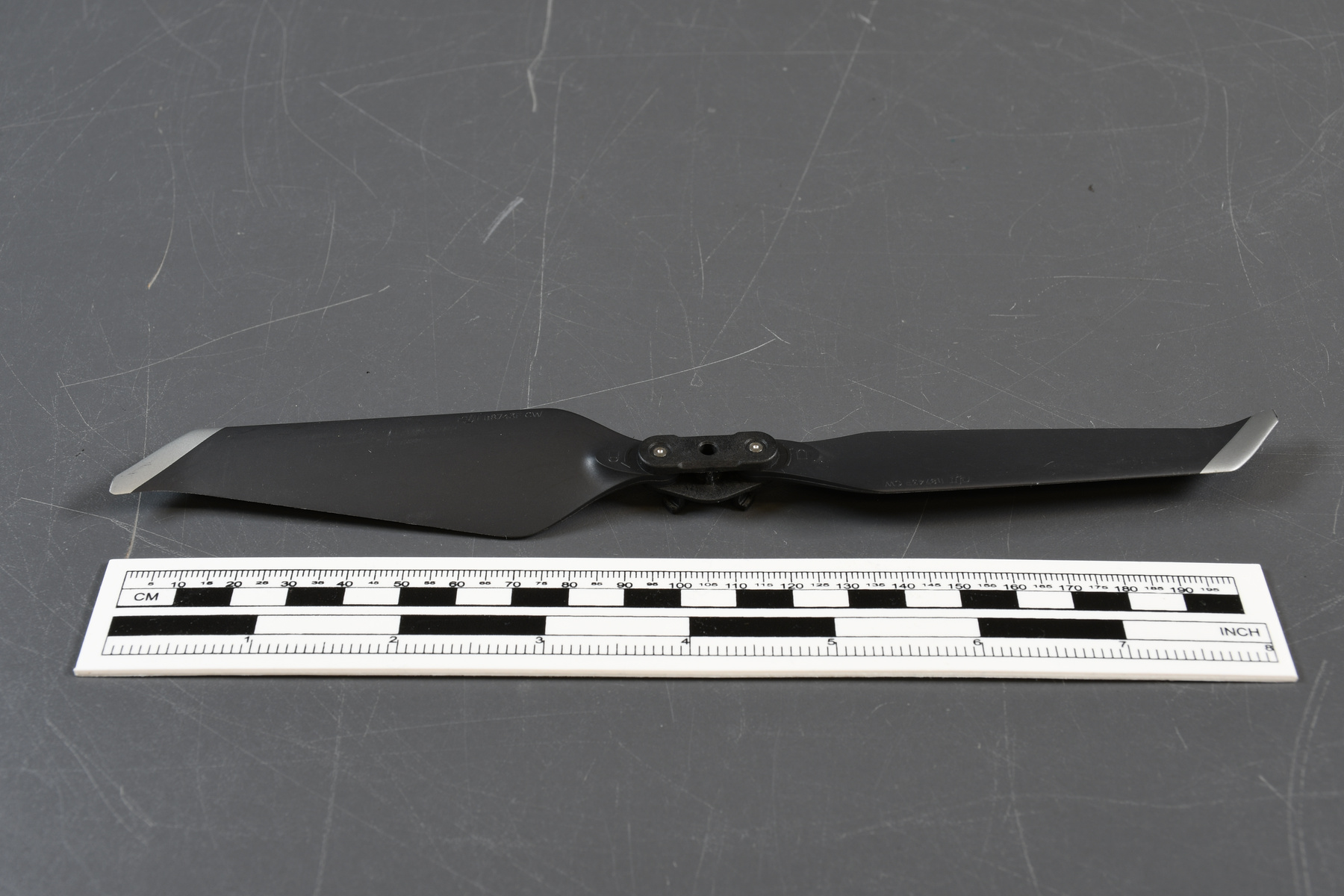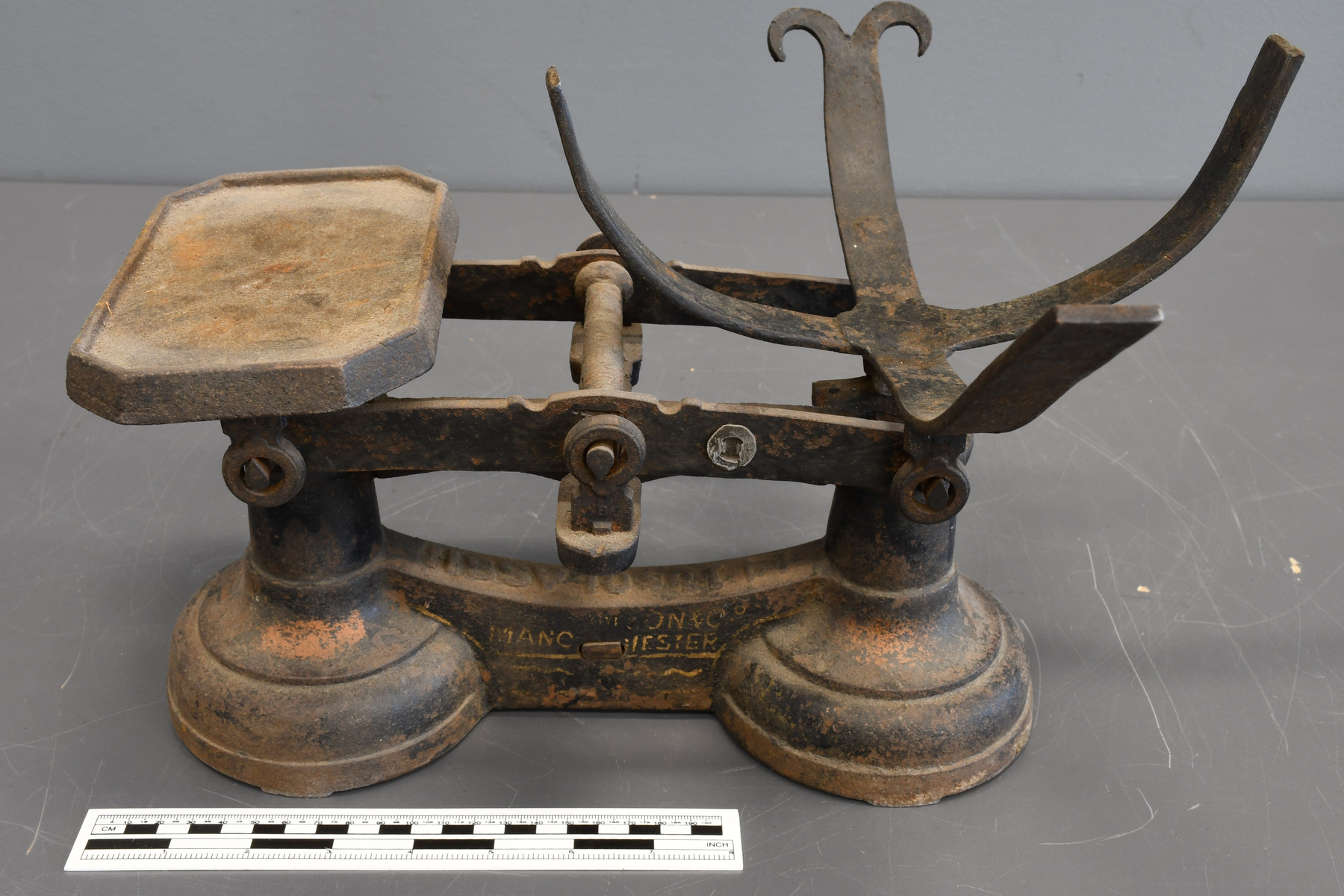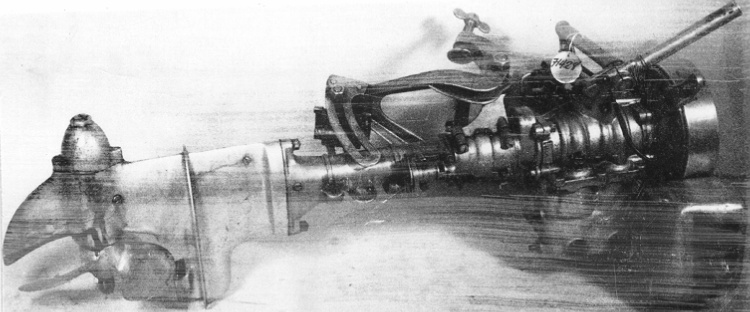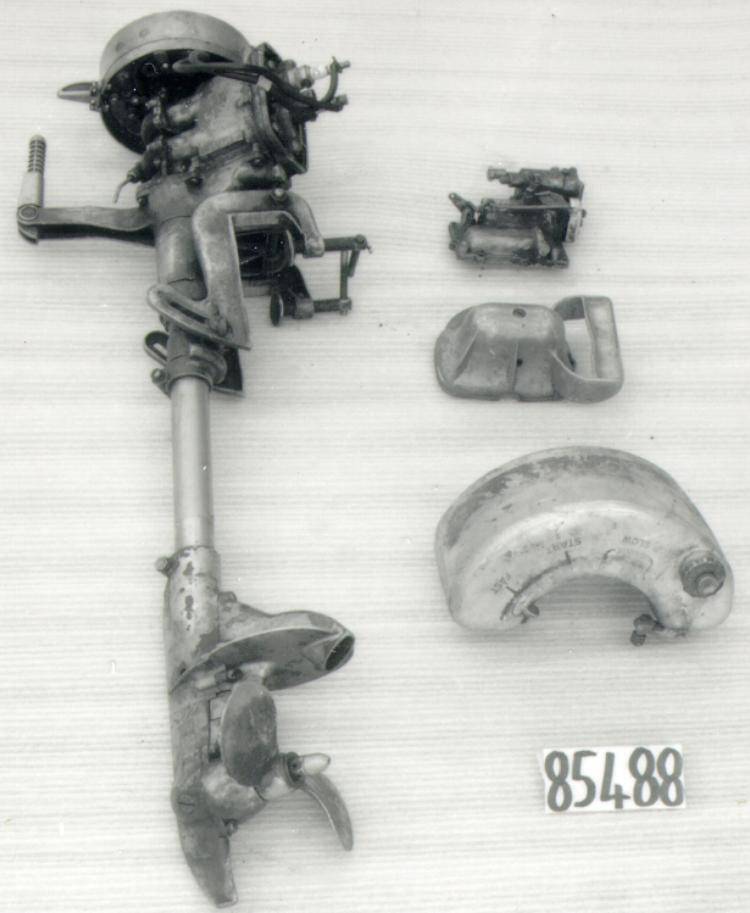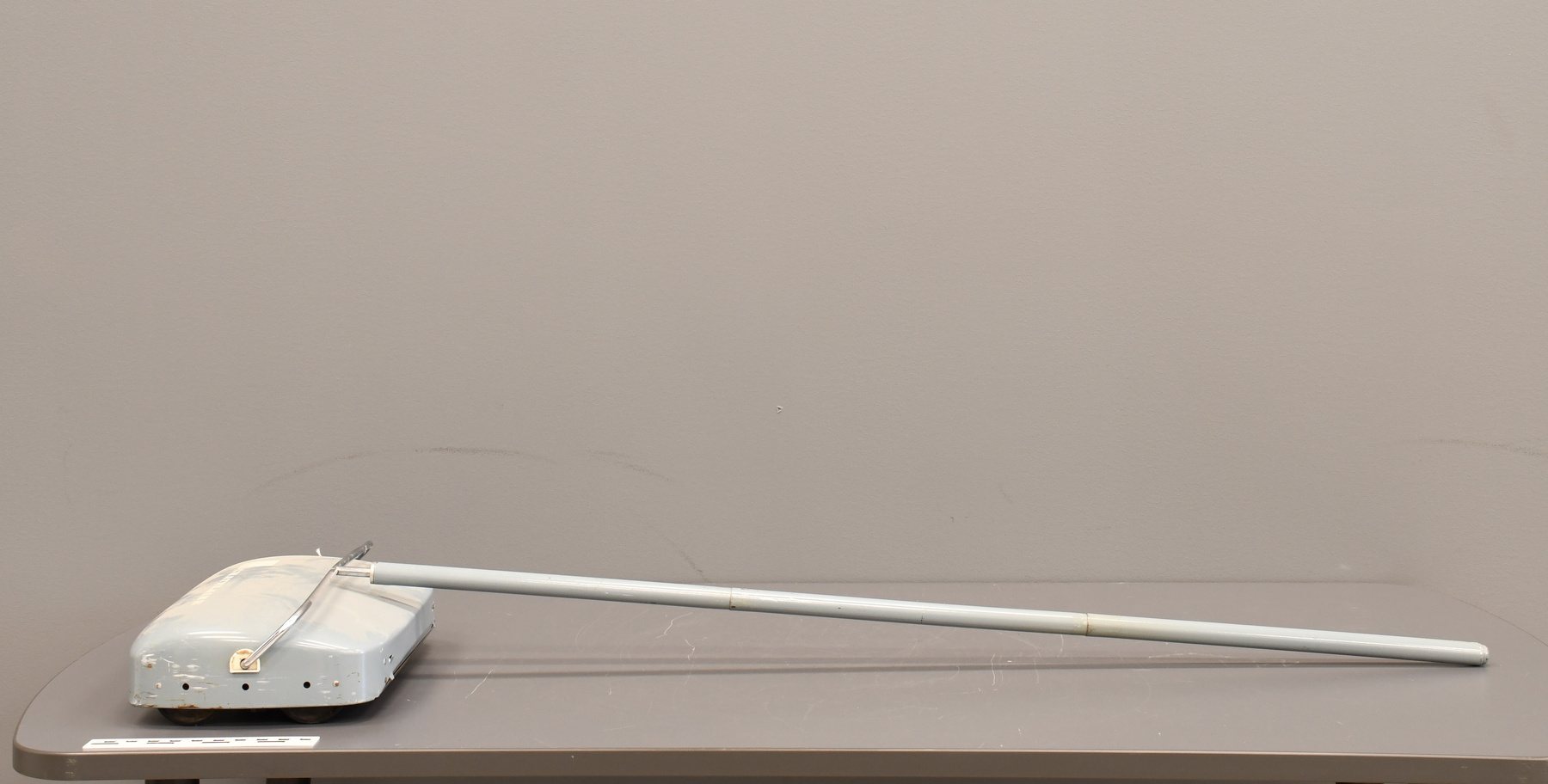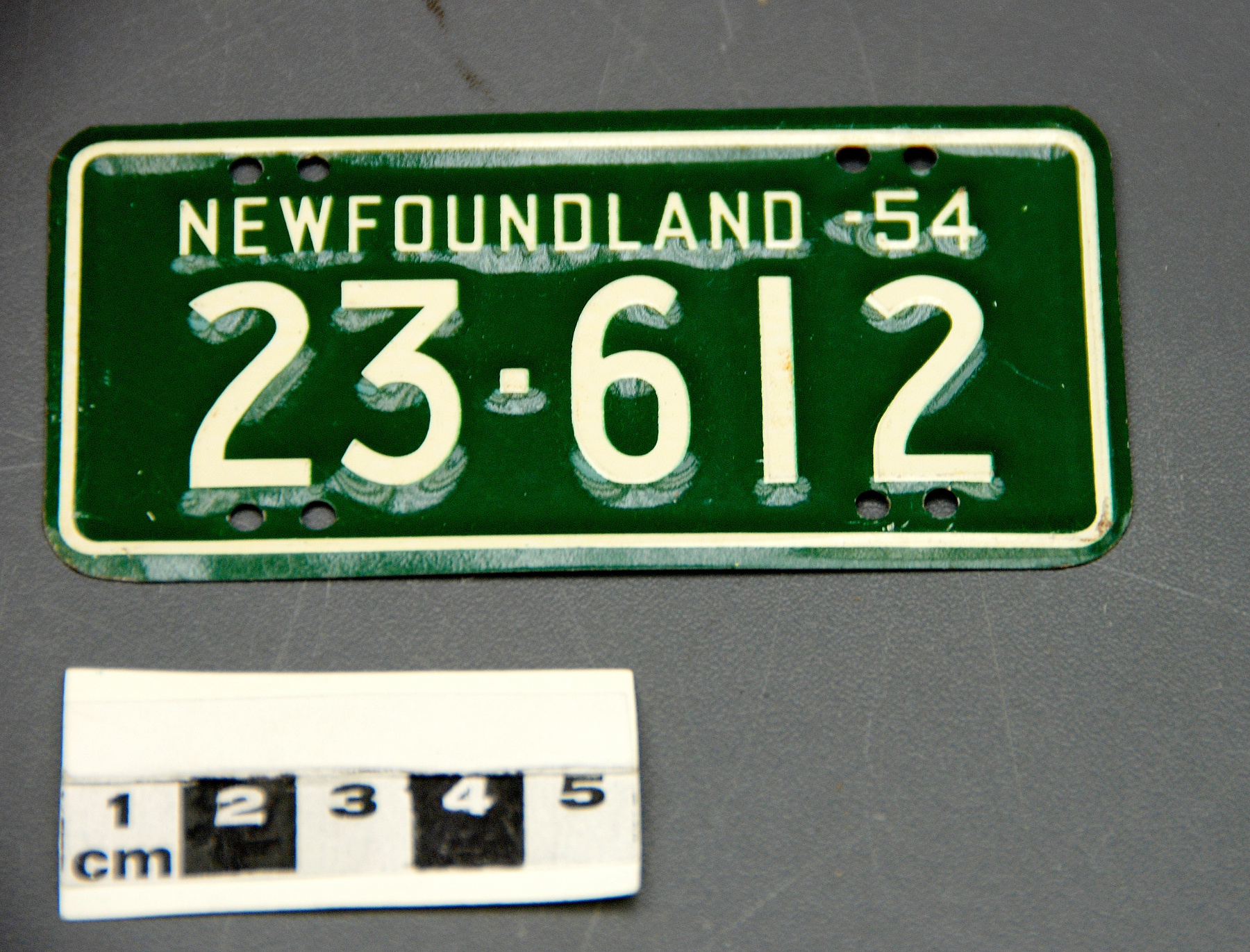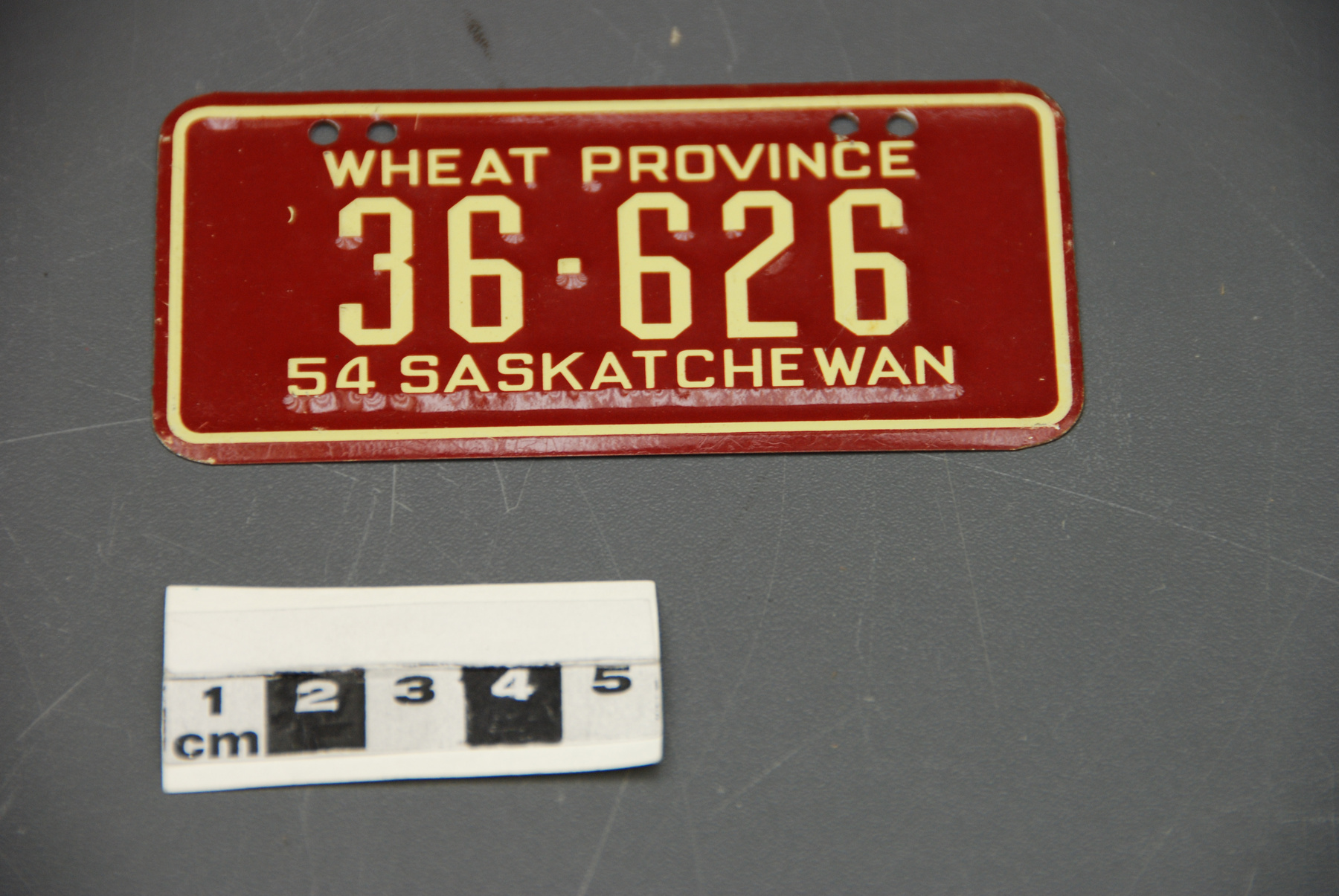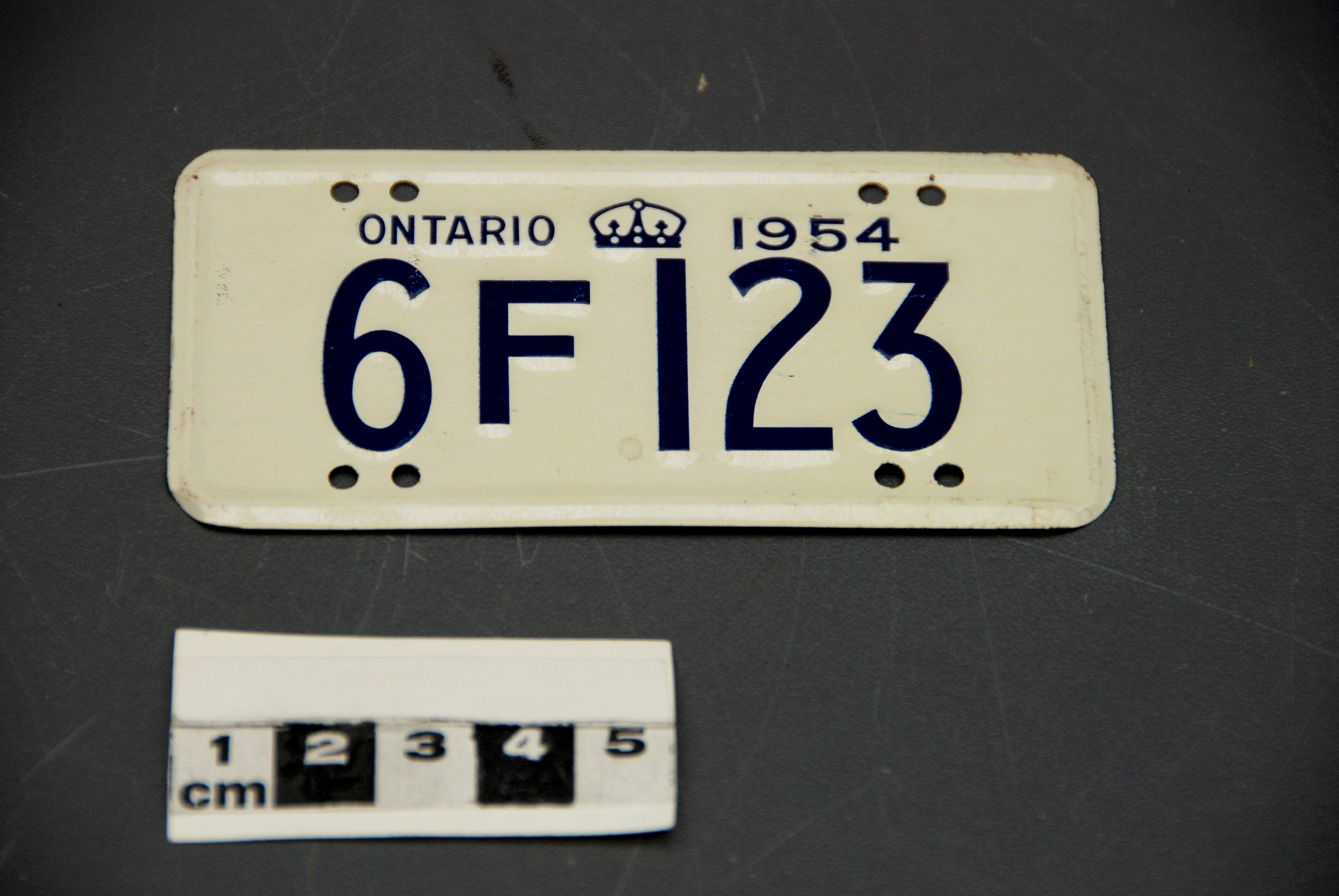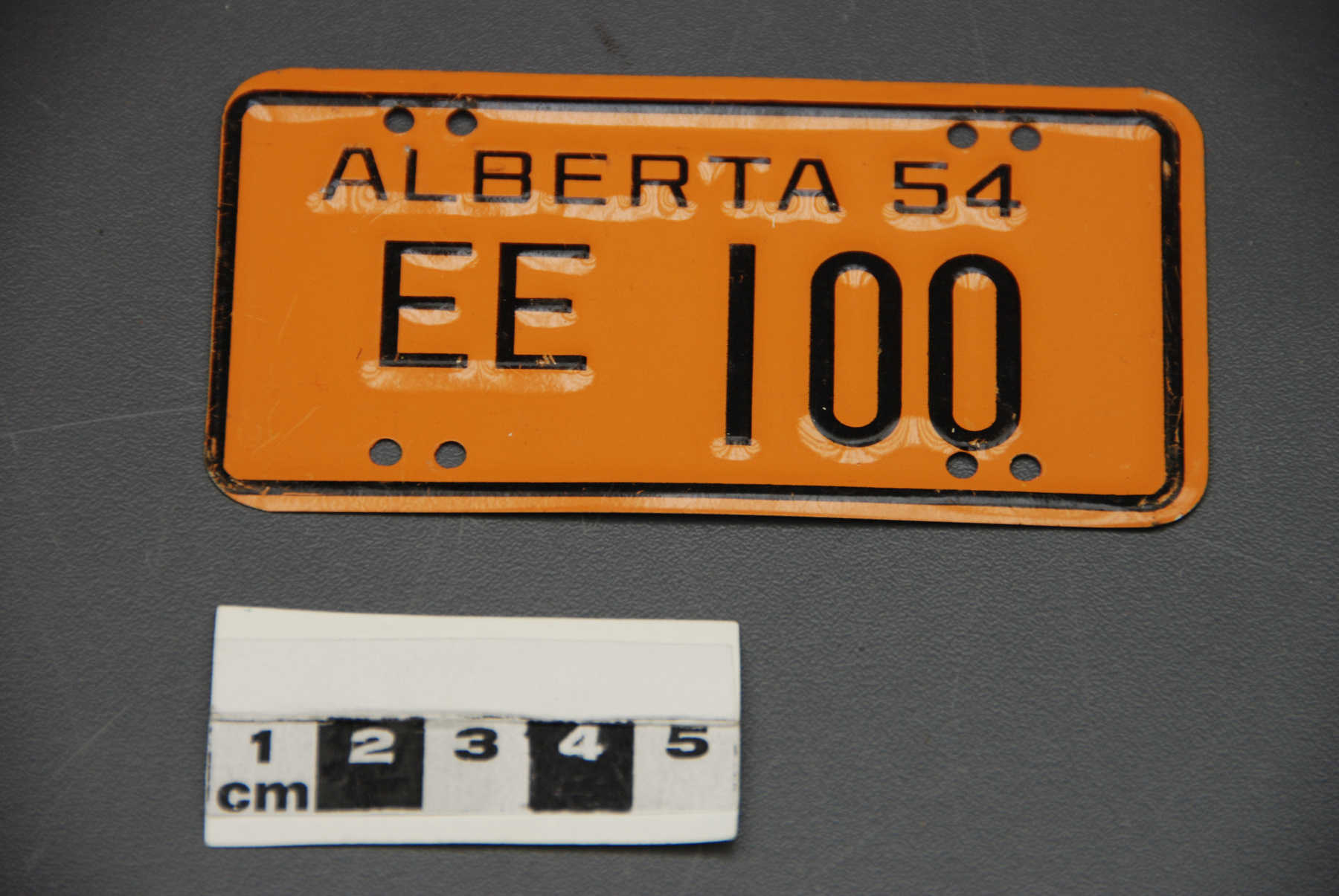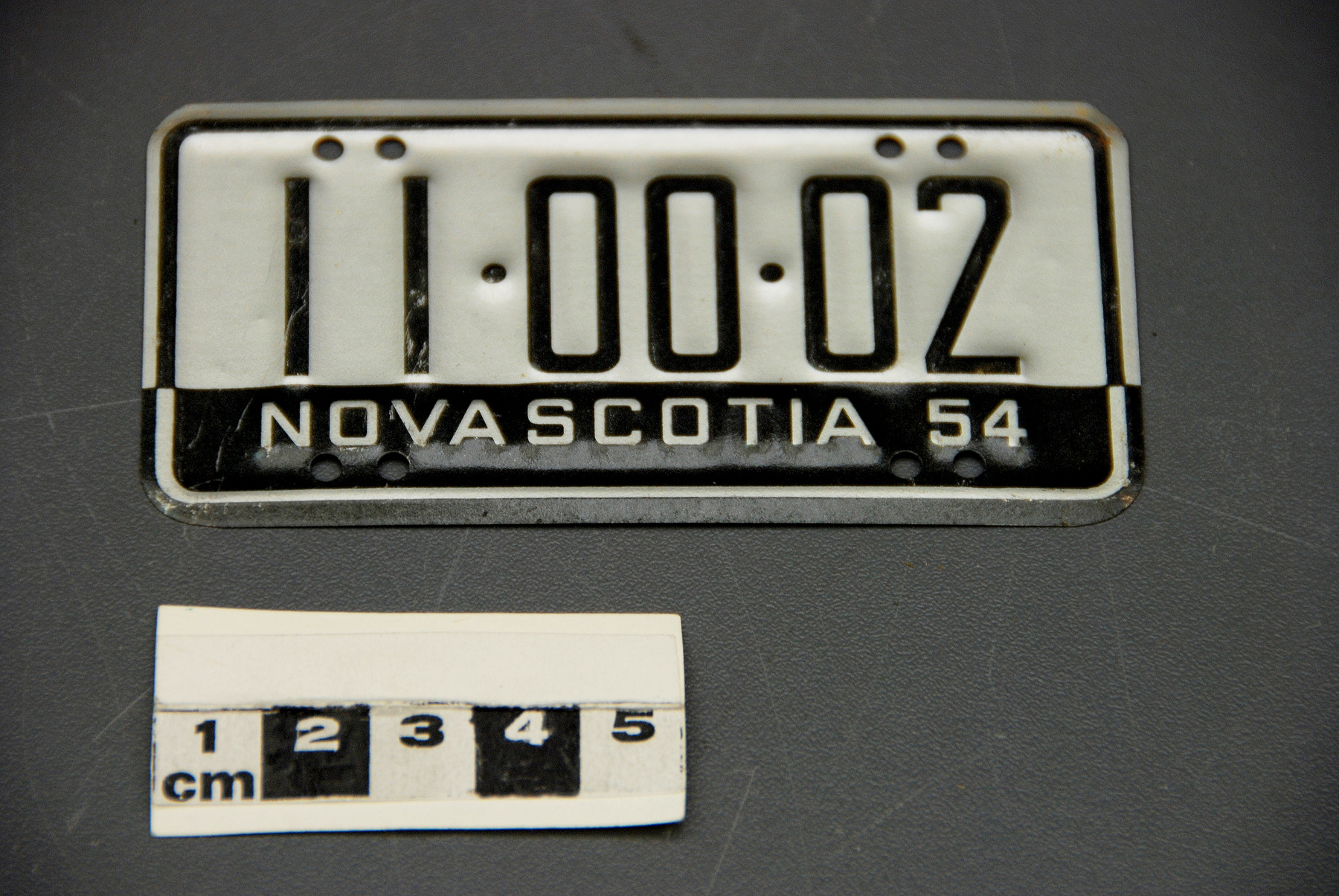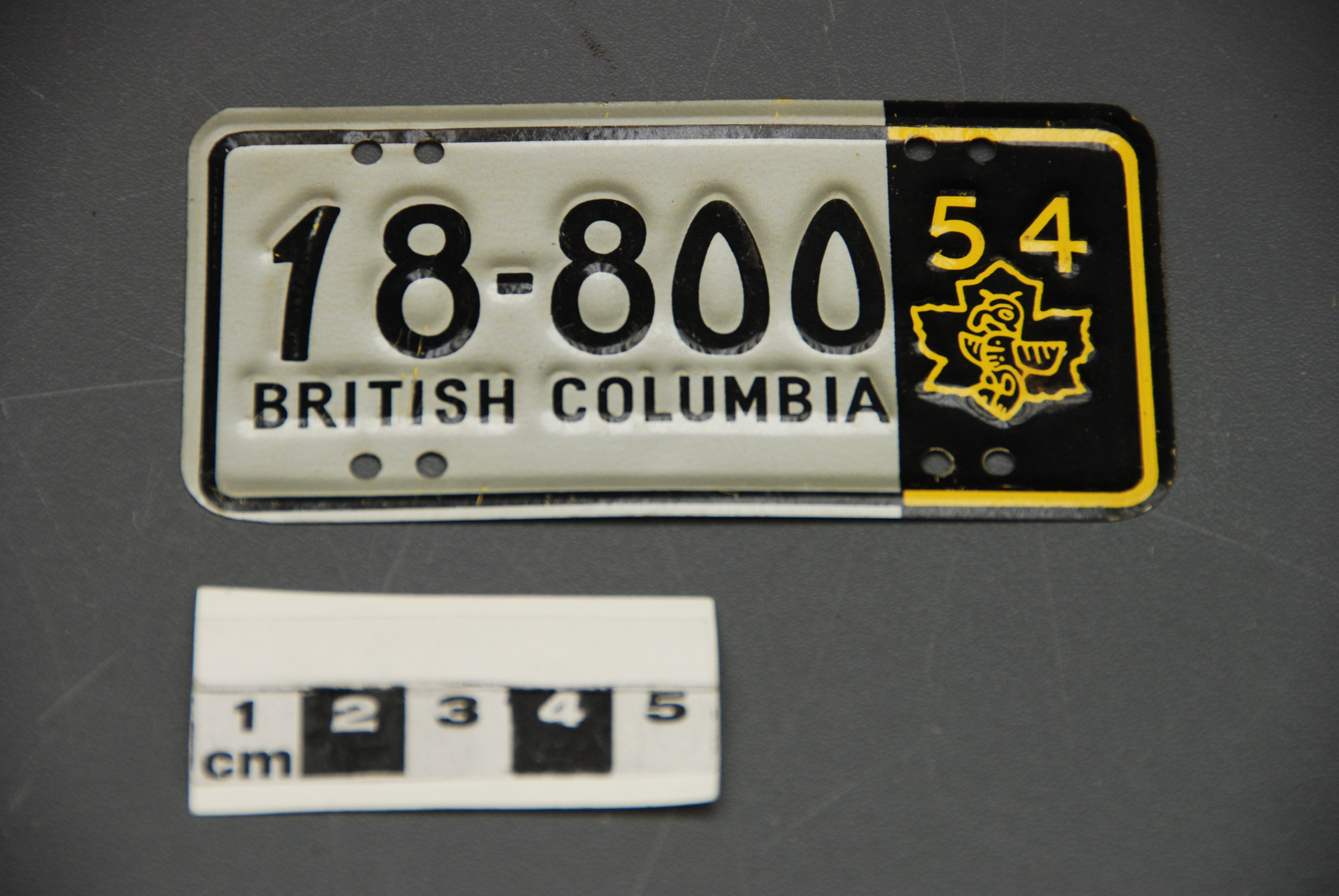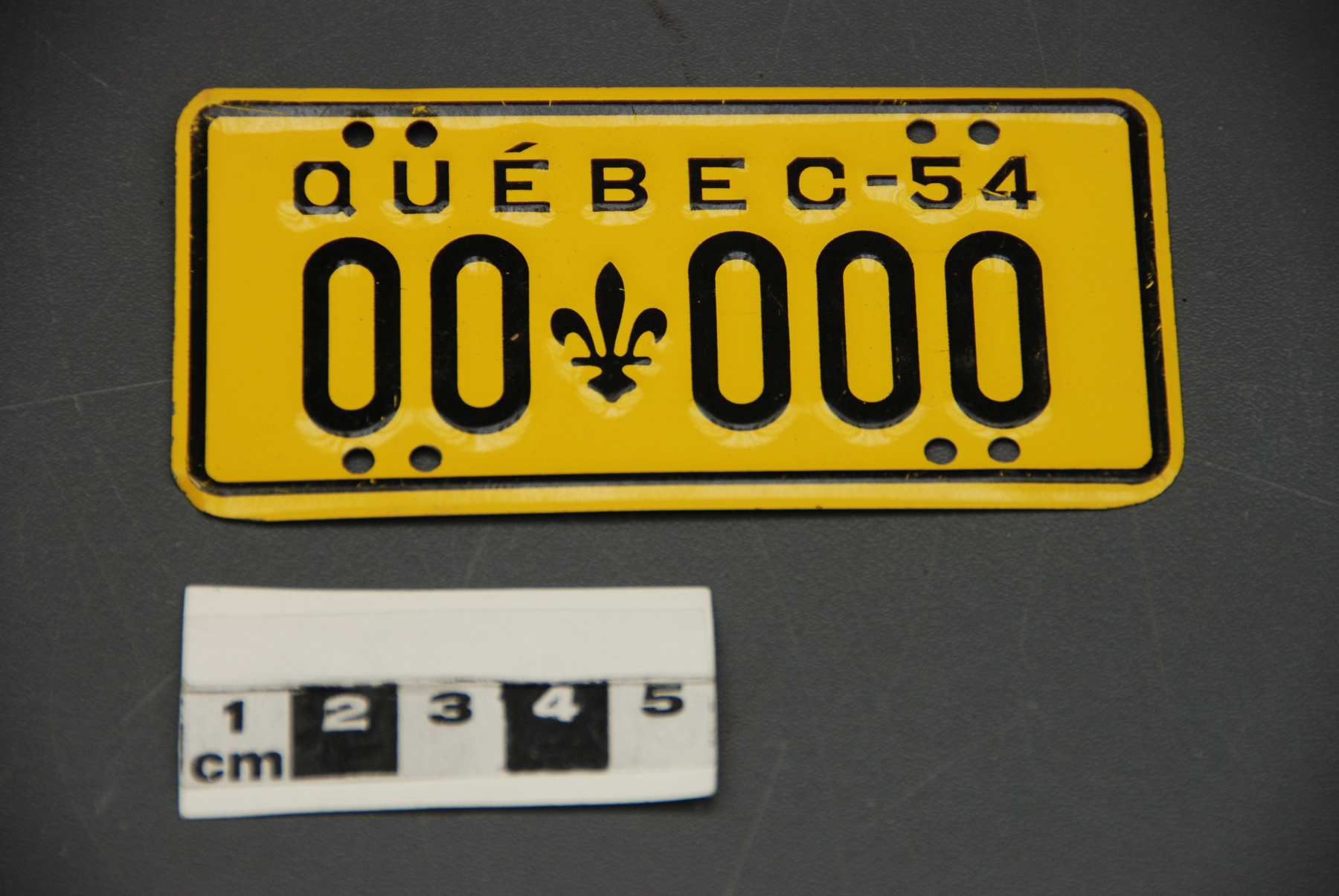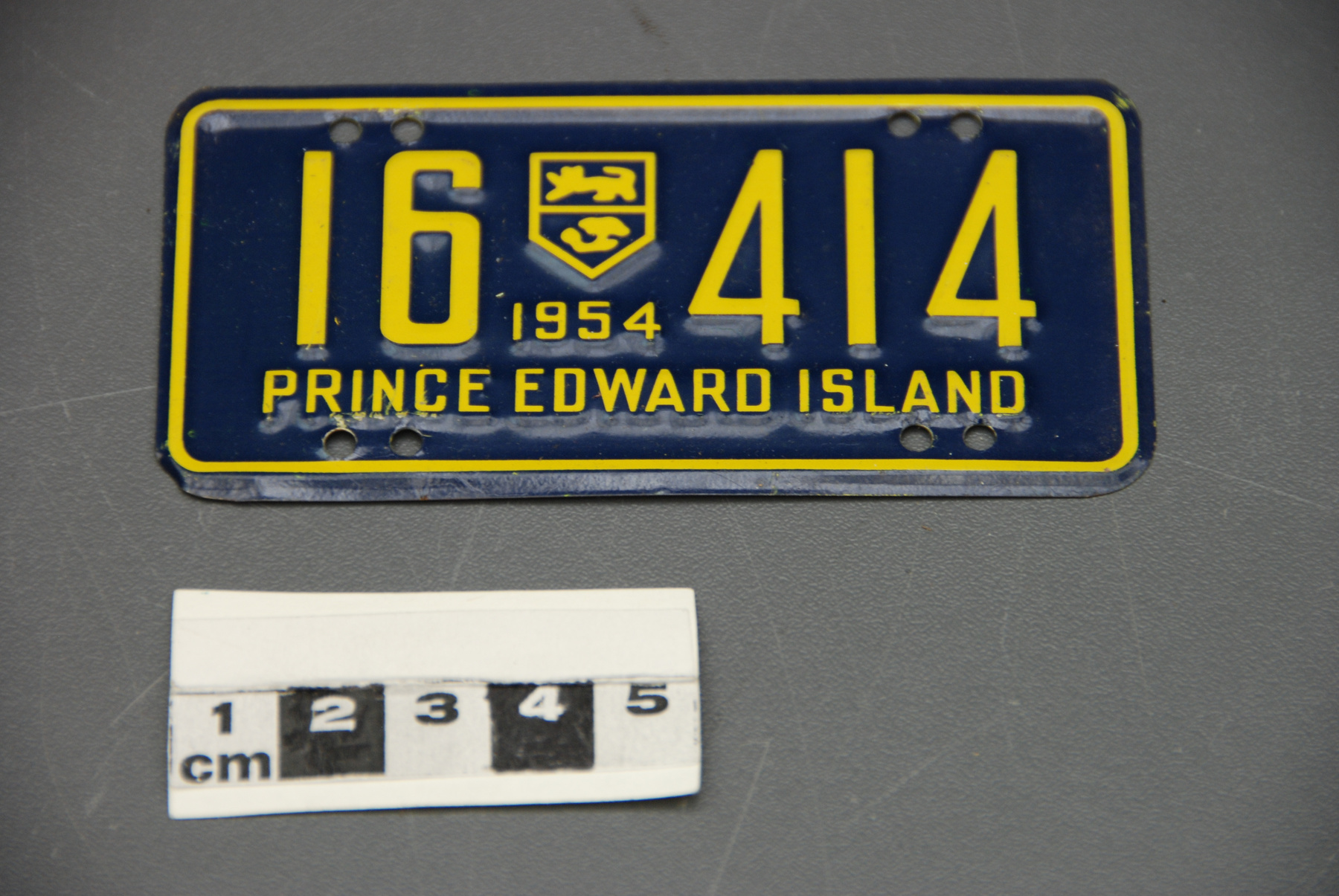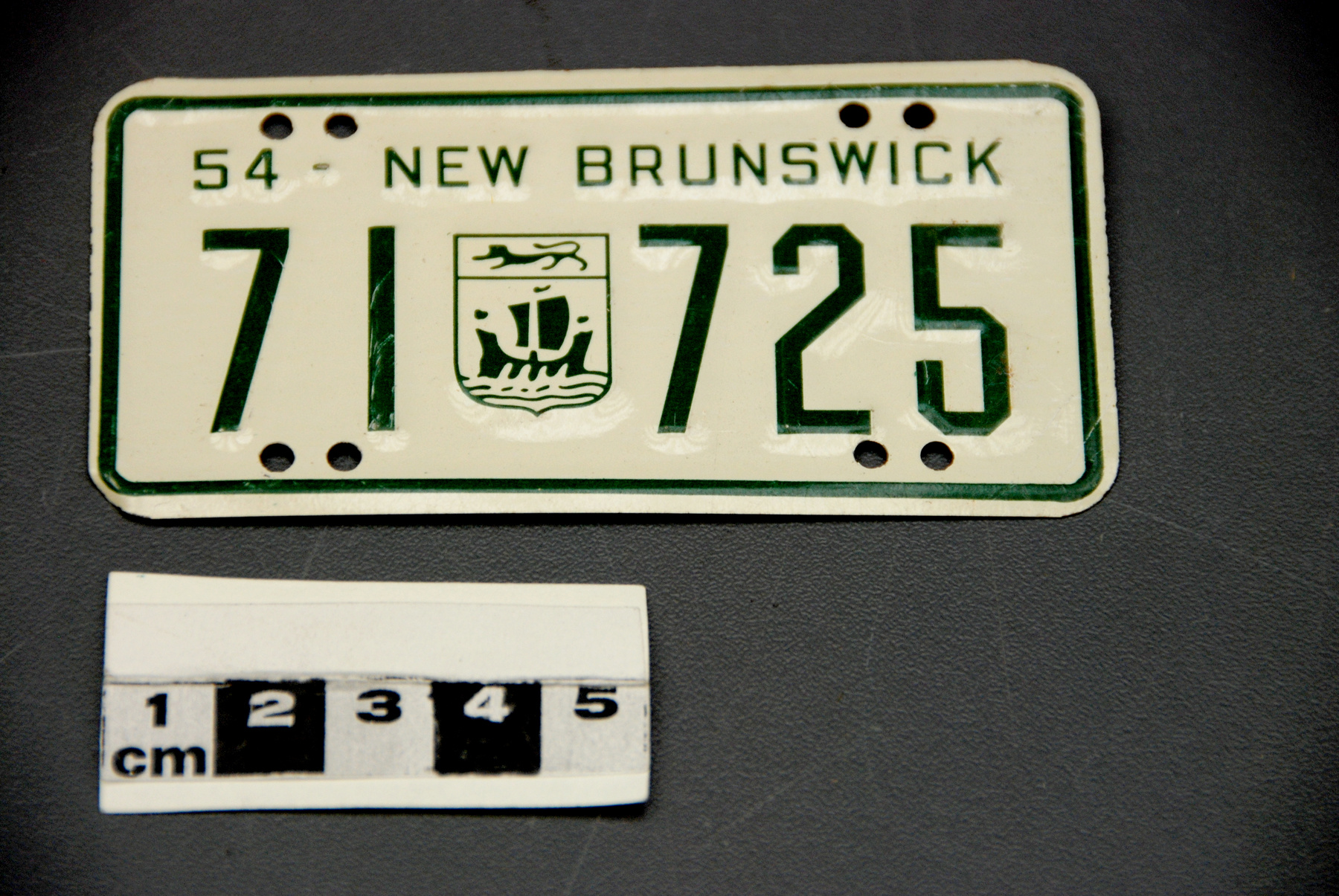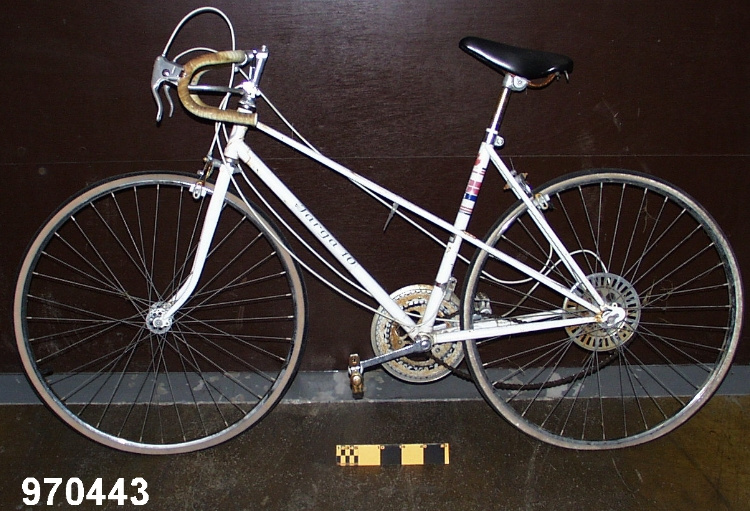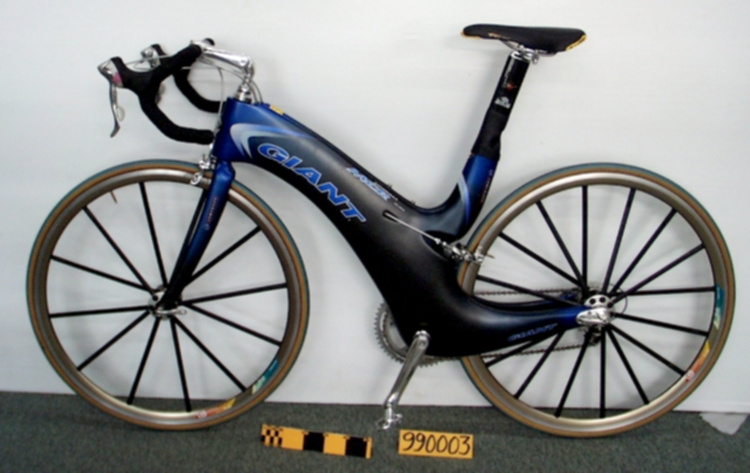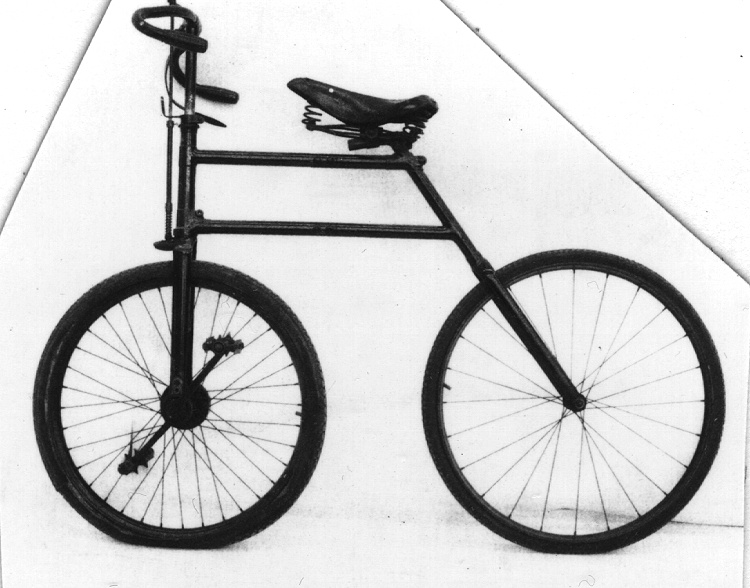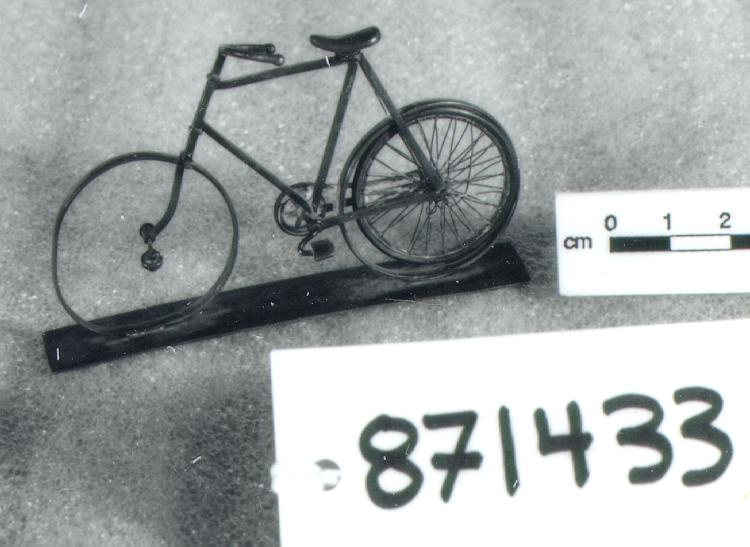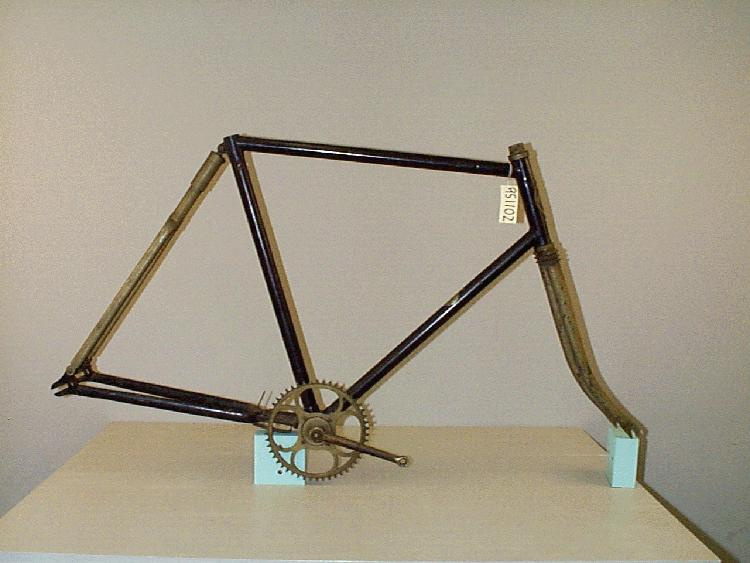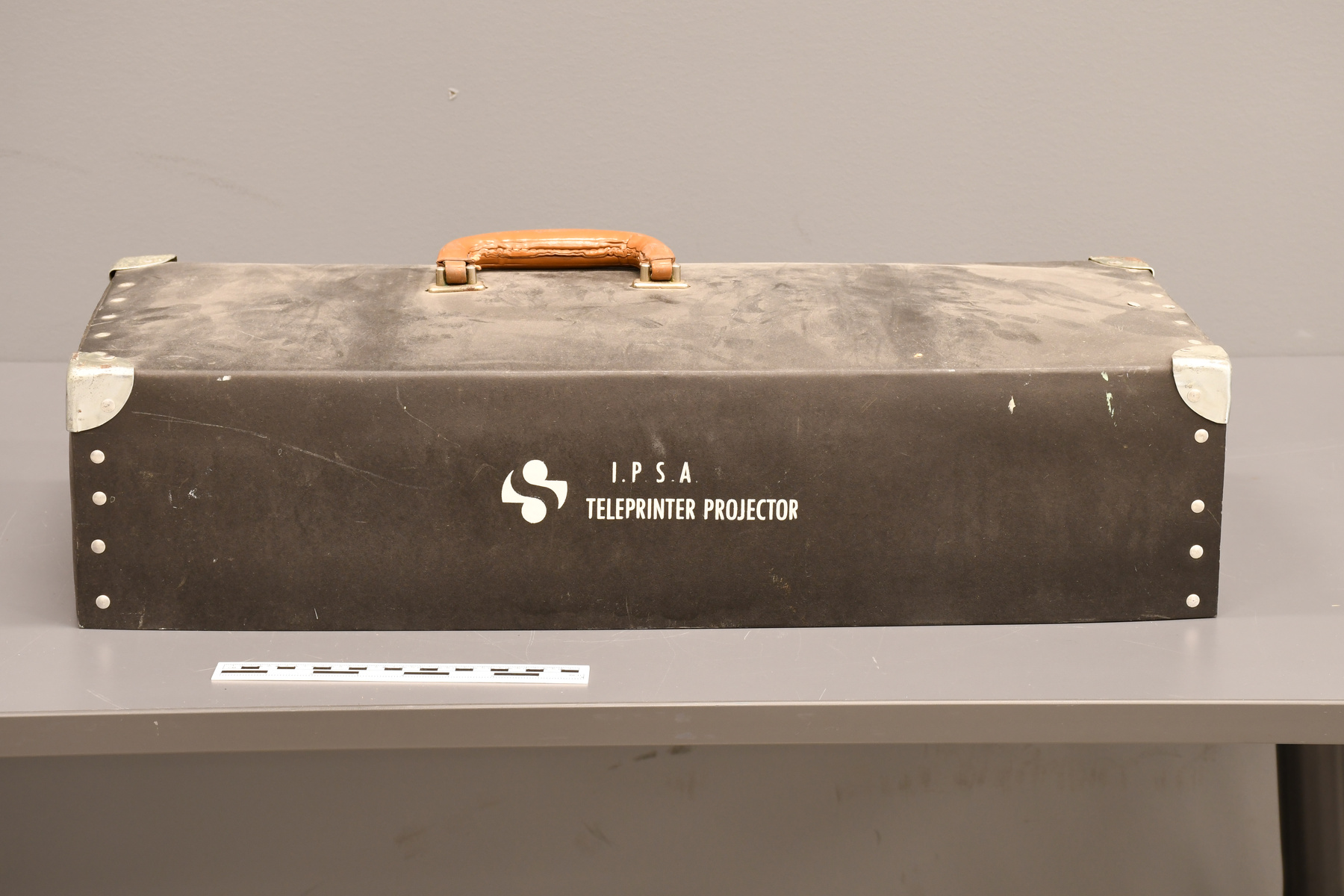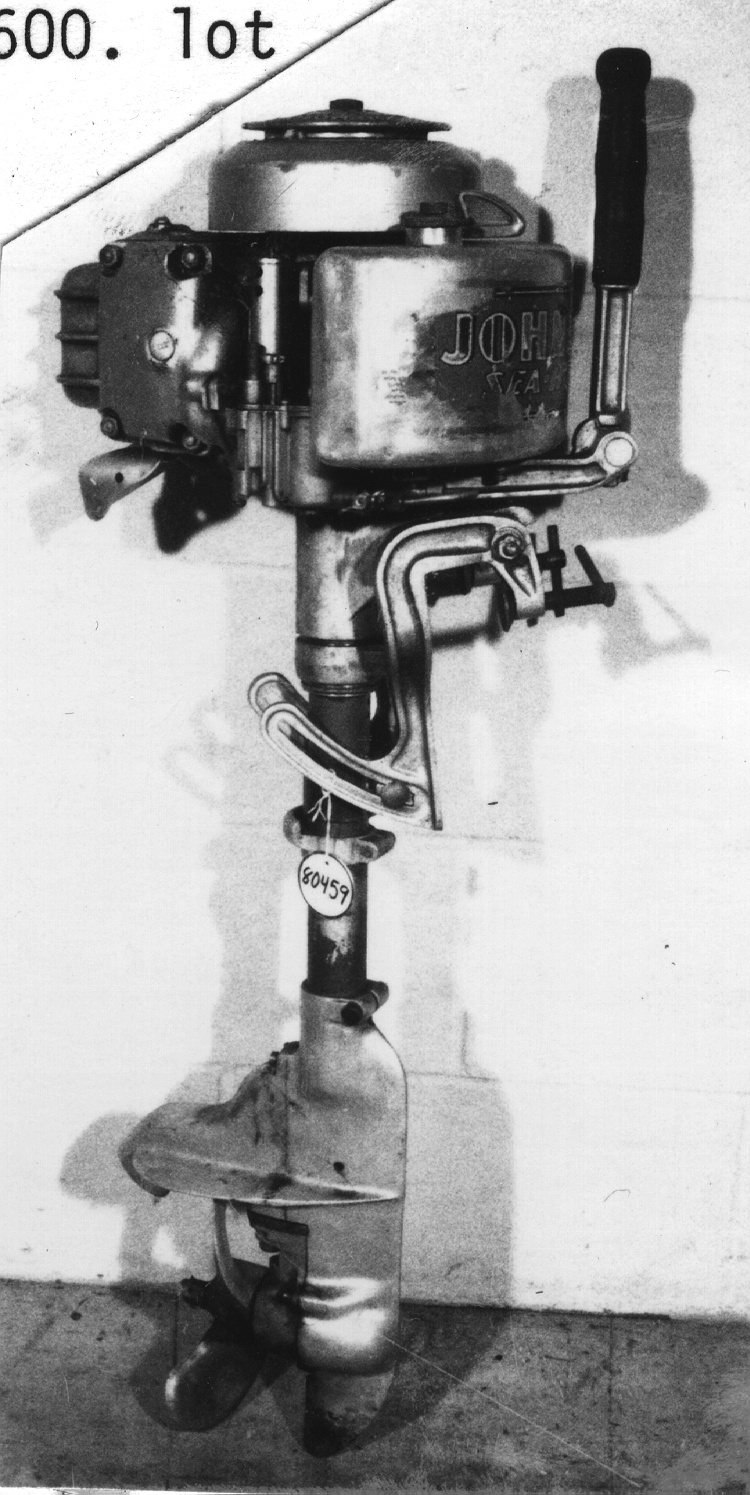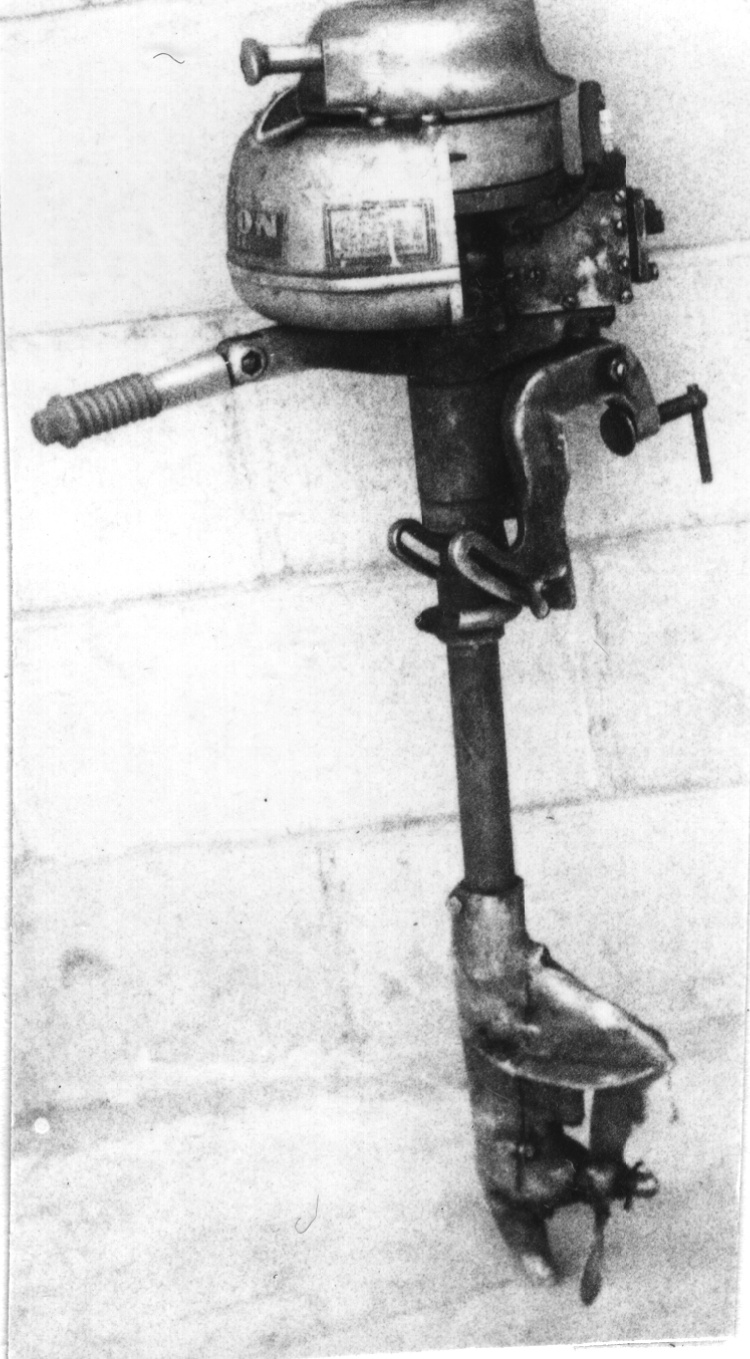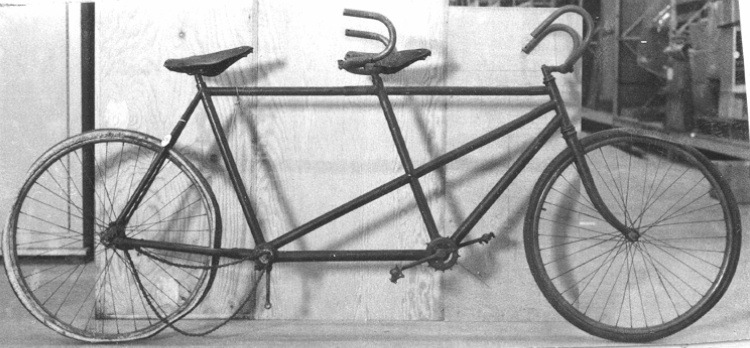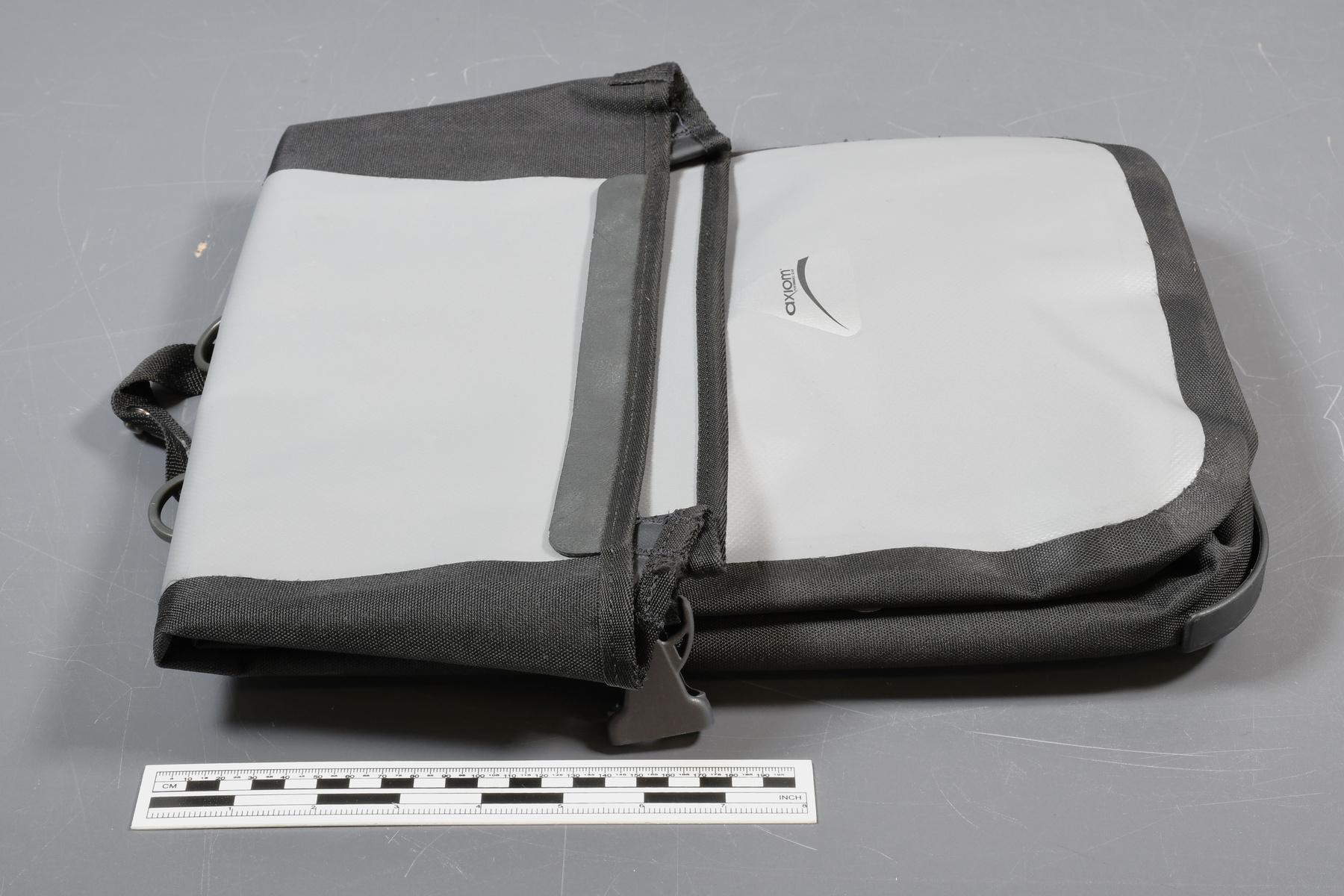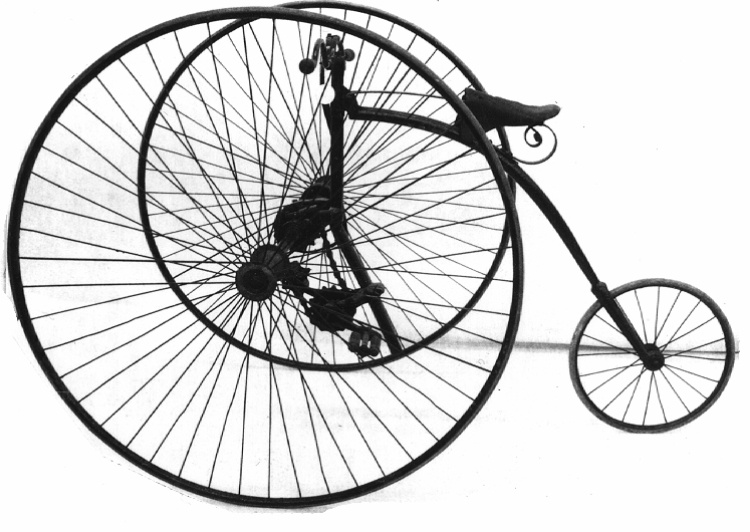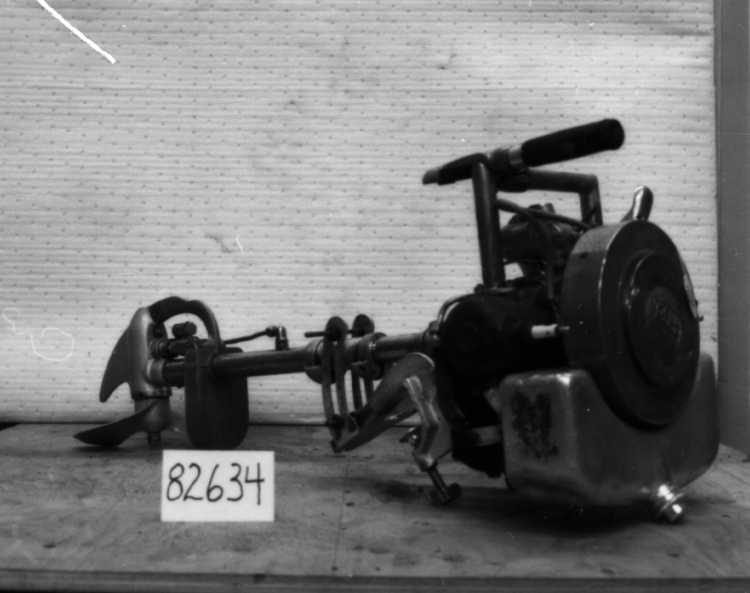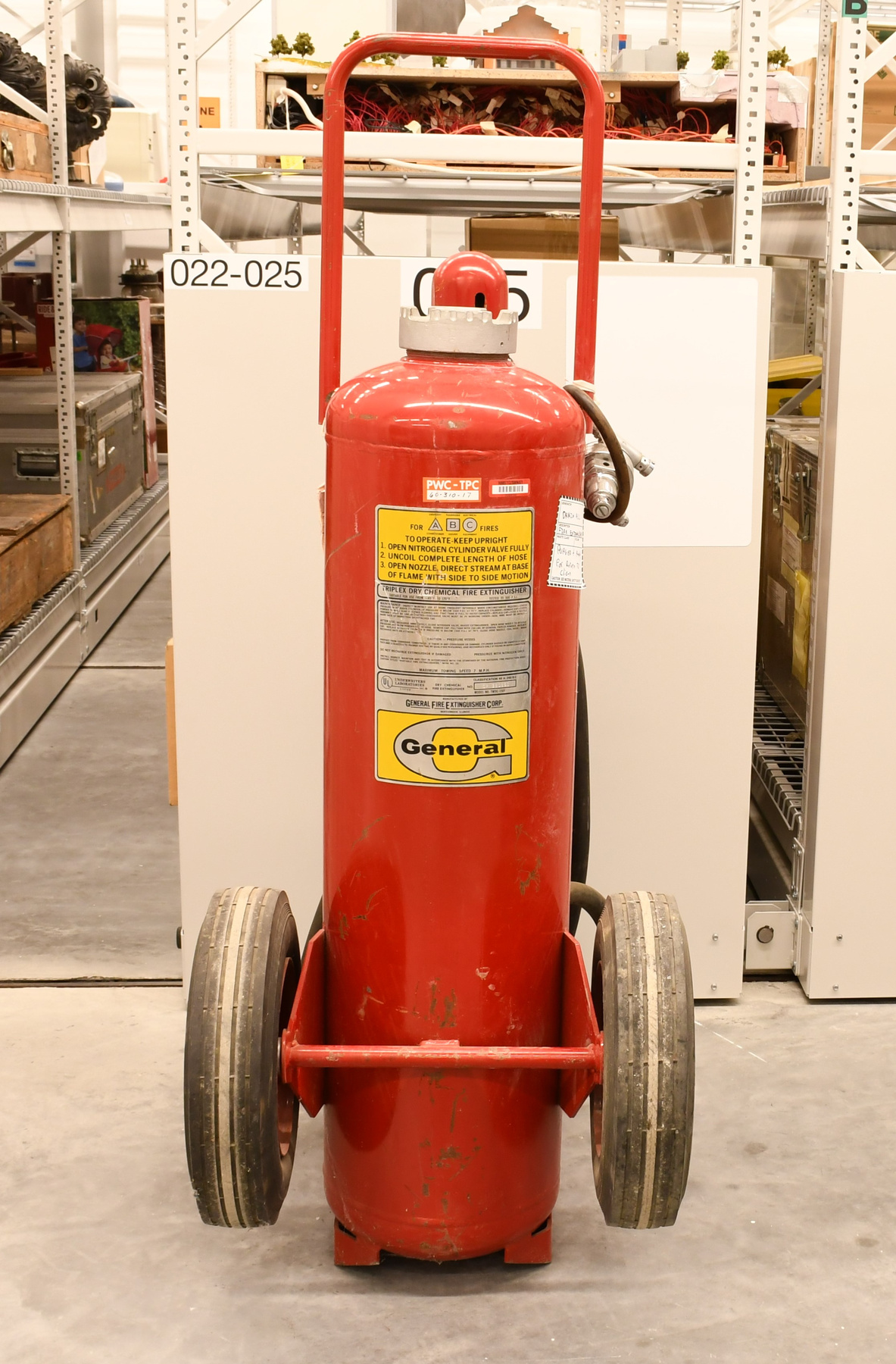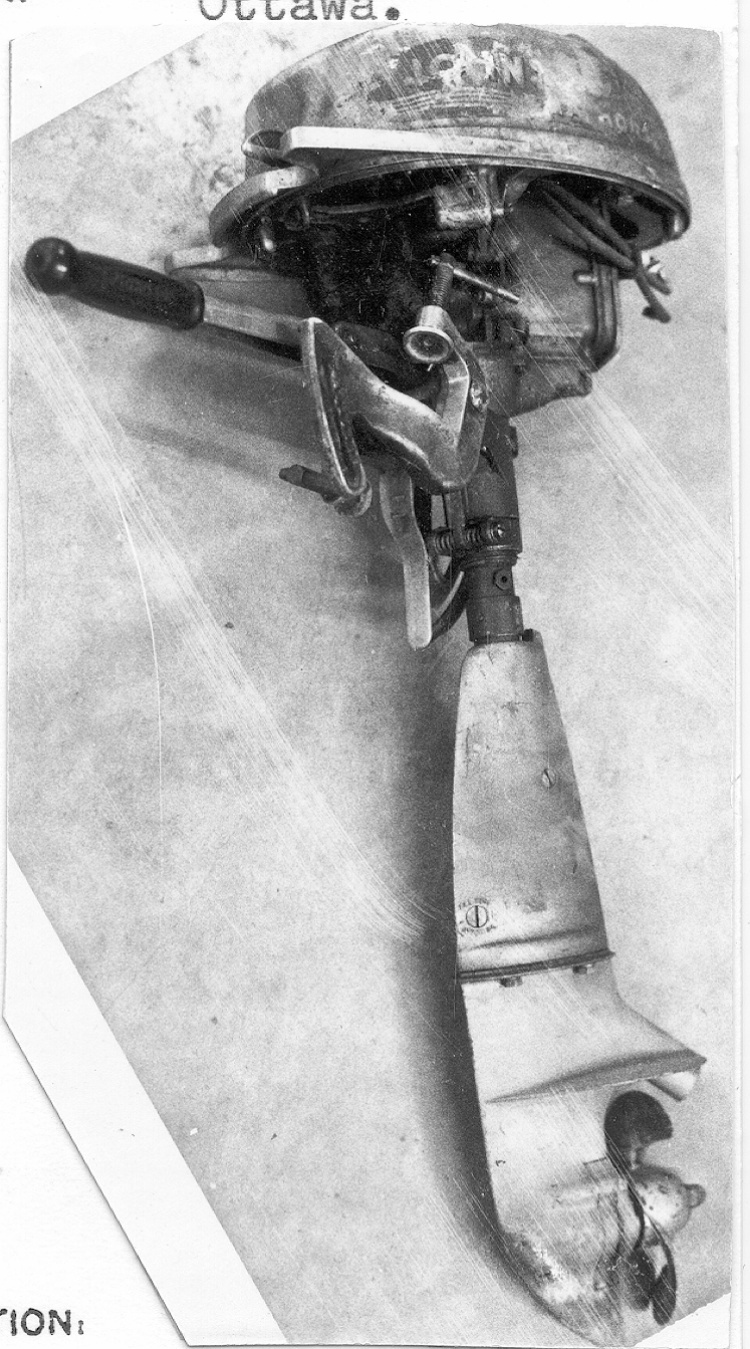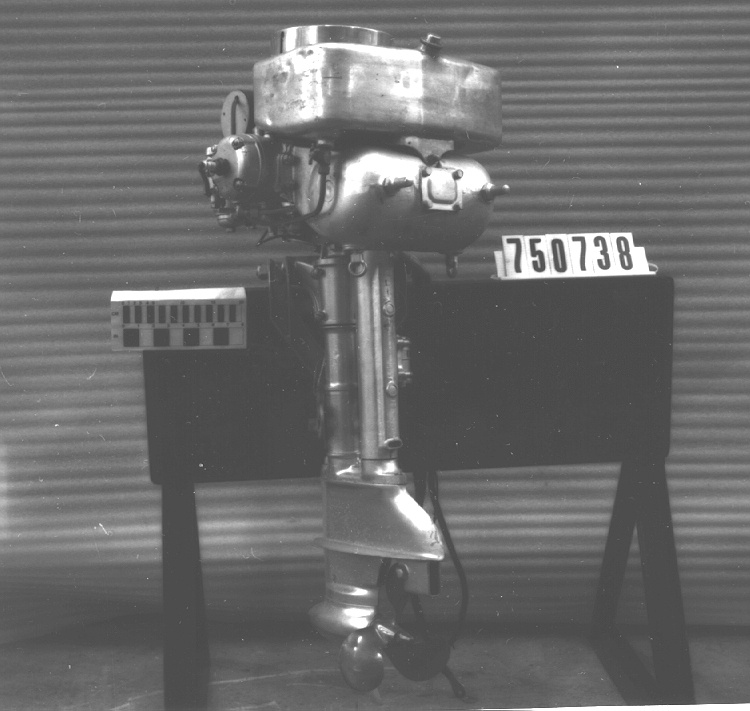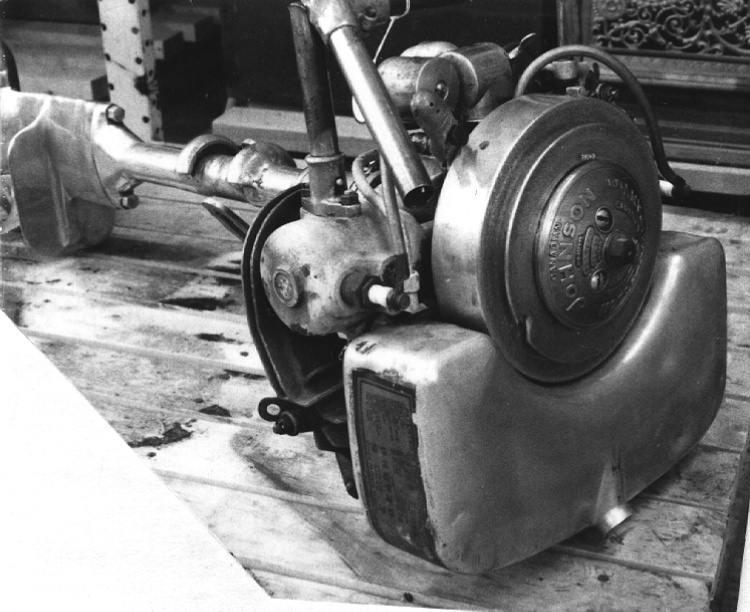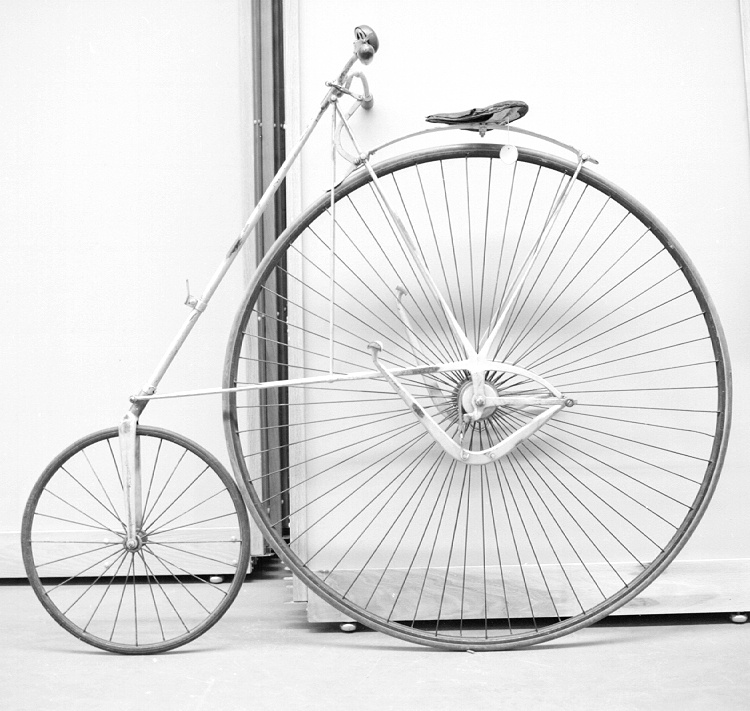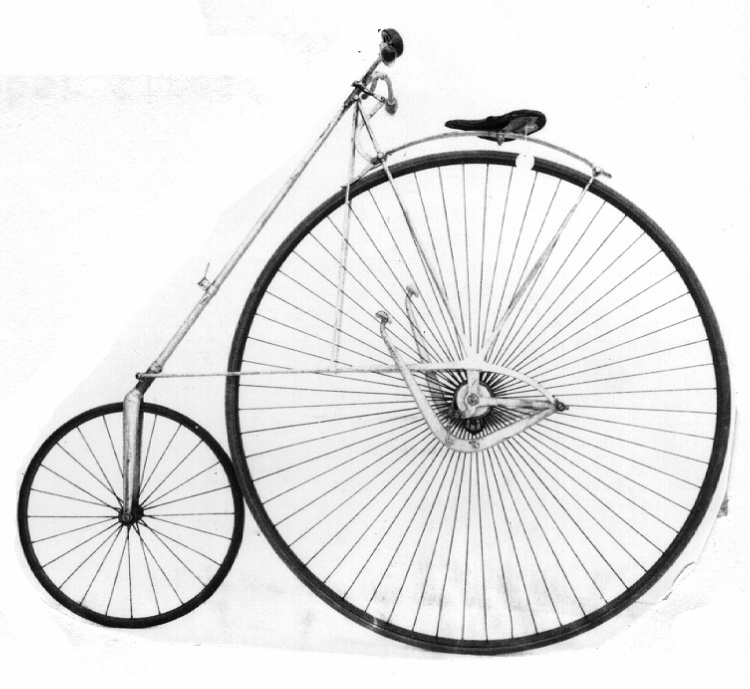Bicycle
Use this image
Can I reuse this image without permission? Yes
Object images on the Ingenium Collection’s portal have the following Creative Commons license:
Copyright Ingenium / CC BY-NC-ND (Attribution-NonCommercial 4.0 International (CC BY-NC 4.0)
ATTRIBUTE THIS IMAGE
Ingenium,
1981.0215.001
Permalink:
Ingenium is releasing this image under the Creative Commons licensing framework, and encourages downloading and reuse for non-commercial purposes. Please acknowledge Ingenium and cite the artifact number.
DOWNLOAD IMAGEPURCHASE THIS IMAGE
This image is free for non-commercial use.
For commercial use, please consult our Reproduction Fees and contact us to purchase the image.
- OBJECT TYPE
- safety, highwheel/lever drive, rear
- DATE
- 1881–1892
- ARTIFACT NUMBER
- 1981.0215.001
- MANUFACTURER
- Smith, H.B. Machine Co.
- MODEL
- Star
- LOCATION
- Smithville, New Jersey, United States of America
More Information
General Information
- Serial #
- N/A
- Part Number
- 1
- Total Parts
- 3
- AKA
- N/A
- Patents
- N/A
- General Description
- METAL FRAME/ METAL WHEELS WITH SOLID RUBBER TIRES/ WOOD HANDGRIPS & HANDLE ON BRAKE LEVER/ LEATHER SADDLE/ LEATHER STRAP (PART OF LEVER DRIVE MECHANISM)
Dimensions
Note: These reflect the general size for storage and are not necessarily representative of the object's true dimensions.
- Length
- 178.0 cm
- Width
- 62.0 cm
- Height
- 142.0 cm
- Thickness
- N/A
- Weight
- N/A
- Diameter
- N/A
- Volume
- N/A
Lexicon
- Group
- Non-motorized Ground Transportation
- Category
- Cycles & cycling
- Sub-Category
- N/A
Manufacturer
- AKA
- Smith
- Country
- United States of America
- State/Province
- New Jersey
- City
- Smithville
Context
- Country
- Unknown
- State/Province
- Unknown
- Period
- Unknown
- Canada
-
The lever safety features such as the one on this artifact had a market for consumers in Canada, who preferred the improvements to safer rides rather than the speeds achieved by the Ordinaries. As such, they became a distinct part of the culture of cycling in Canada. Cycling was done in clubs and in a largely urban environment. Canadian men used these machines in social events. The Montreal Bicycle Club was one of the Anglo Elite’s preserves within Montreal’s population, half of which was francophone. At the same time, very few women enjoyed membership within the confines of these clubs. The gender misrepresentation would ultimately change with the arrival of the safety bicycle by 1890. Les leviers de sécurités comme celle trouvée sur cet artefact était populaire et en demande par les consommateurs canadiens. Ils préféraient les améliorations qui diminuaient la vitesse typiquement vue avec les bicycles Ordinaires et donc les Canadiens ont décidé d'adopter une approche qui misait sur la sécurité avant tout. La culture du cyclisme au Canada a pris place dans les environnements urbaines. Le Club de Bicycle de Montréal était composé des Élites anglophones pour débuter. Plus de moitié de la population sur l'ile était francophone et peu de femmes avaient le luxe d'être accueilli comme membres à ces clubs jusqu'à 1890 quand le bicycle de sécurité était installé sur le marché. - Function
-
This real-wheel safety bicycle is a variant on the Ordinary bicycle that functions as a means of transportation for a rider. Une variante du bicycle Ordinaire qui fonctionne comme un moyen de transport pour un coureur avec l’utilisation d’une propulsion arrière pour augmenter la sécurité du véhicule. - Technical
-
The bicyclist pushed up and down to operate the pedals instead of in a circular arc. While the bicyclist was the same height, they were supposedly less likely to tip forwards, a problem seen with most Ordinaries of the period. Bicycles also became safer with the feature of lowering the rider’s position, and thus the need for lever pedals emerged. This bicycle is also reversed, it is essentially a big-wheel bicycle with the front instead being the smaller stabilizing wheel. This achieved a better distribution of weight and reduced chances of tip-overs. Le coureur utilise les pédales pour avancer. Le rythme des pieds du coureur voyage verticalement en haut et en bas au lieu des utiliser en arc circulaire. La sécurité du coureur est aussi augmentée, car les positions des deux-roues sont inversées. Le coureur est assis sur la grande roue et une petite roue dirige l'avant du bicycle de manière plus stable. Les bicycles Ordinaires avaient le problème de basculer vers l'avant donc le changement de position a stabilisé le coureur et a aussi nécessité l'invention des pédales à levier. La distribution du poids est ainsi maintenant amélioré et le bicycle est nettement plus stable. - Area Notes
-
Unknown
Details
- Markings
- N/A
- Missing
- PEDAL RUBBER PADS
- Finish
- FRAMEPAINTED A SILVER-GREY/ AXLES, SPOKES & RIMS PAINTED RED/ HANDGRIPS & BRAKE LEVER HANDLE STAINED DARK BROWN
- Decoration
- N/A
CITE THIS OBJECT
If you choose to share our information about this collection object, please cite:
Smith, H.B. Machine Co., Bicycle, between 1881–1892, Artifact no. 1981.0215, Ingenium – Canada’s Museums of Science and Innovation, http://collection.ingeniumcanada.org/en/item/1981.0215.001/
FEEDBACK
Submit a question or comment about this artifact.
More Like This
